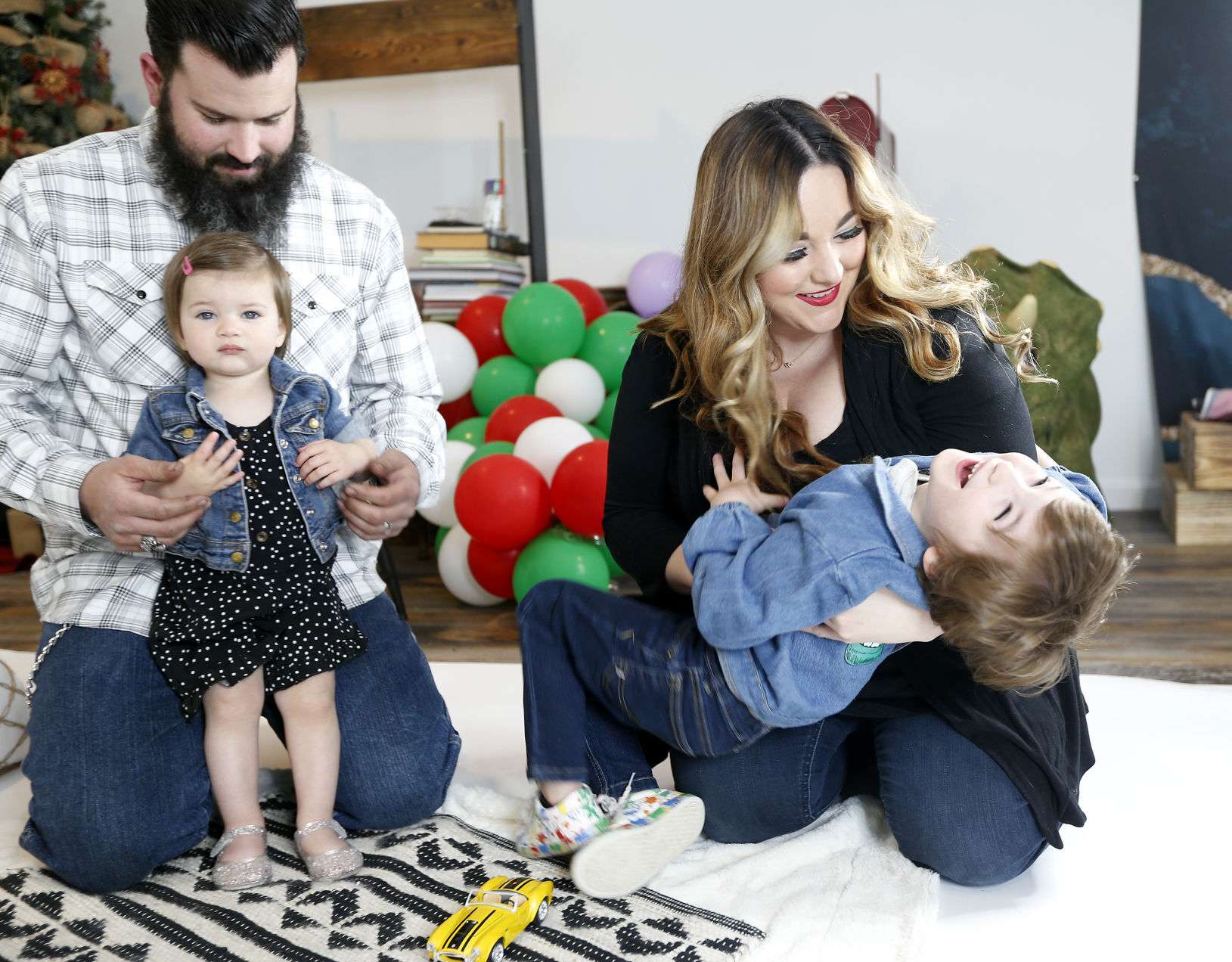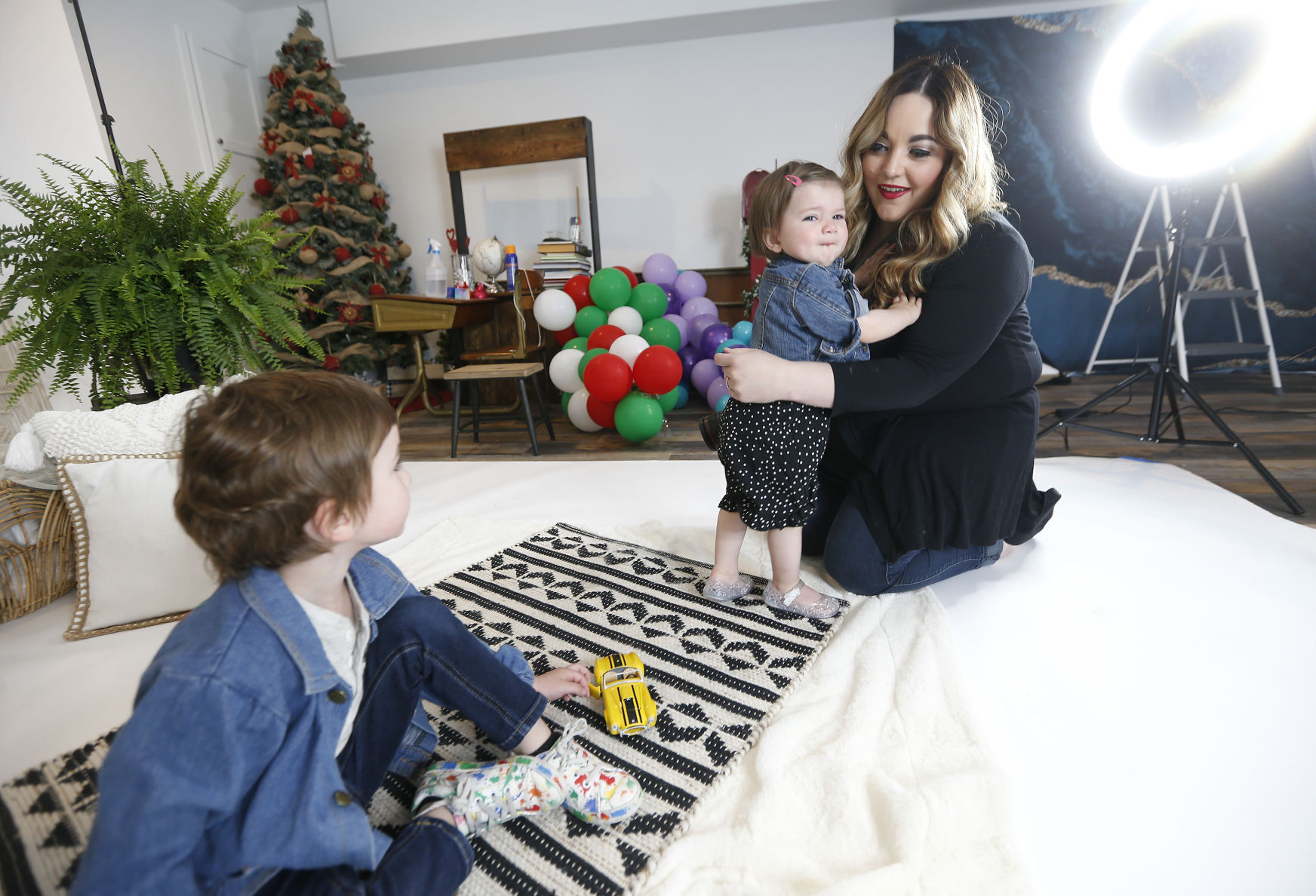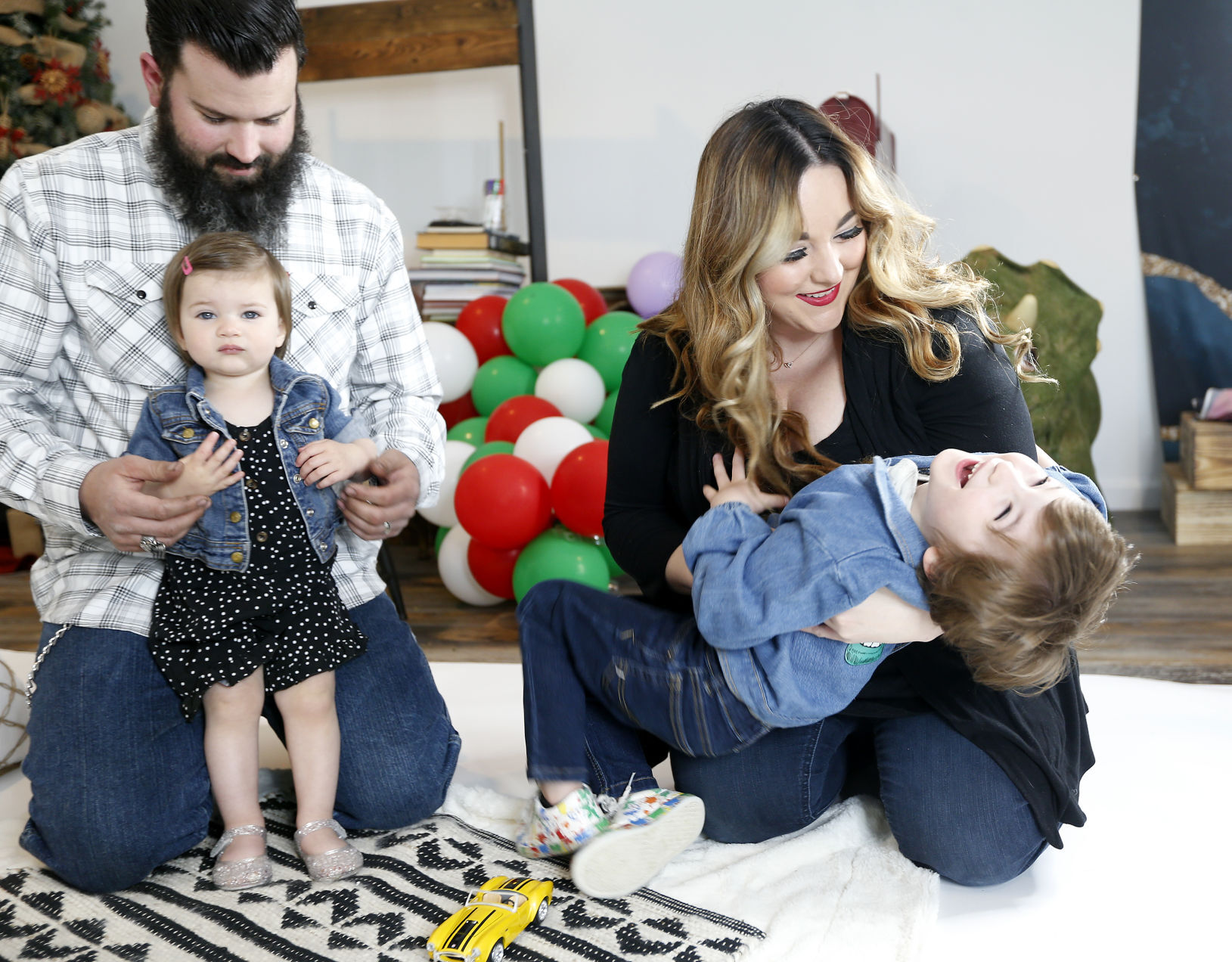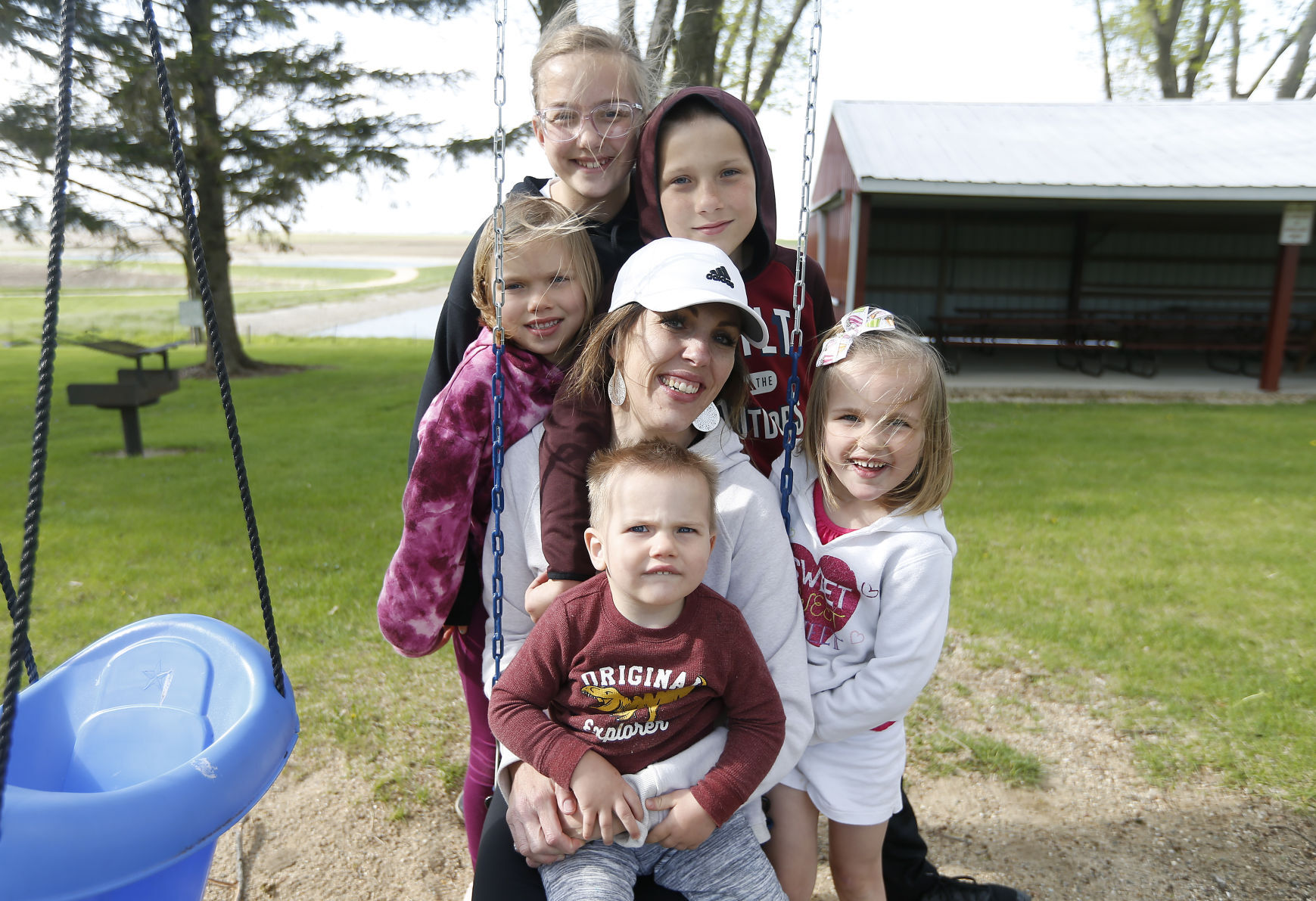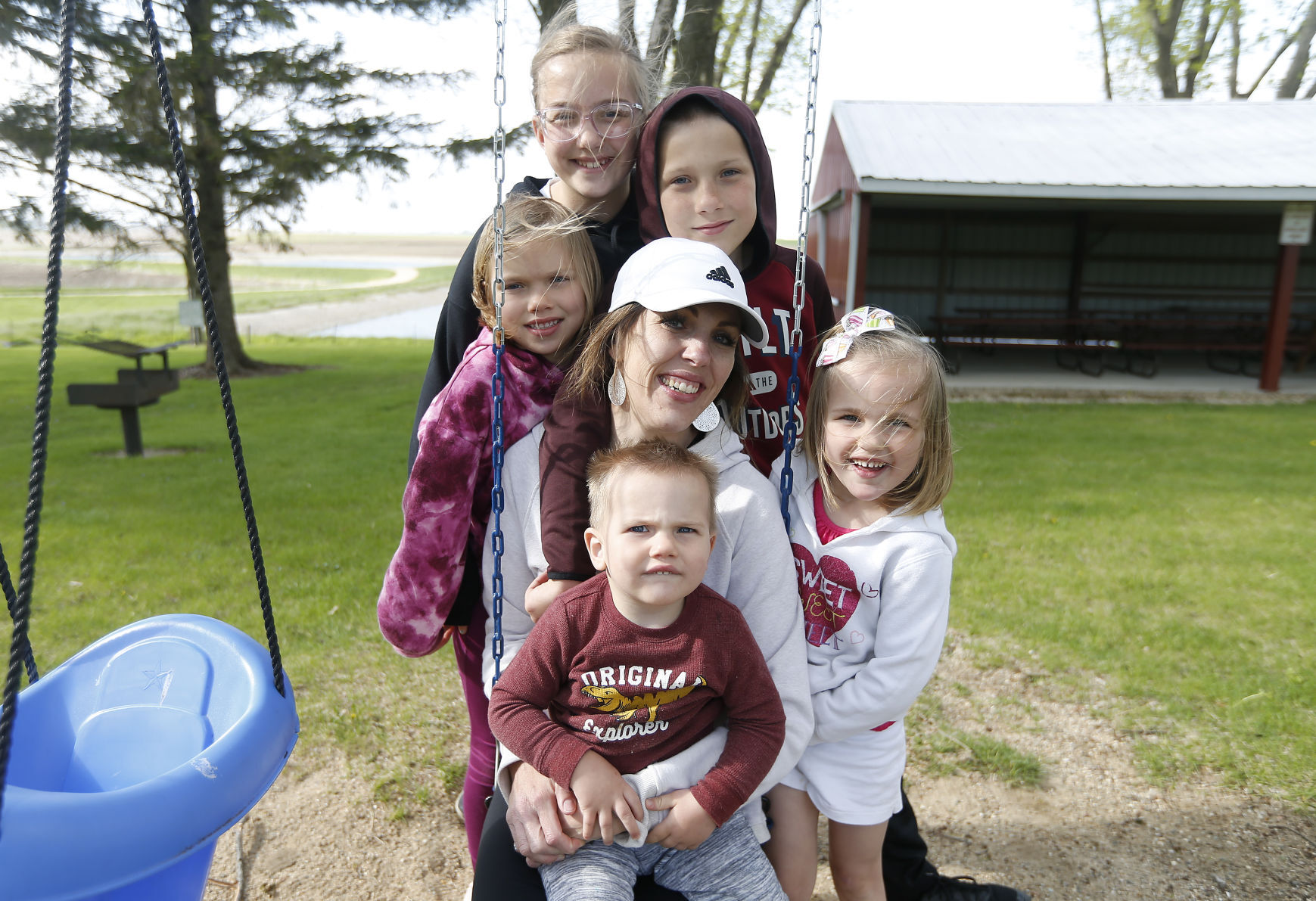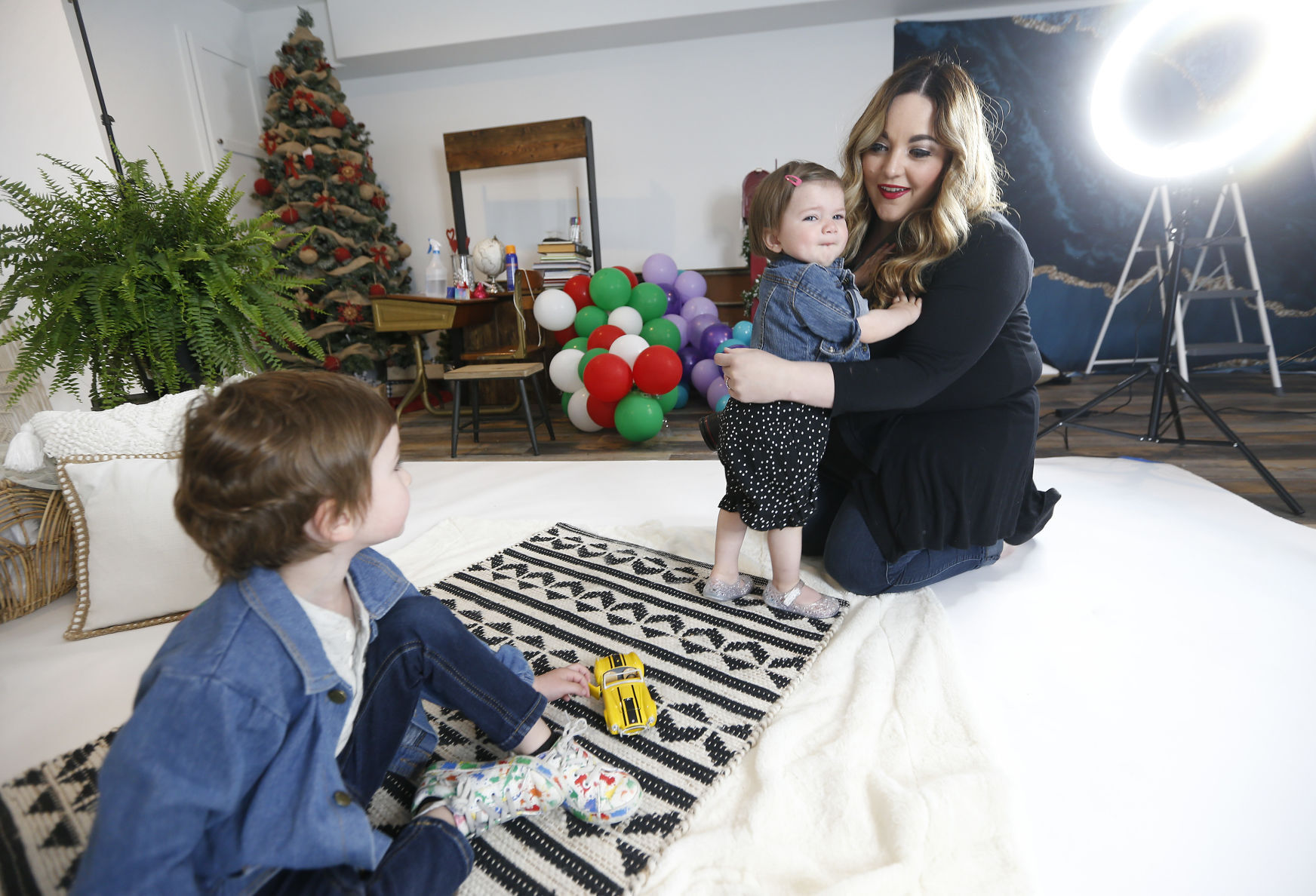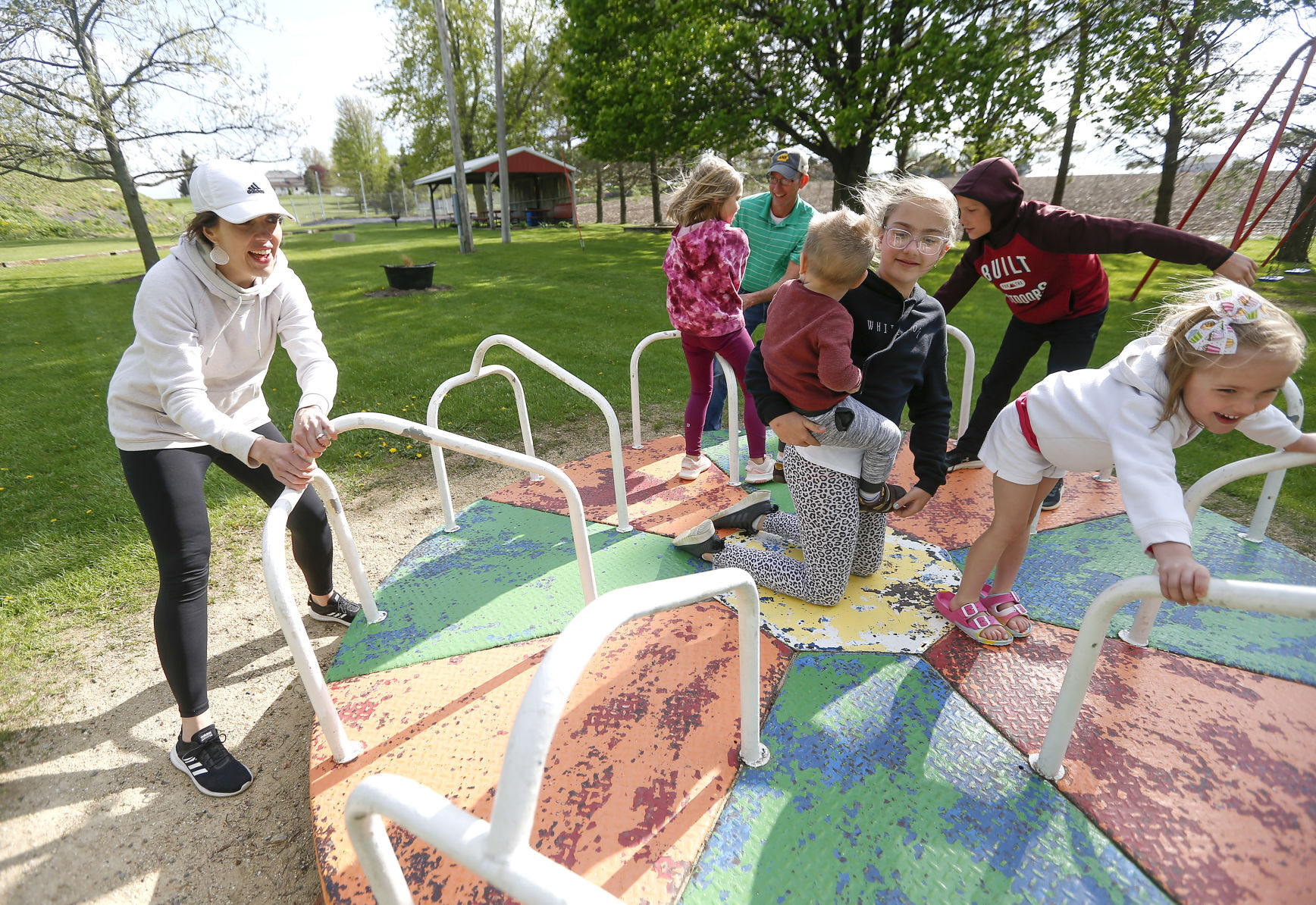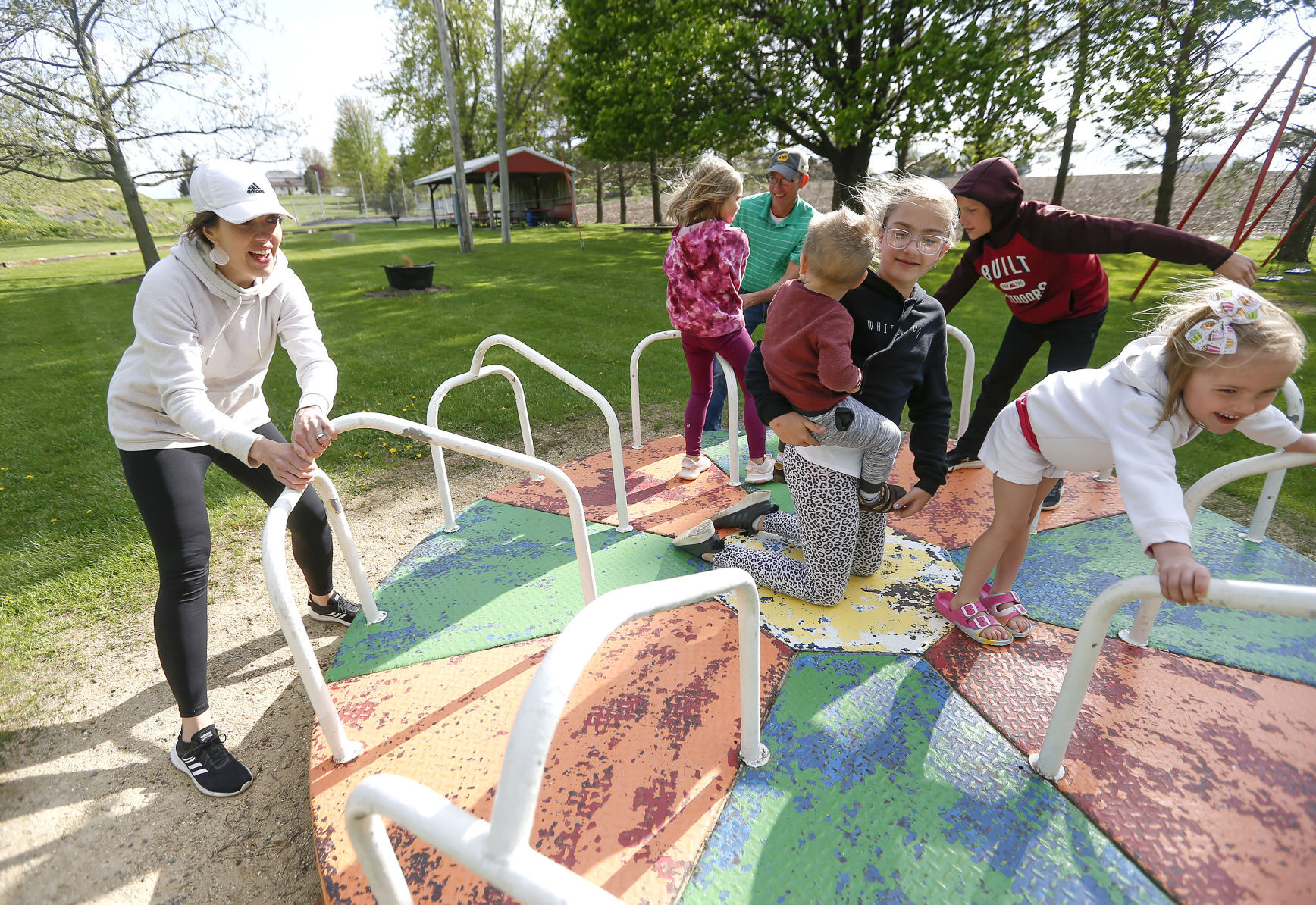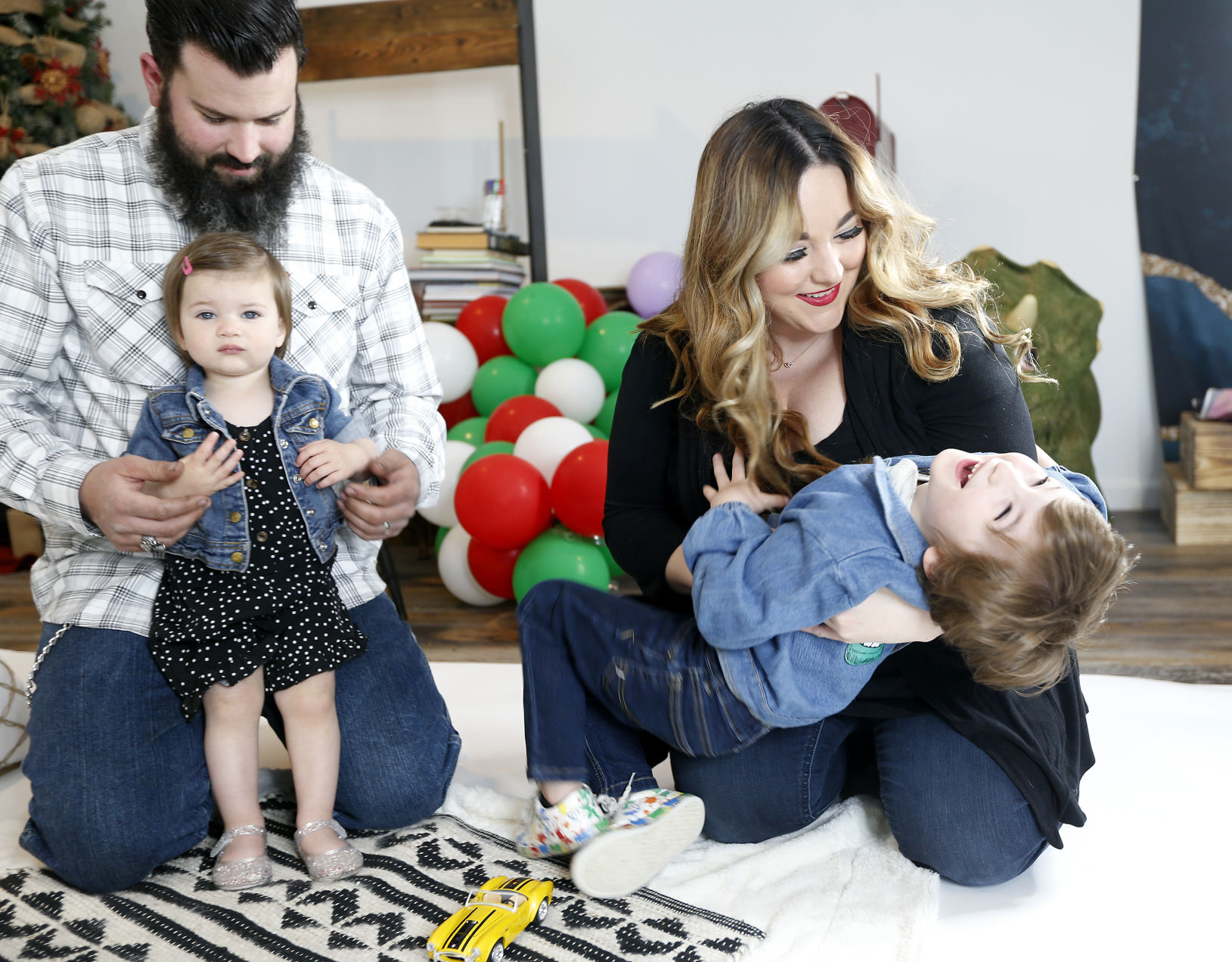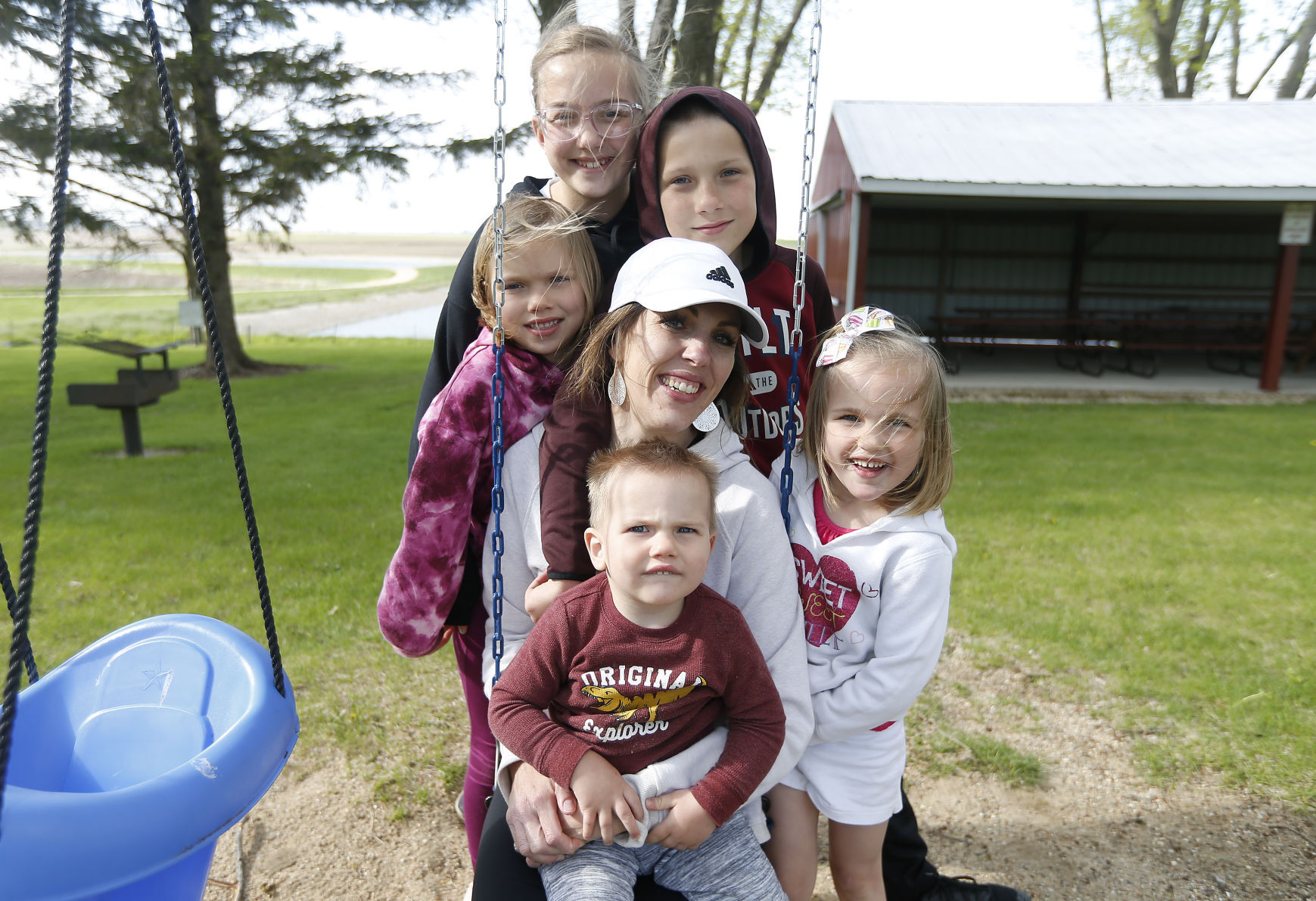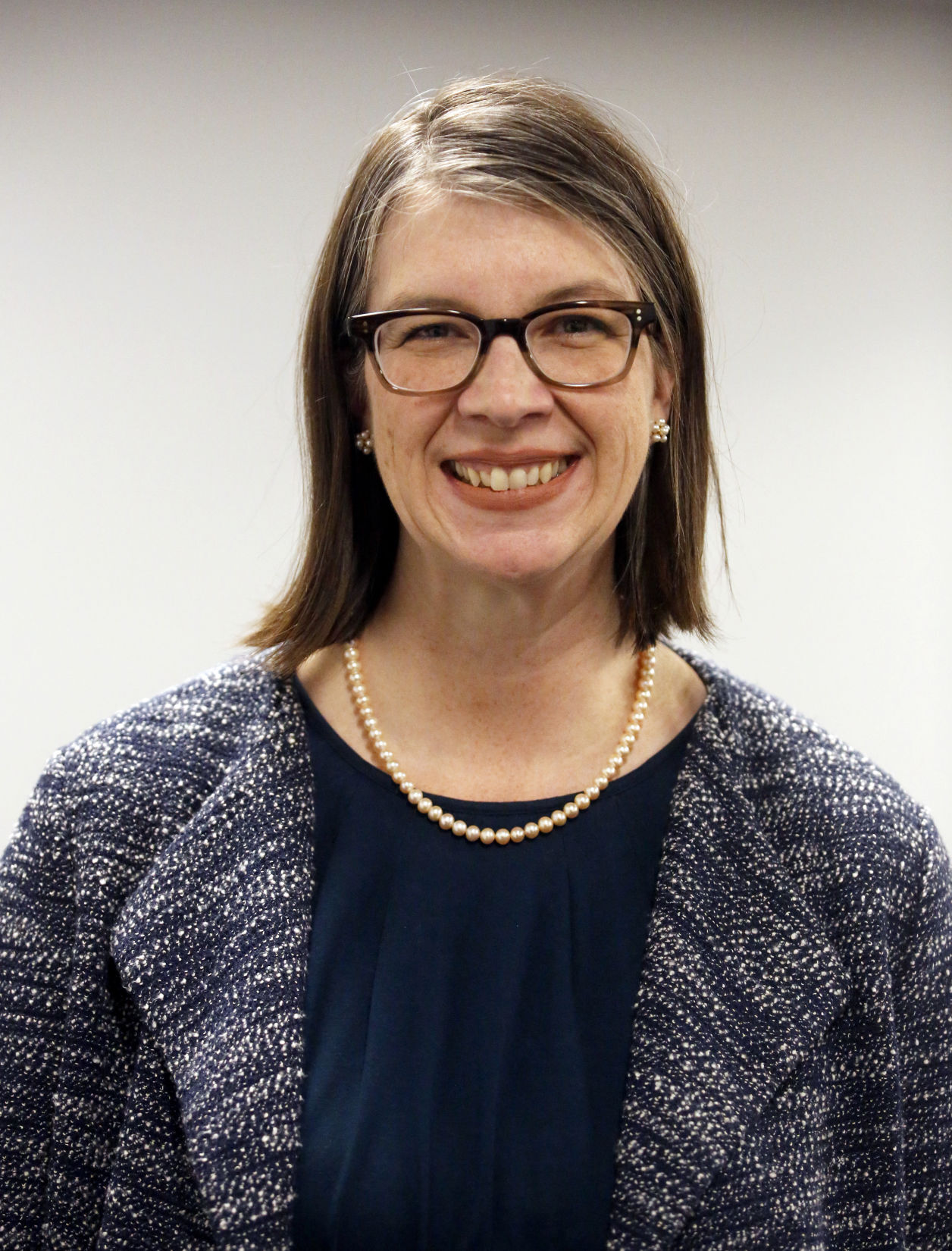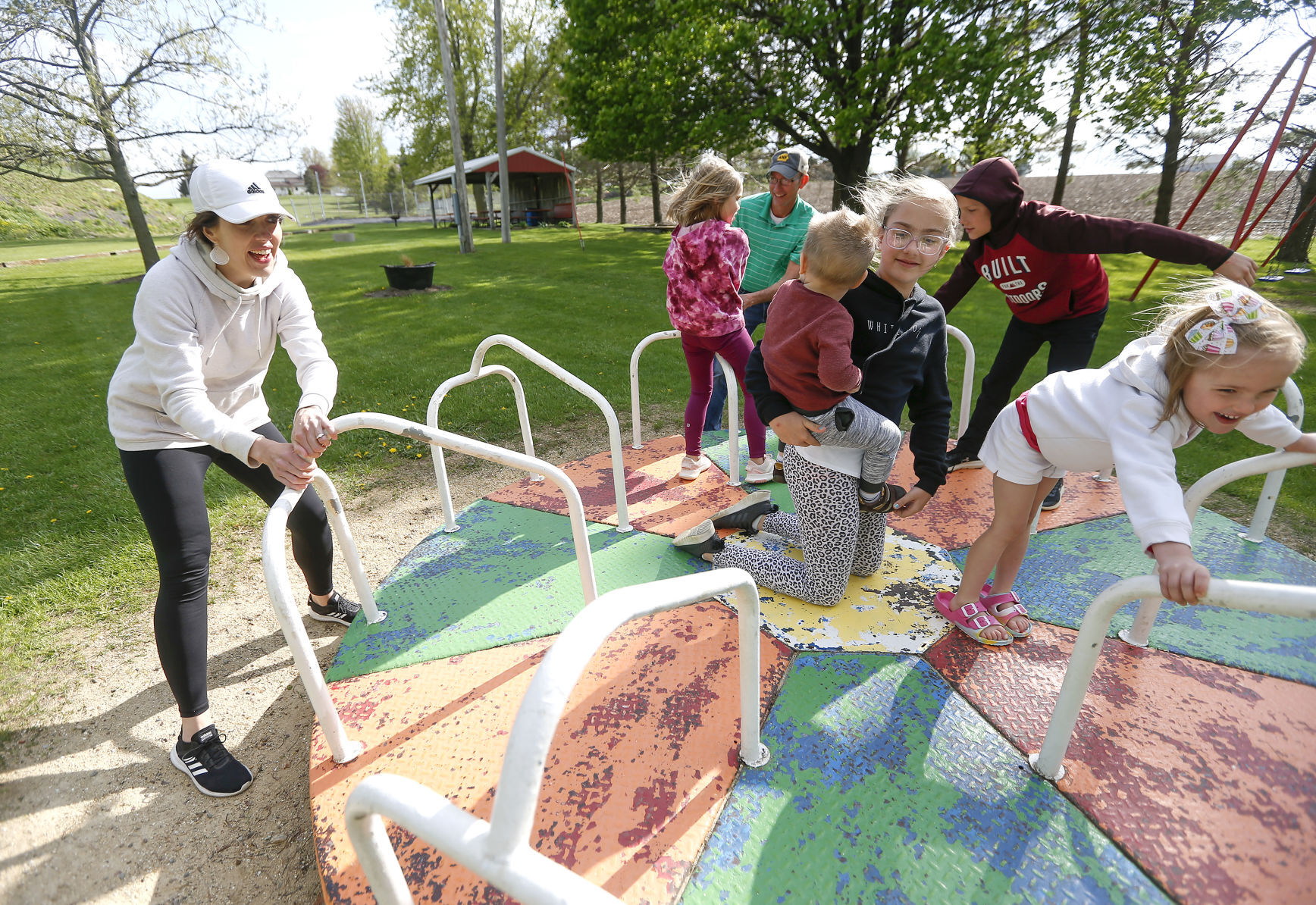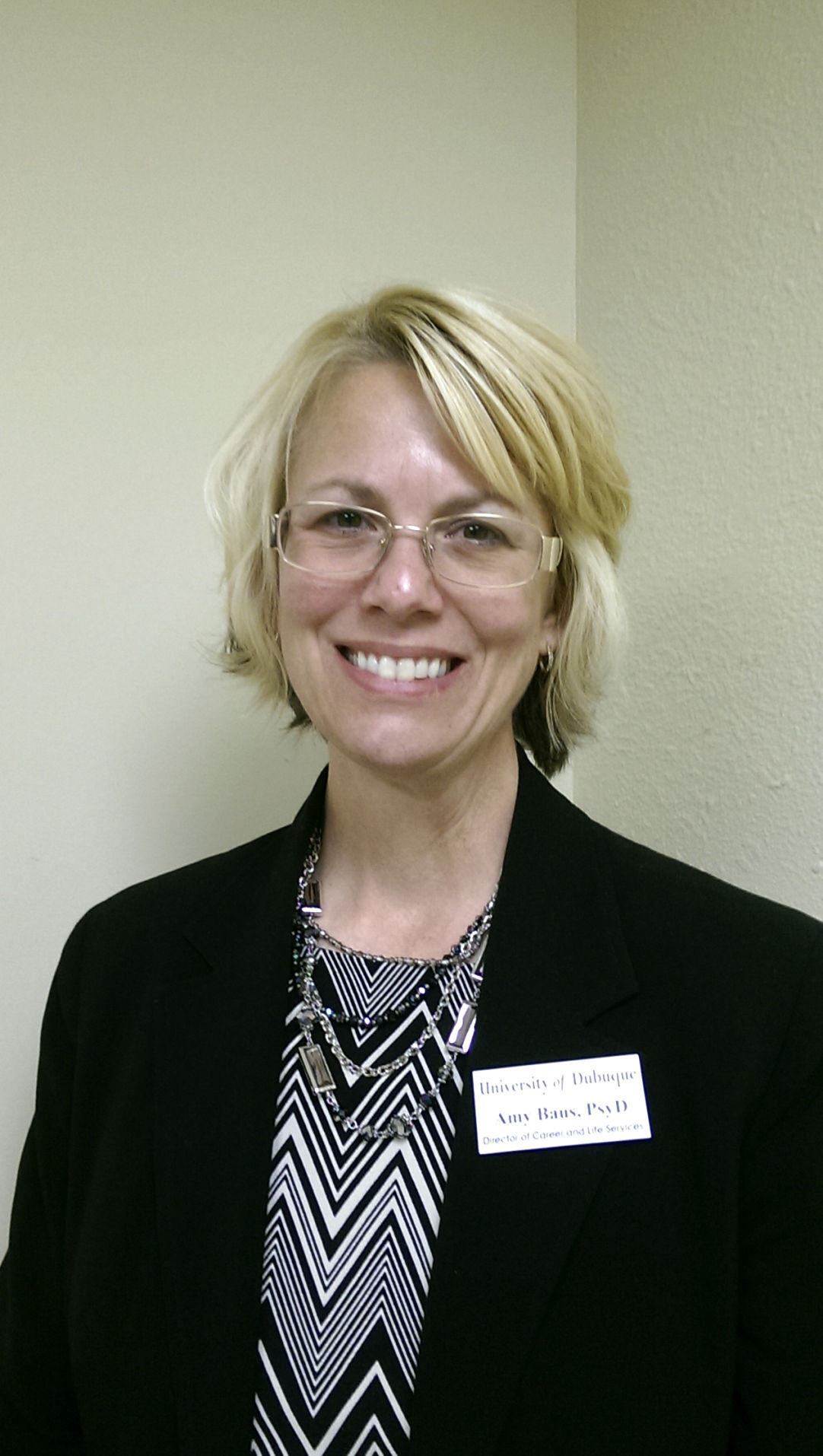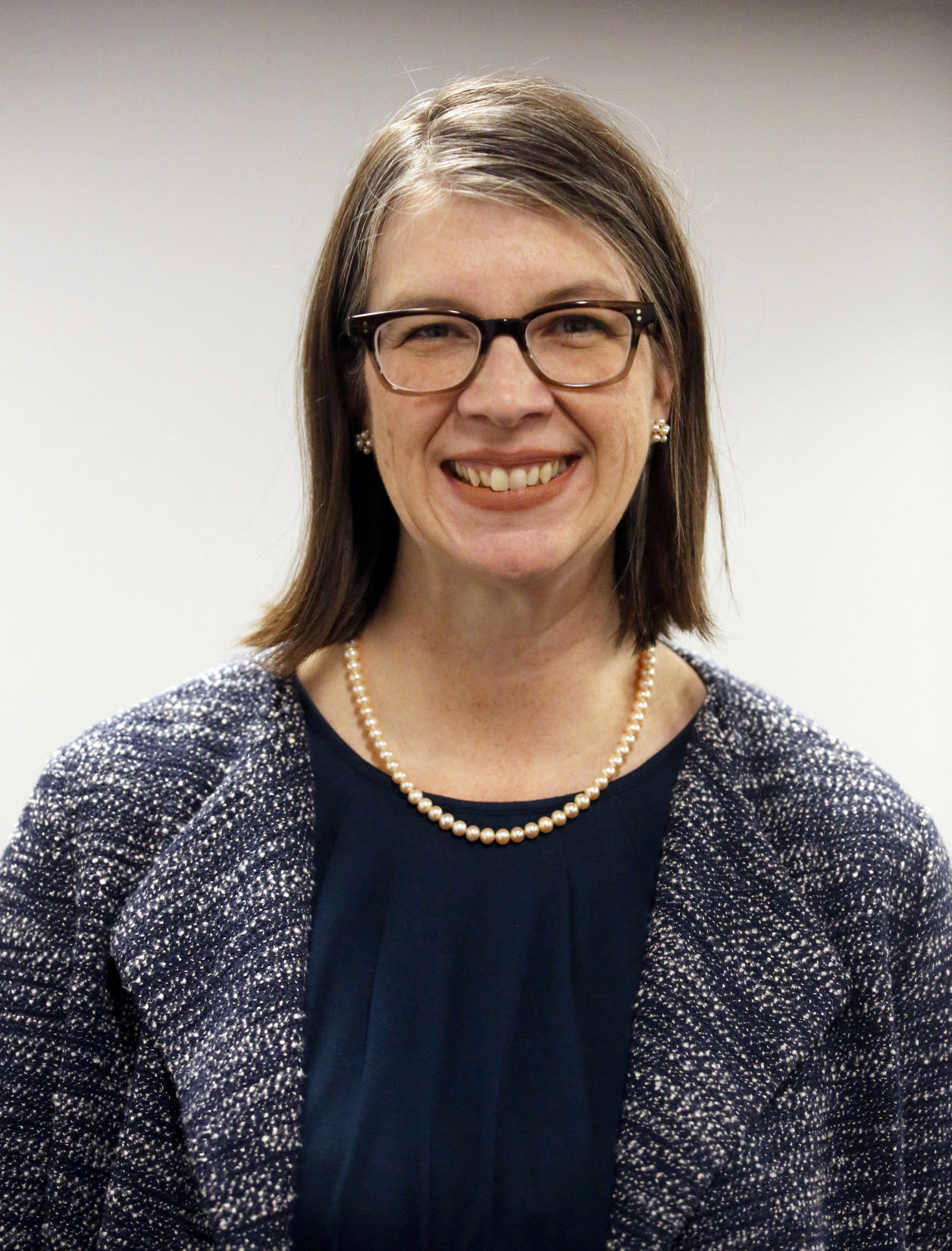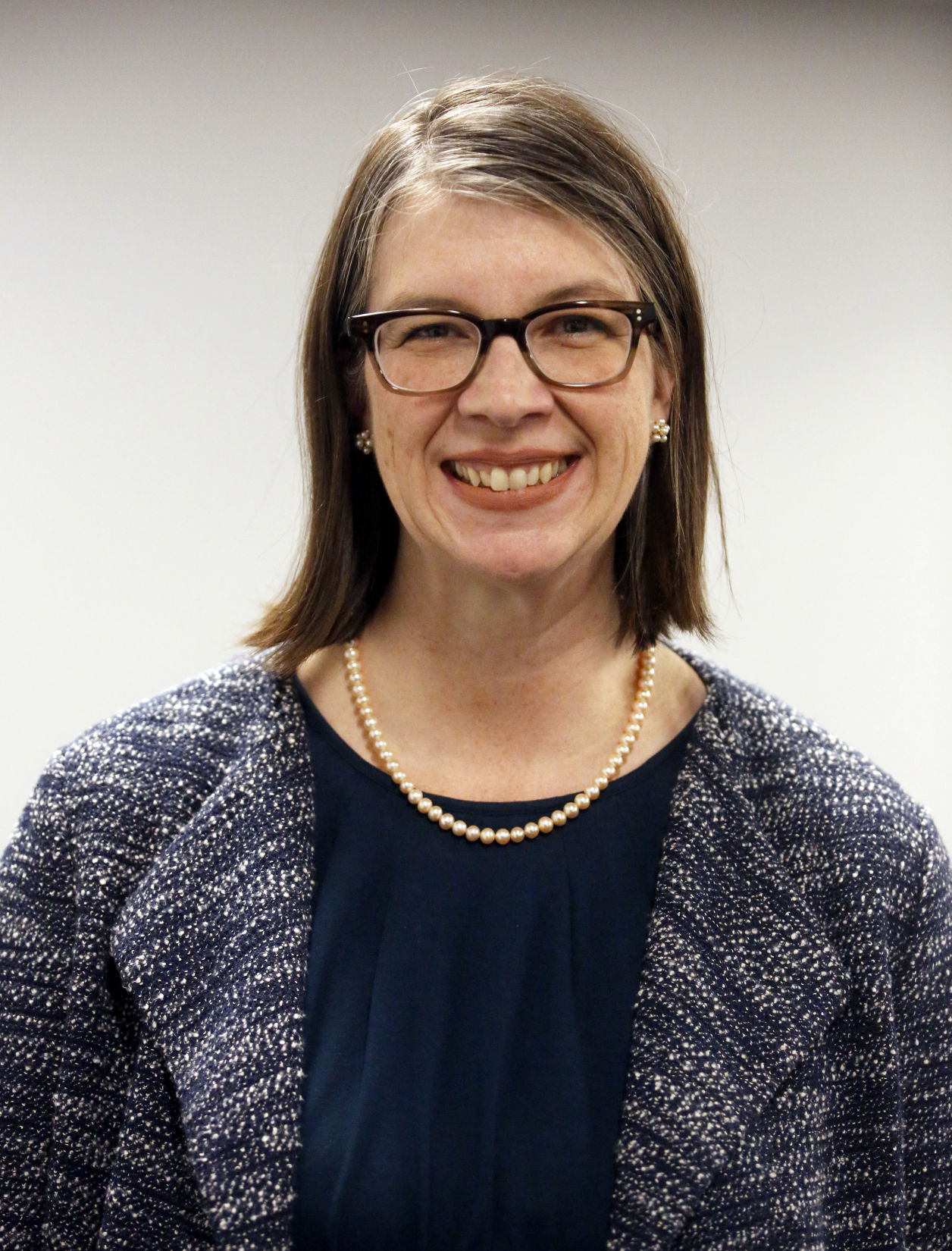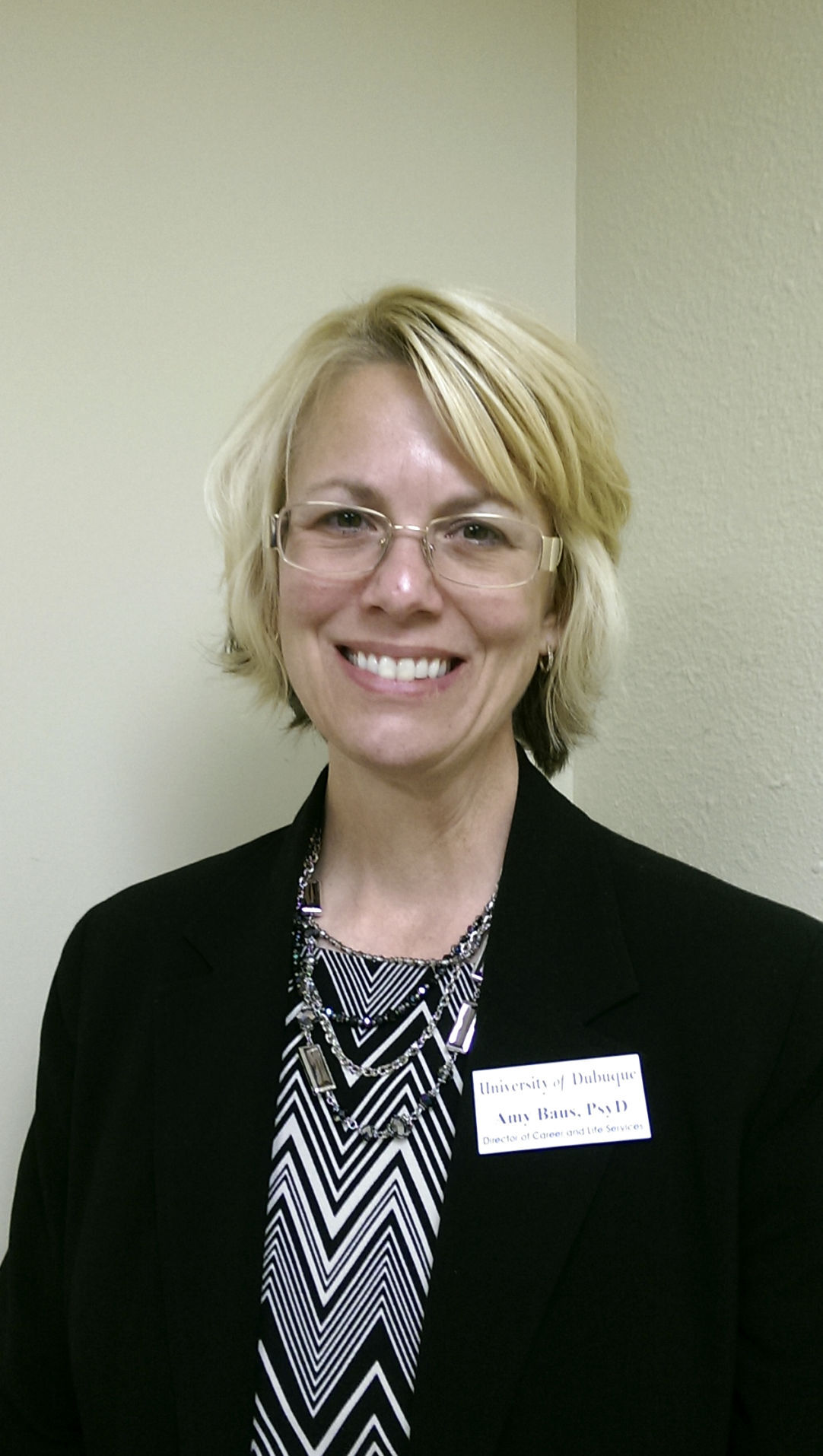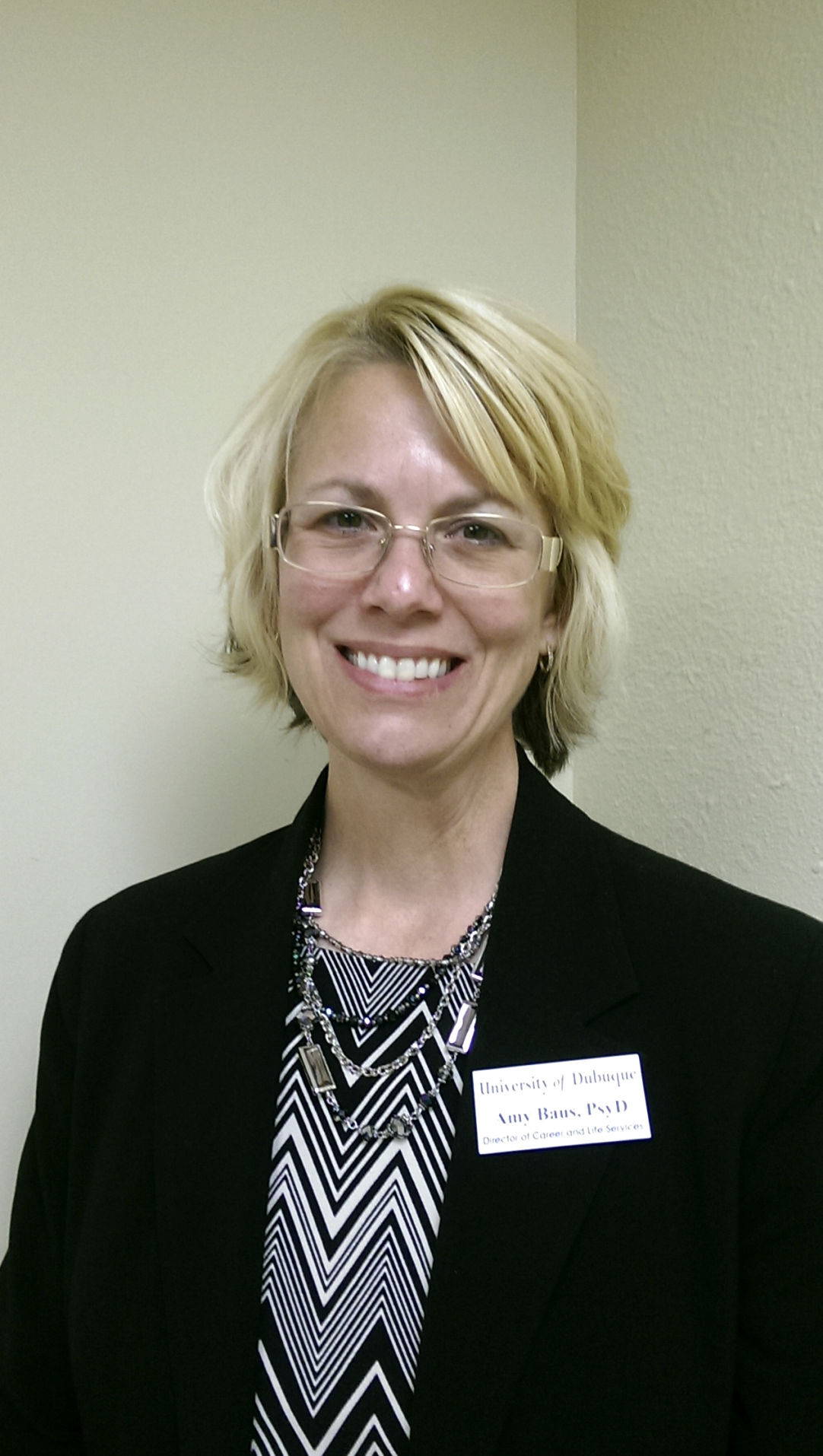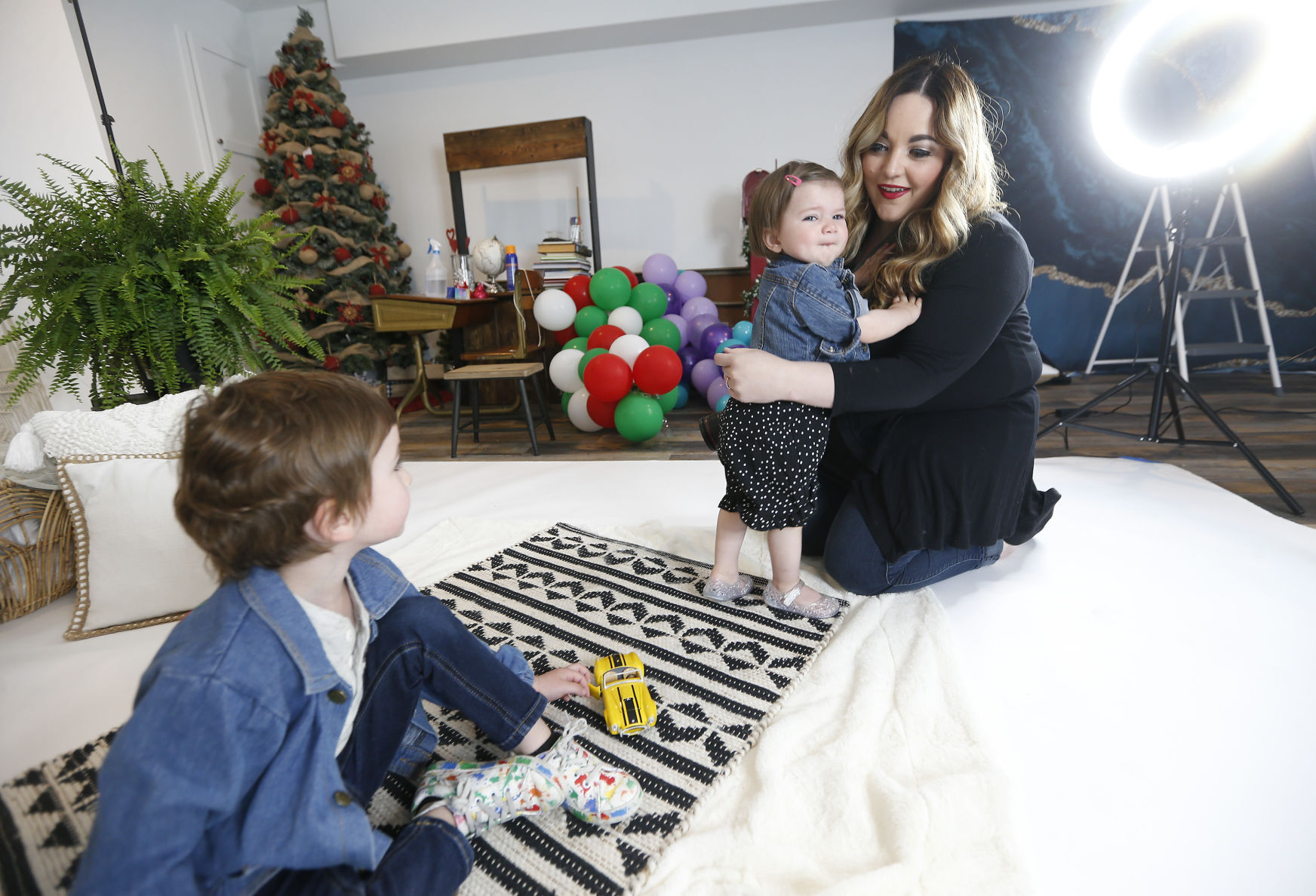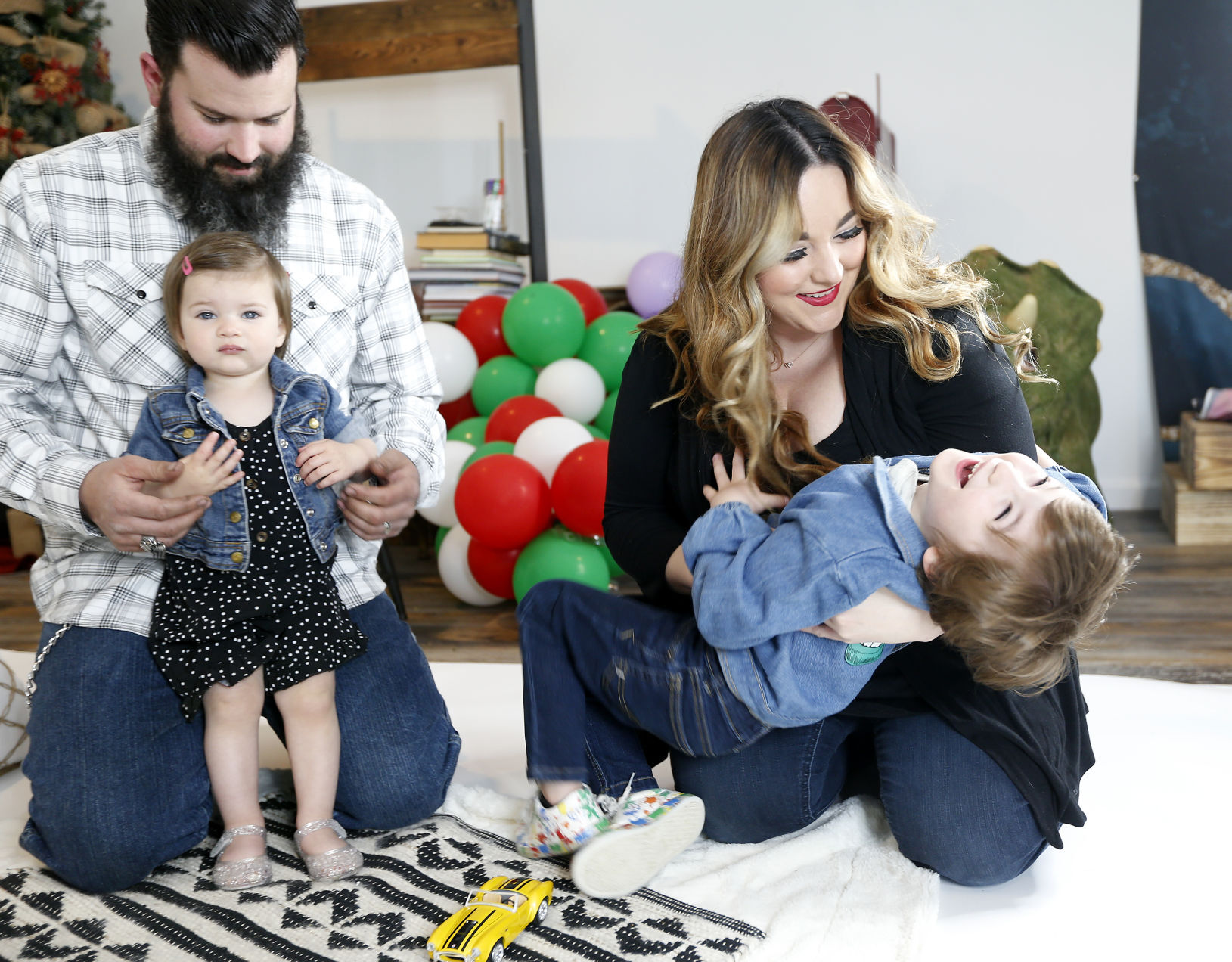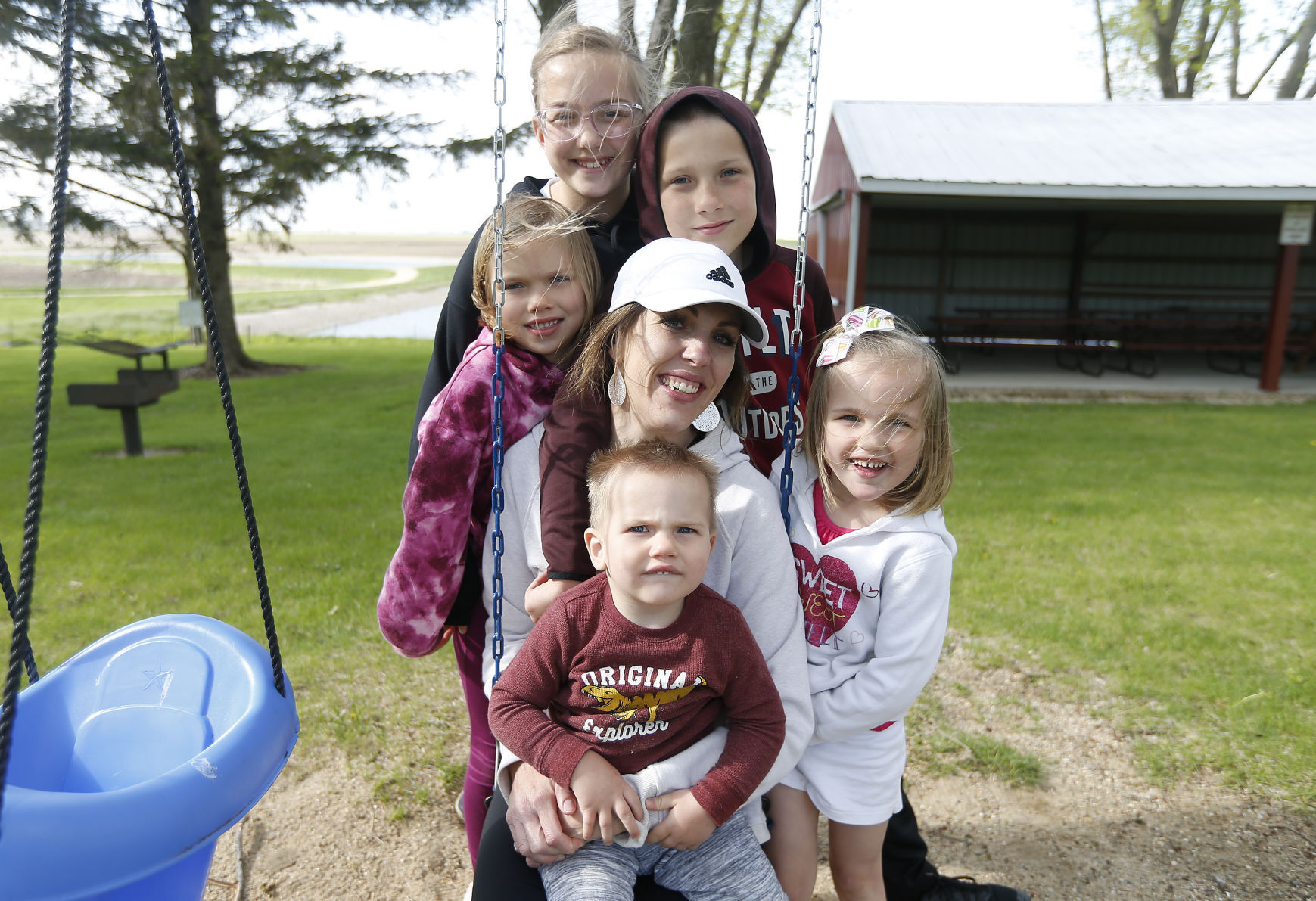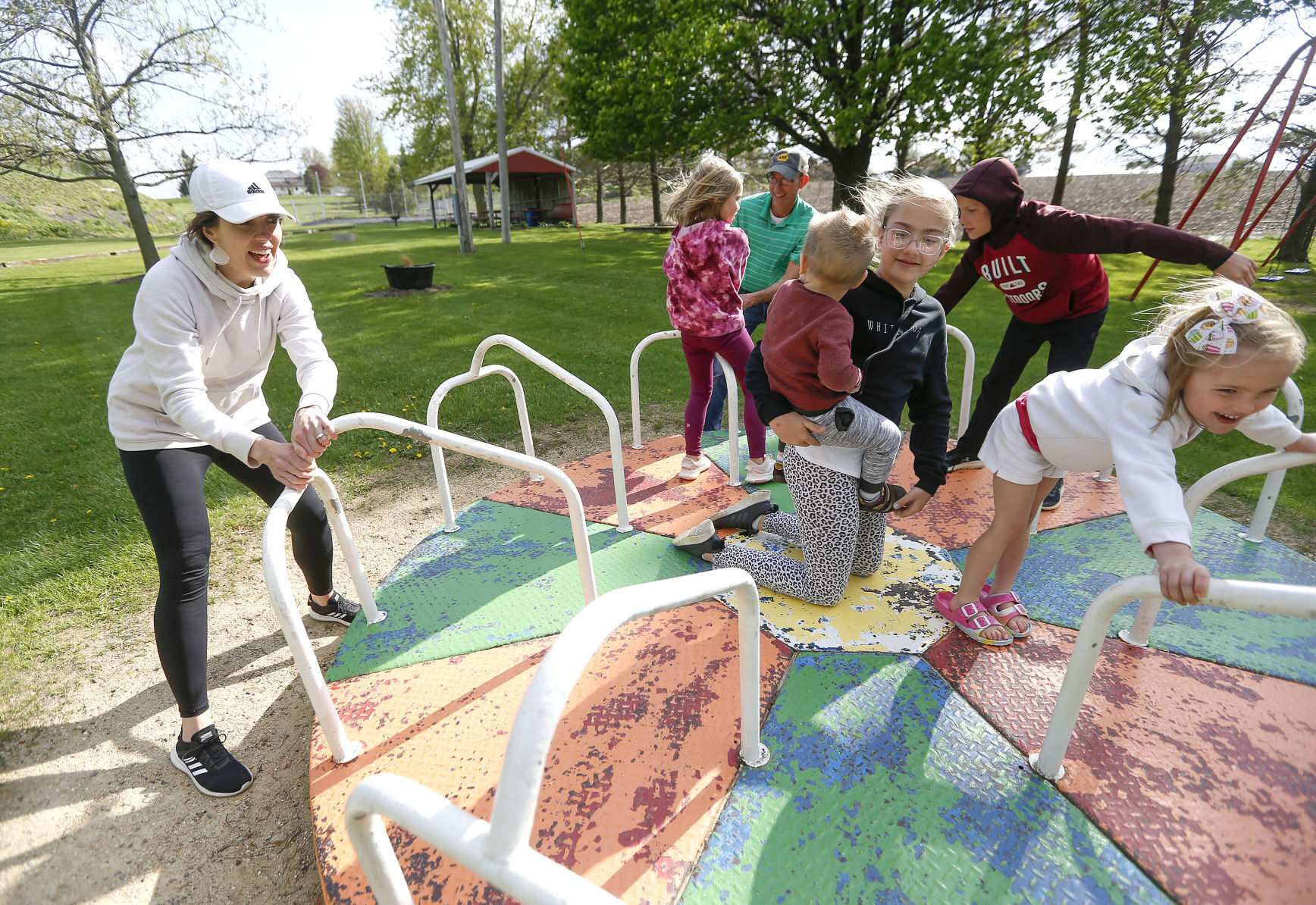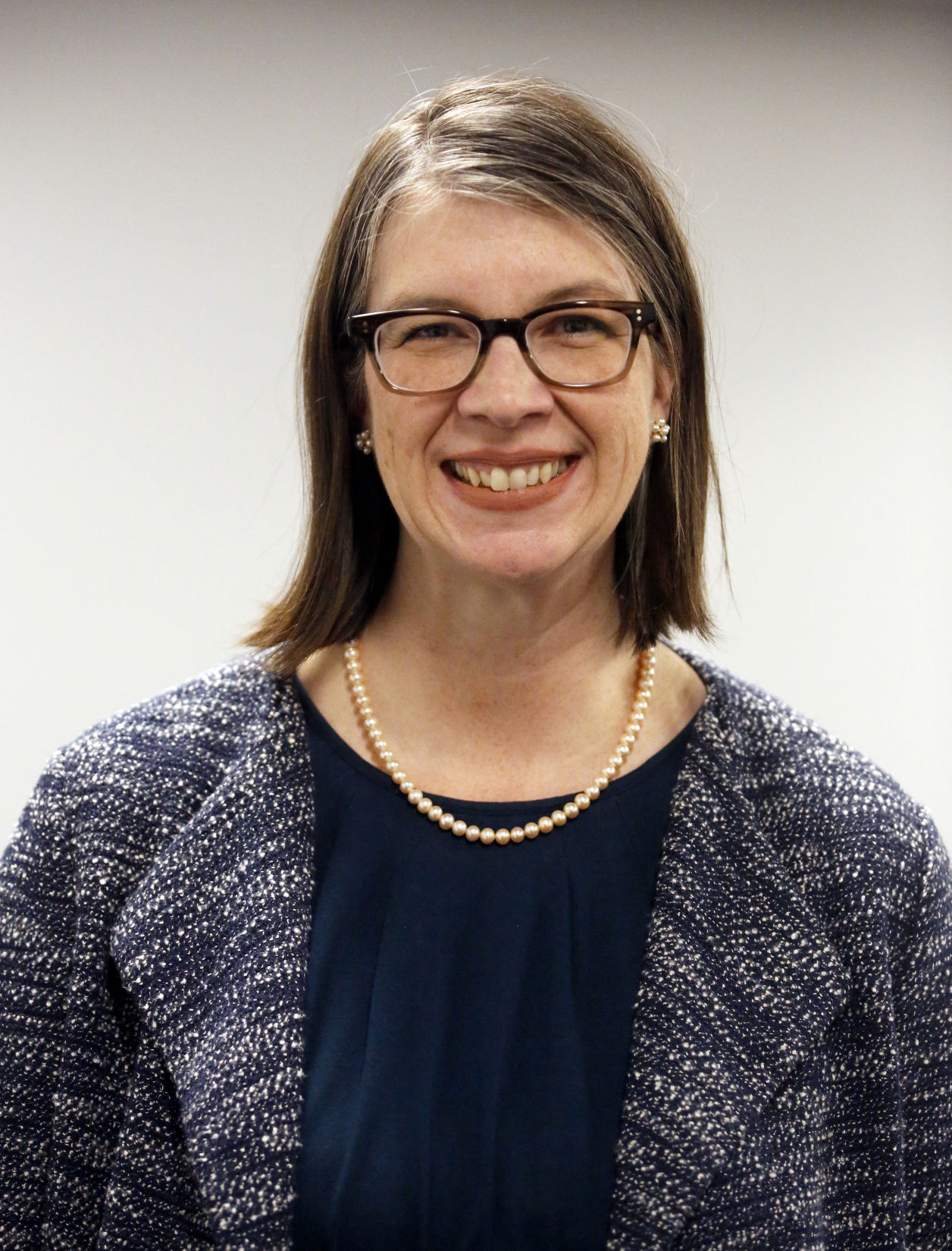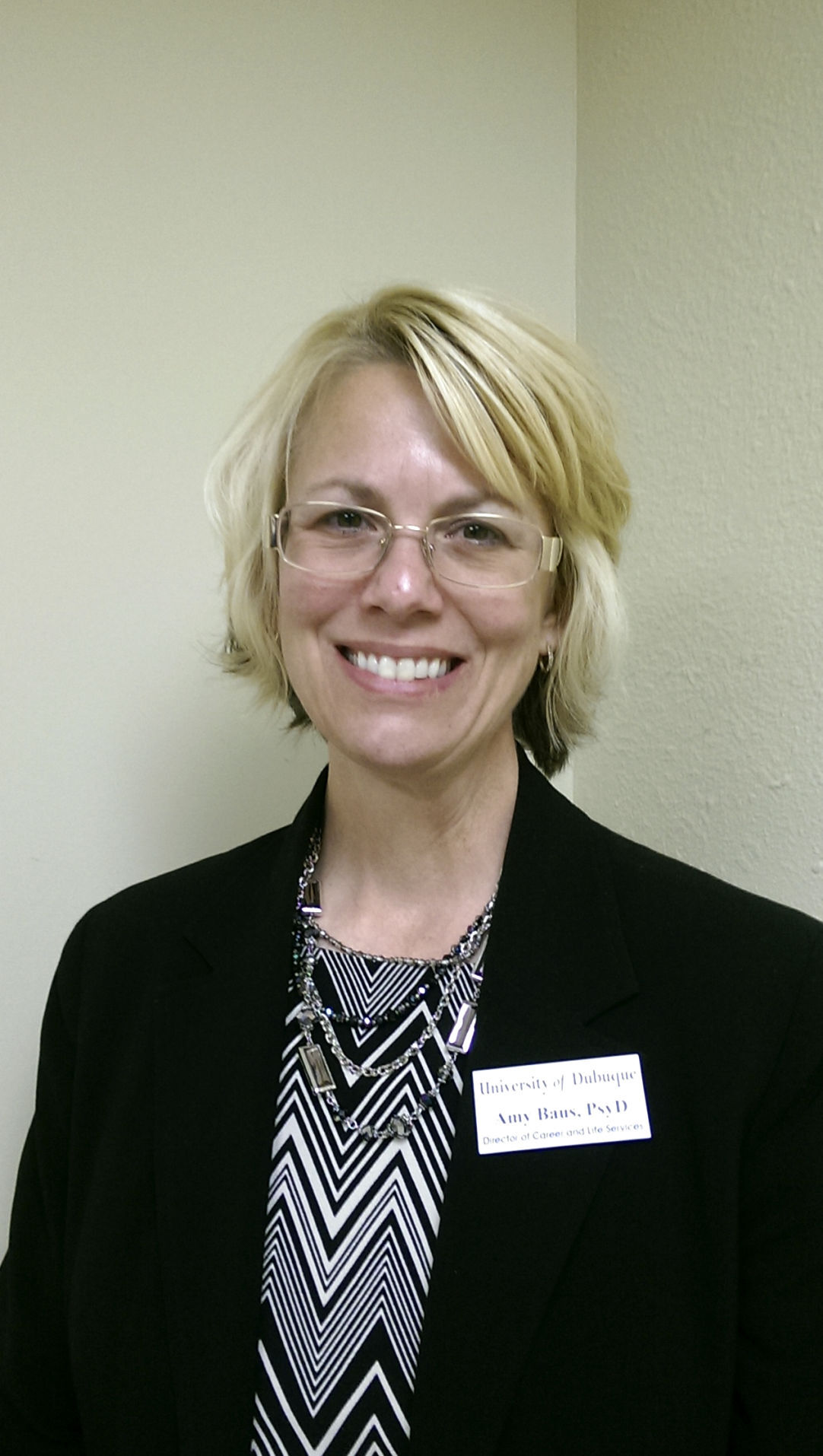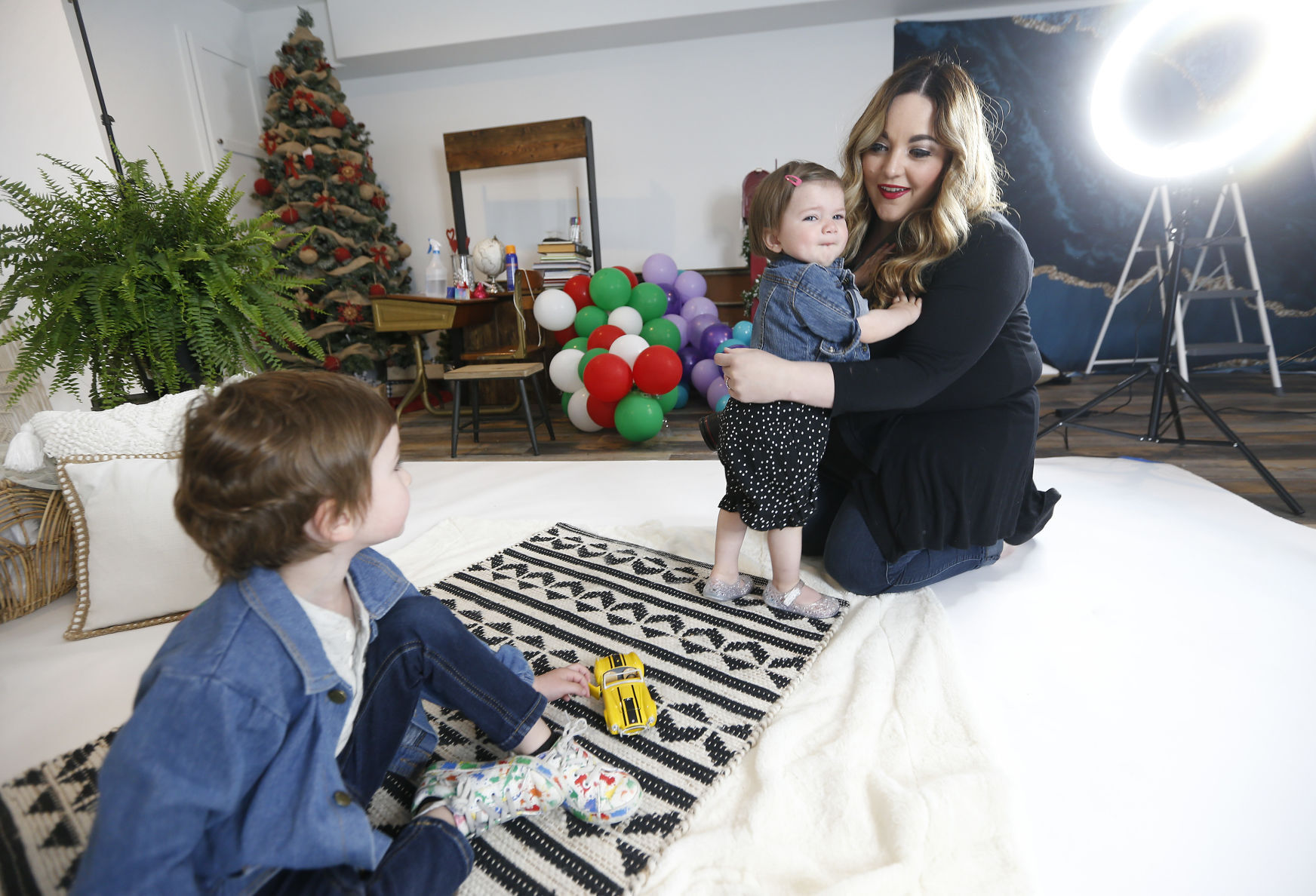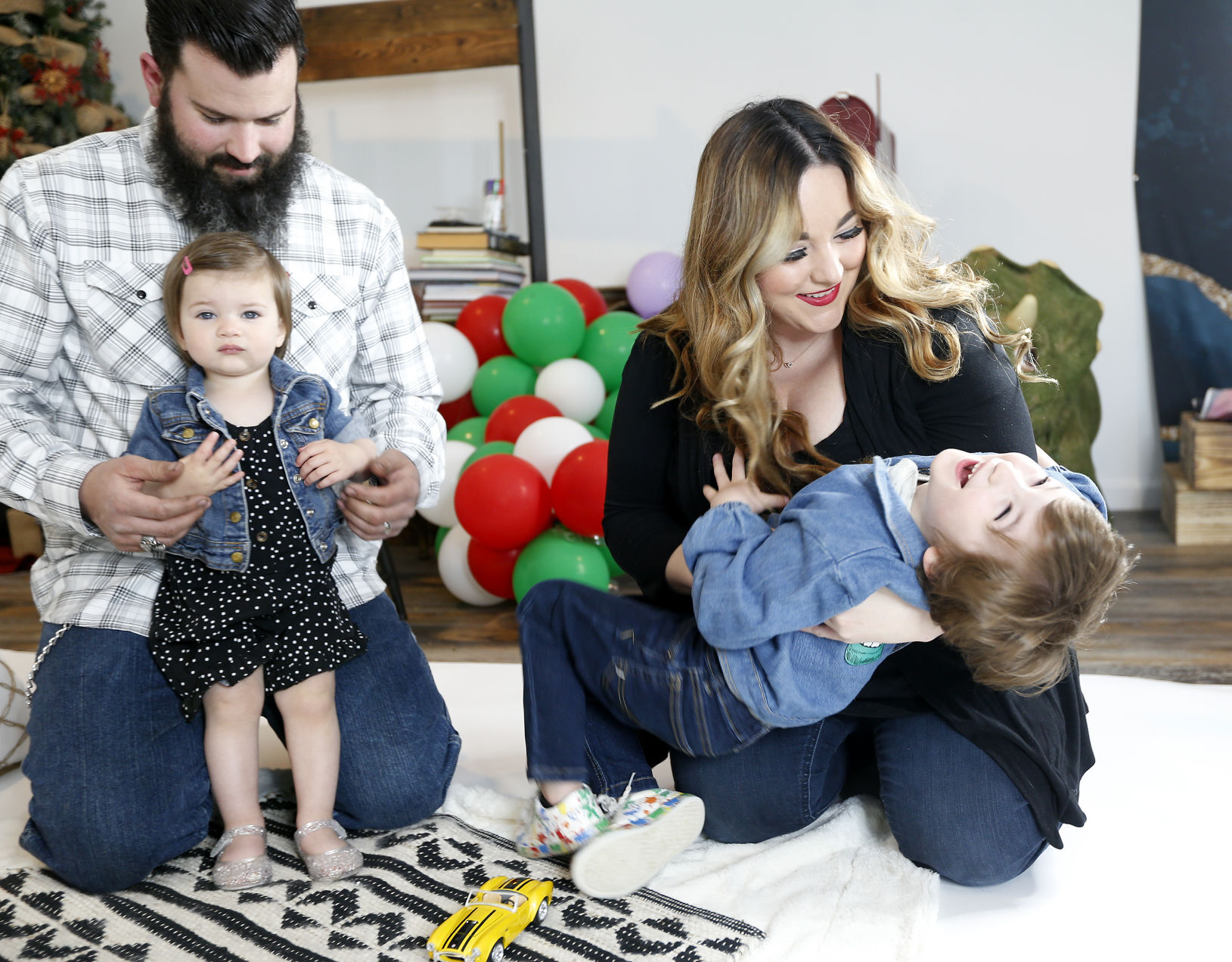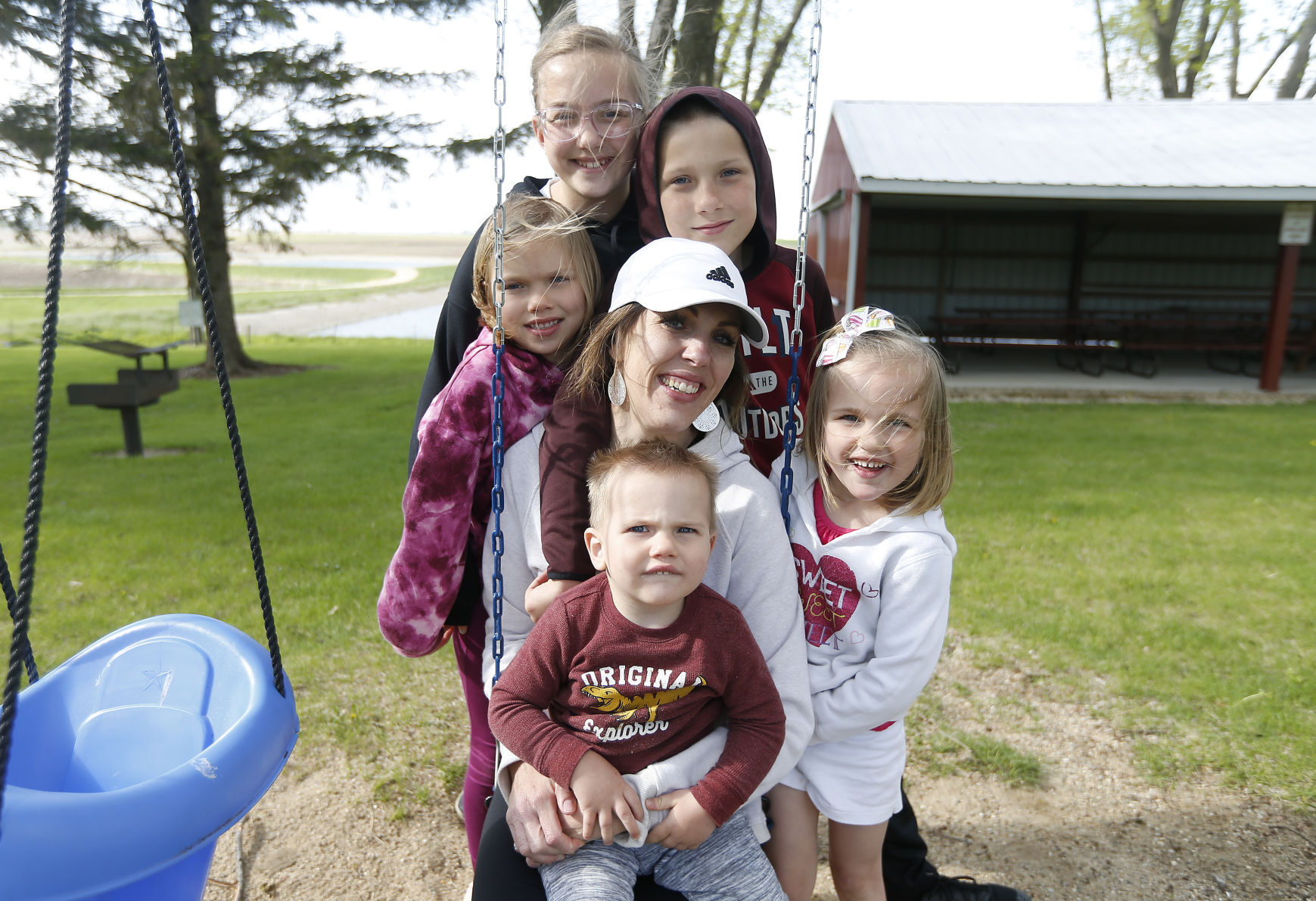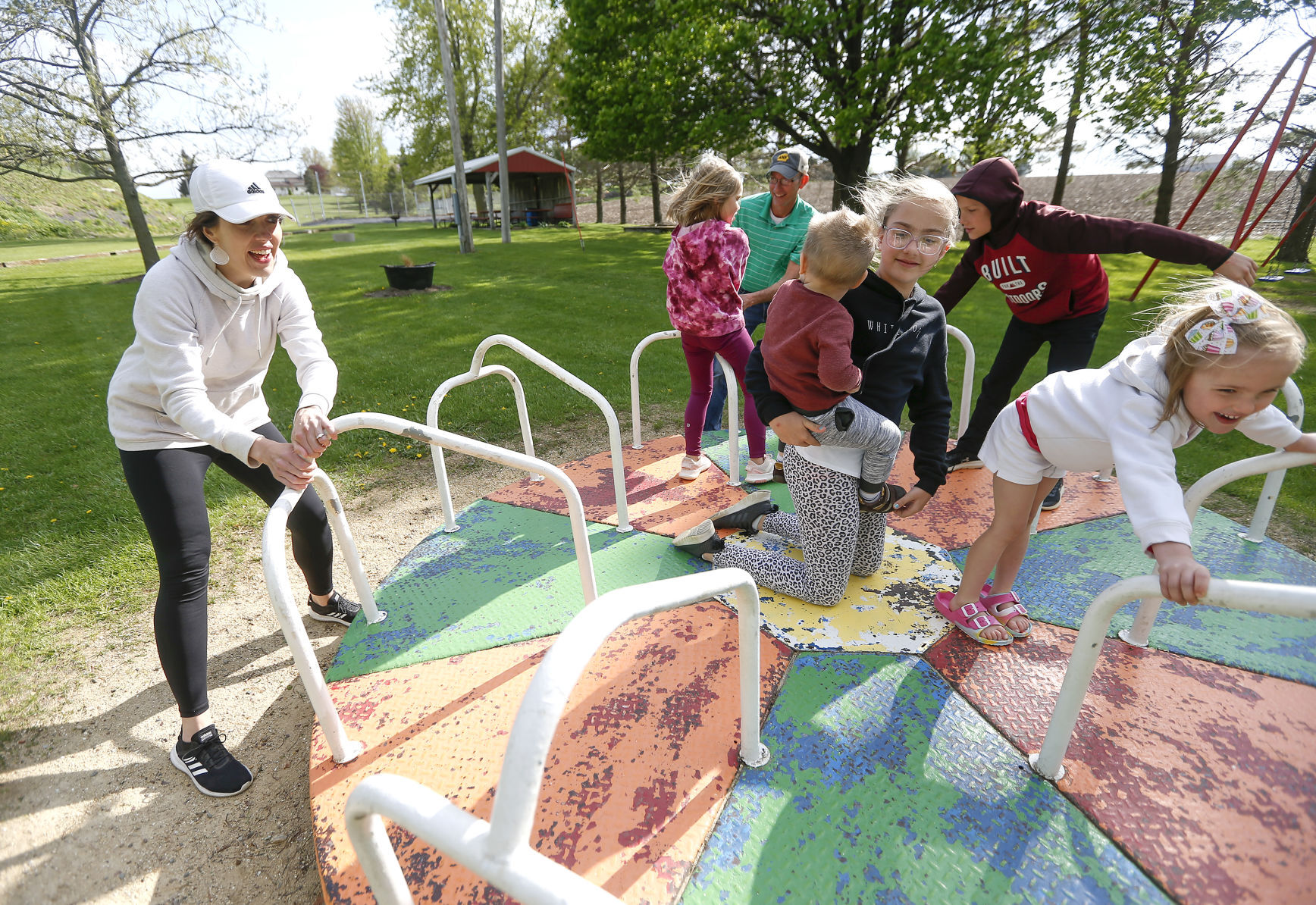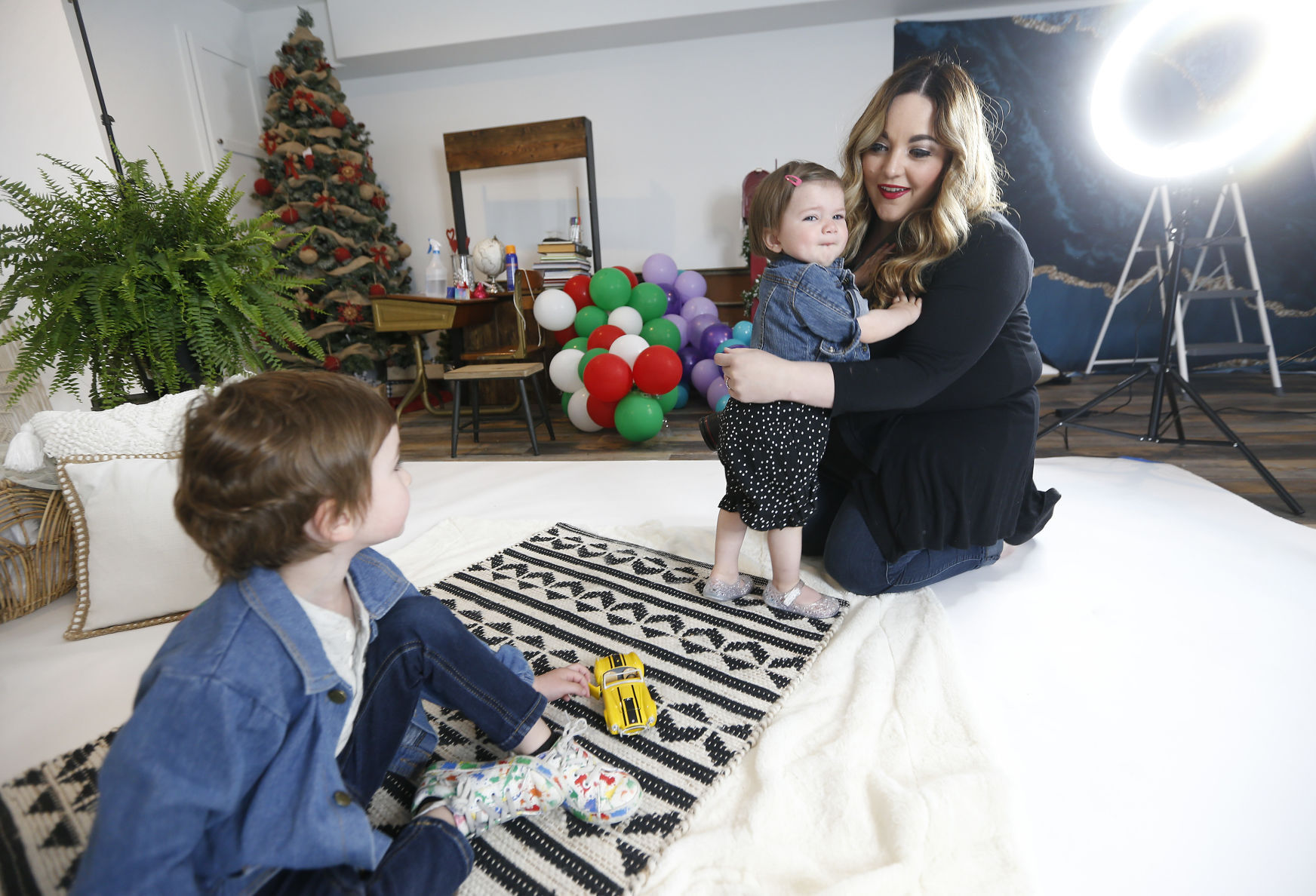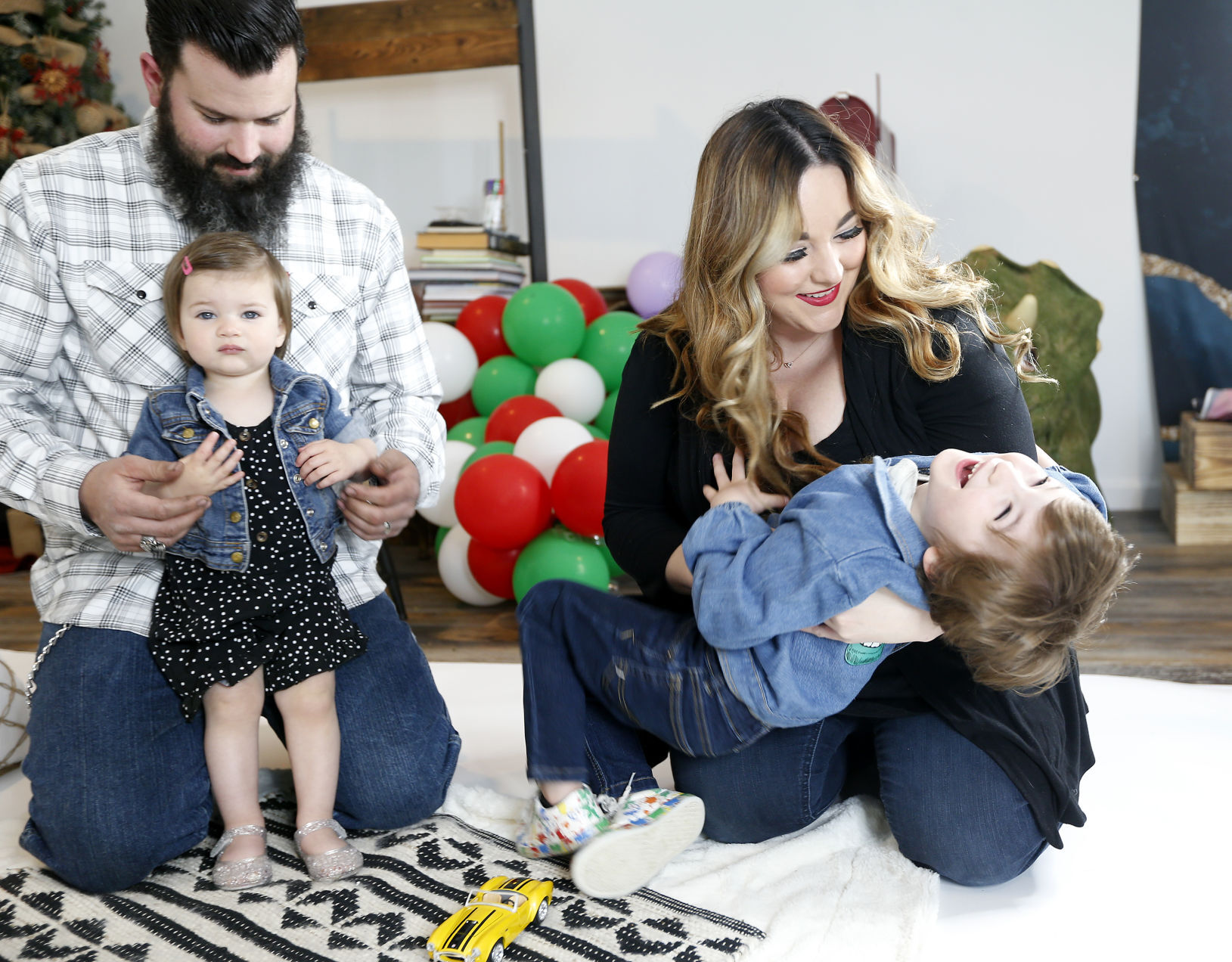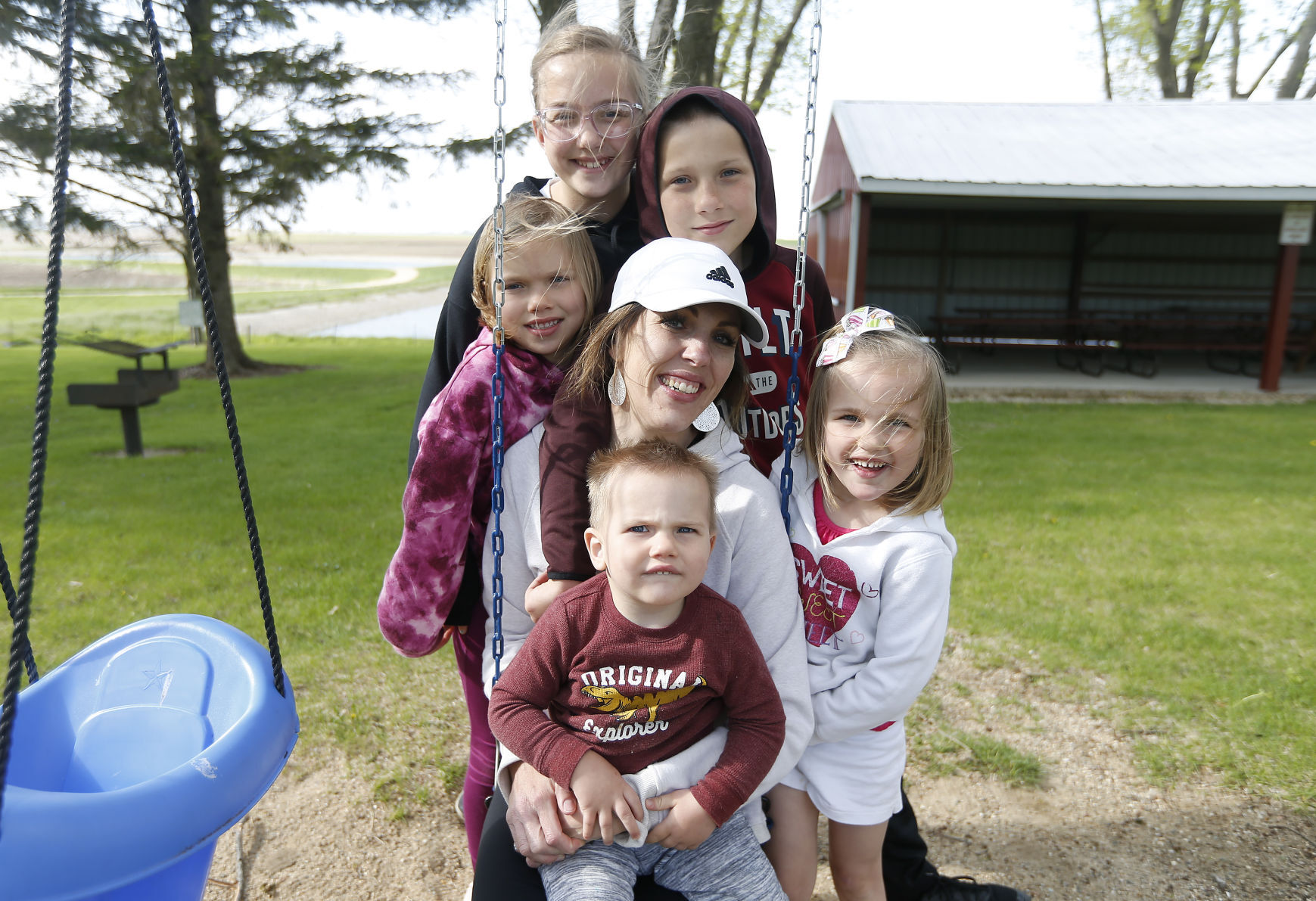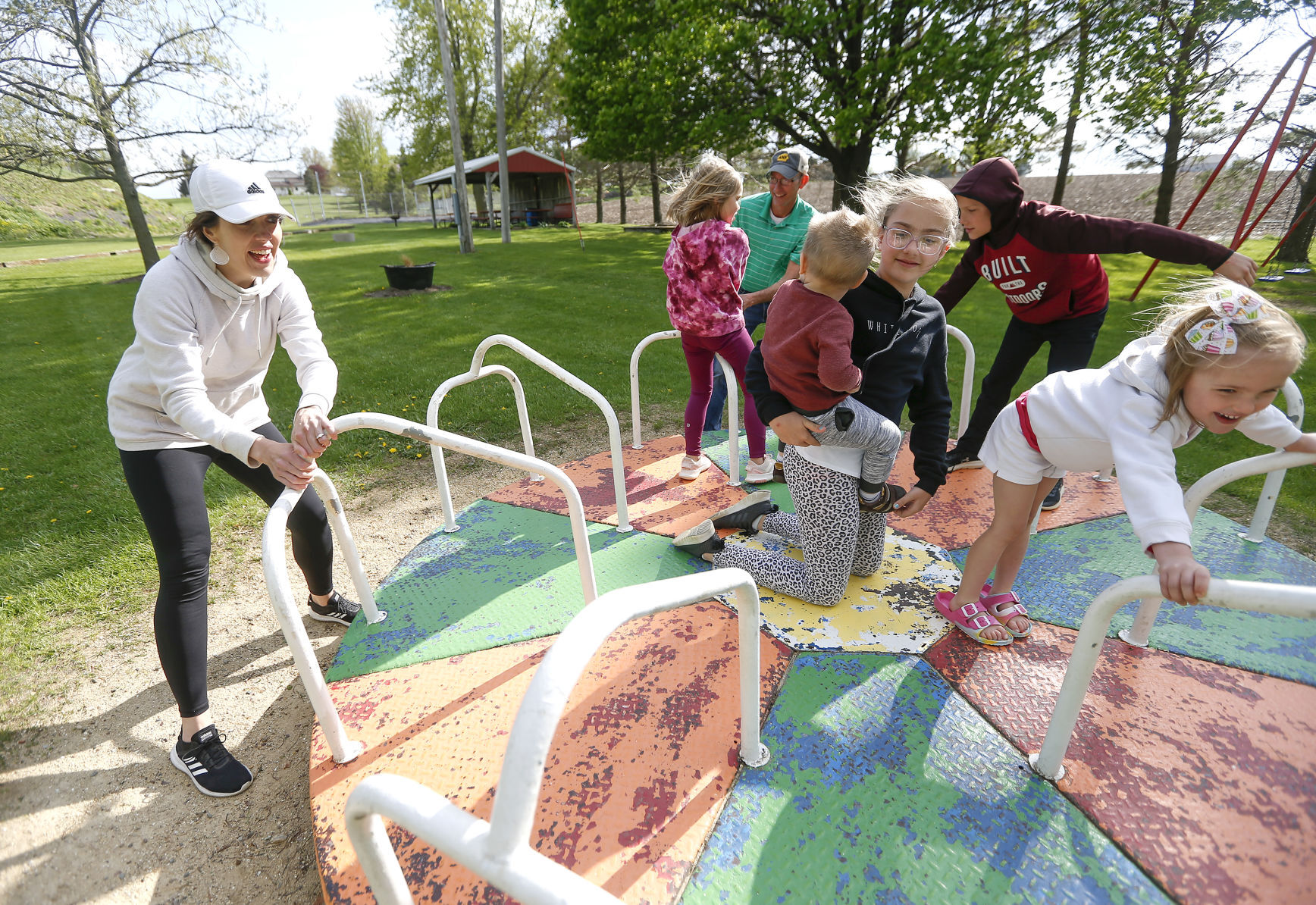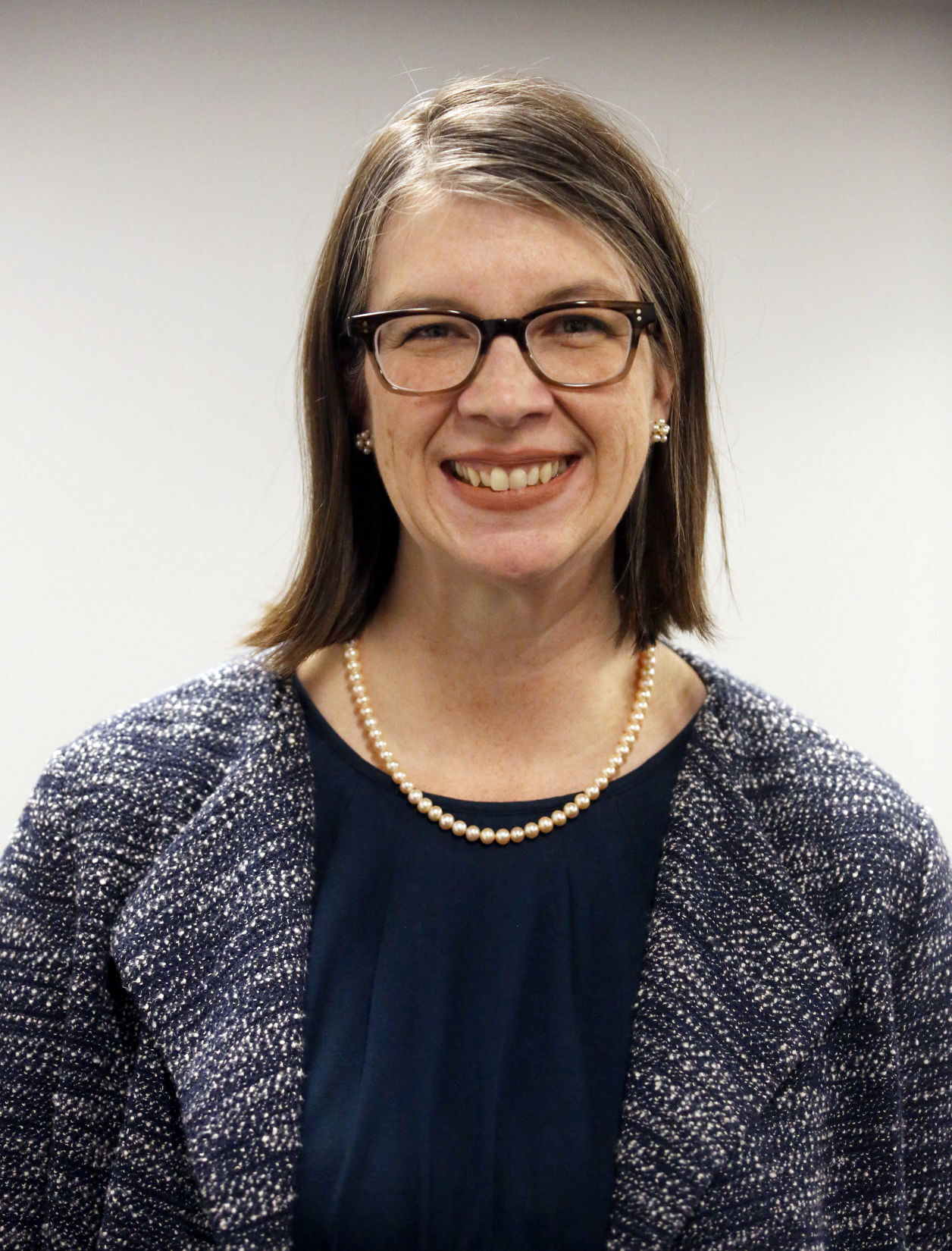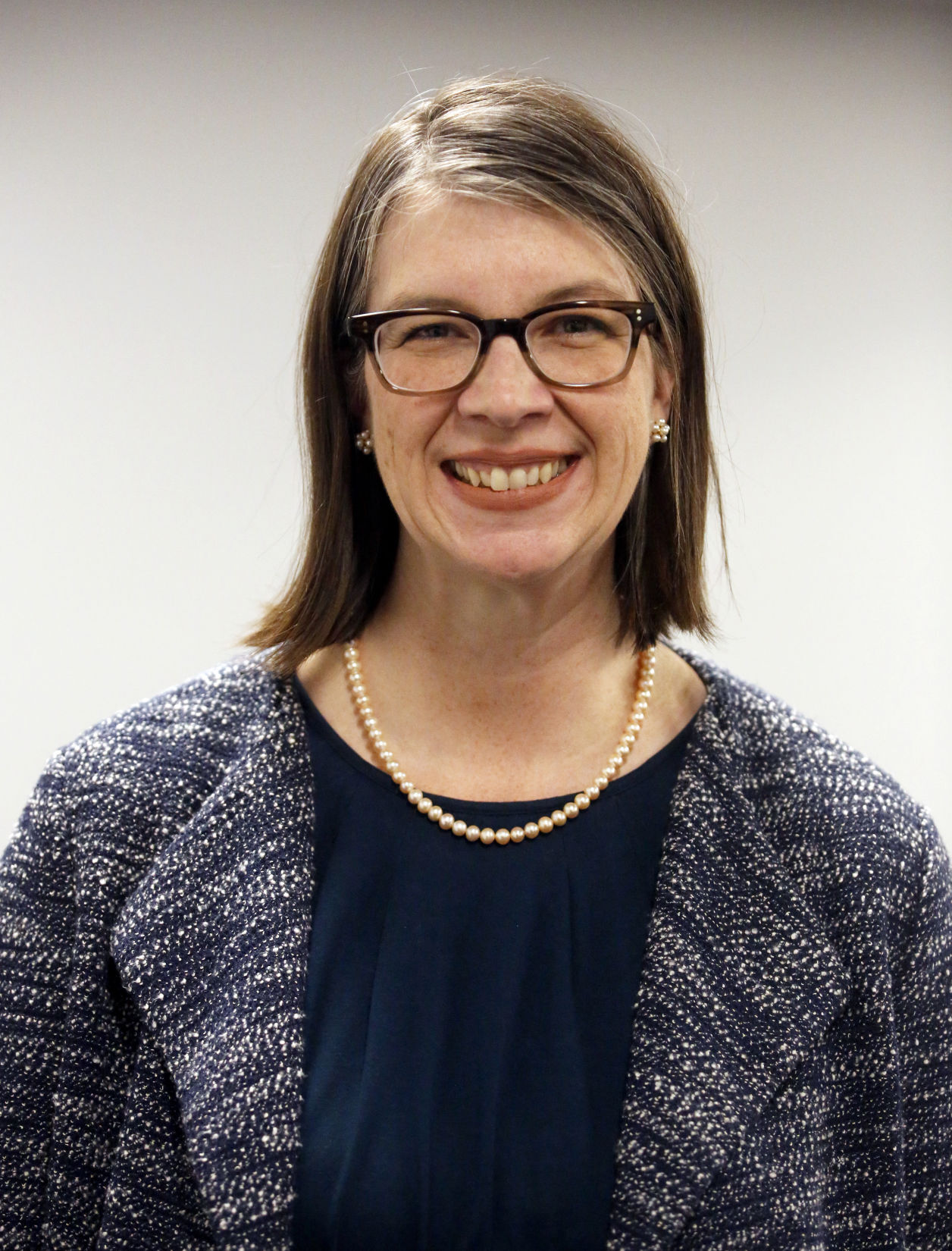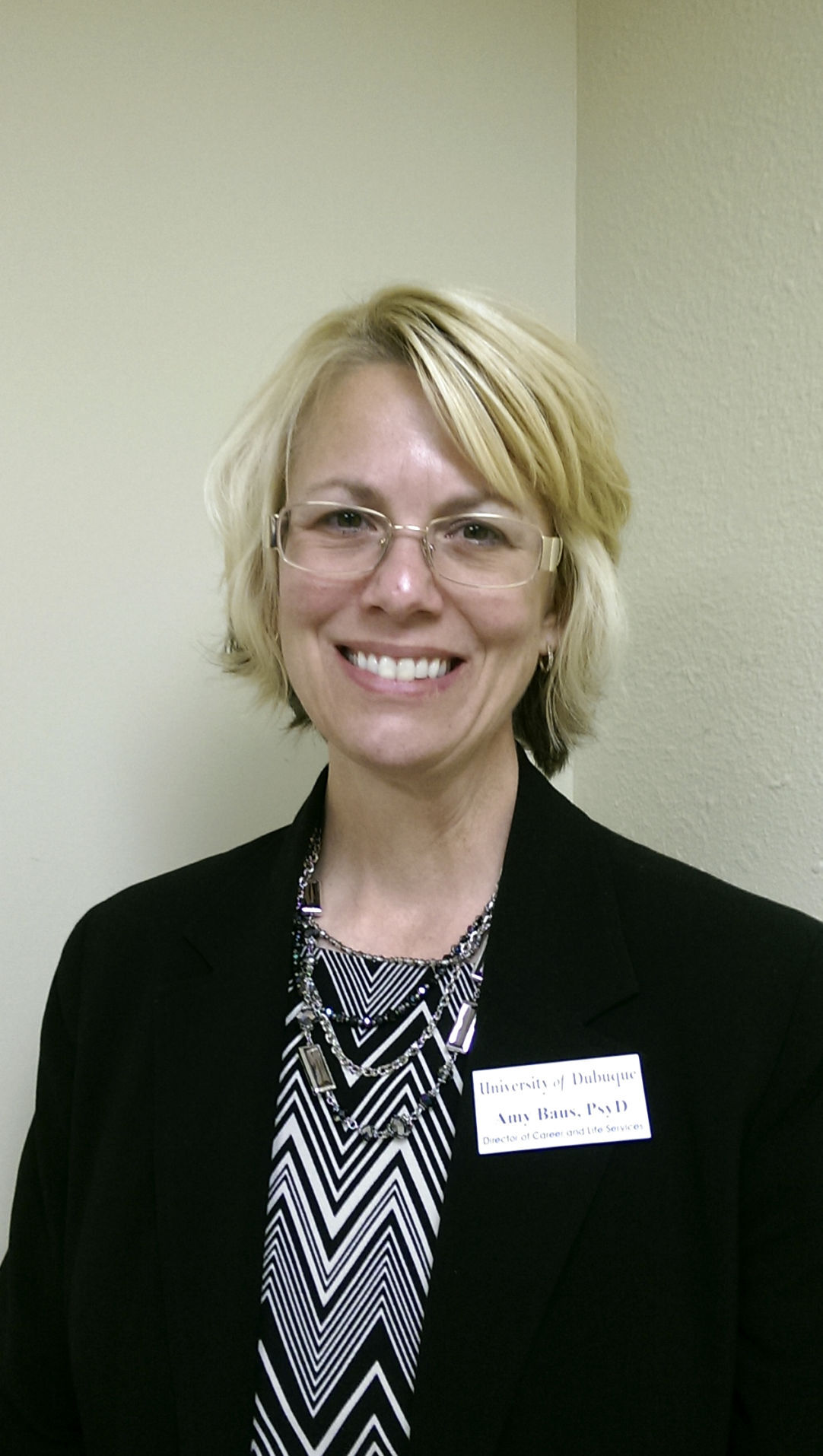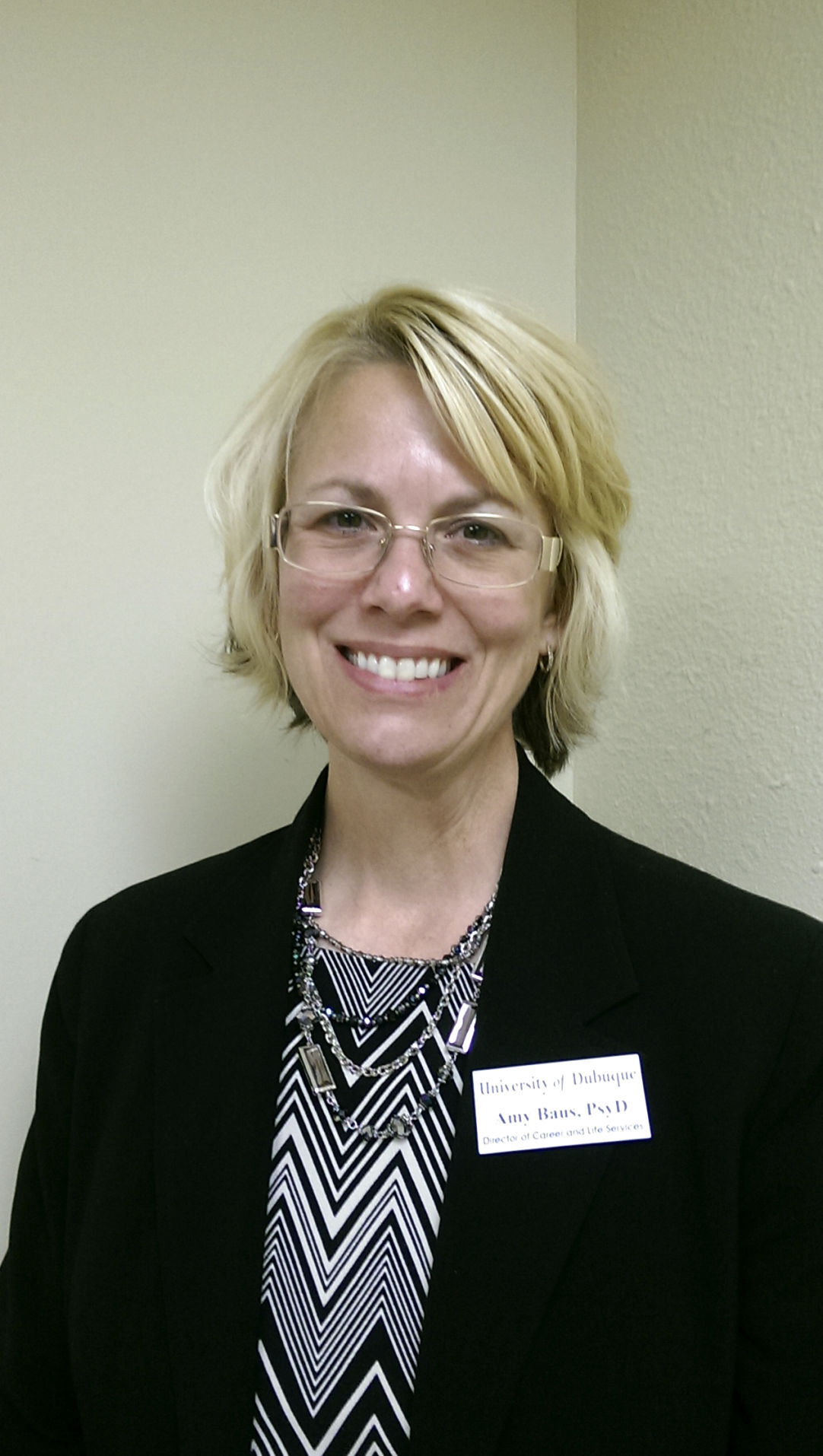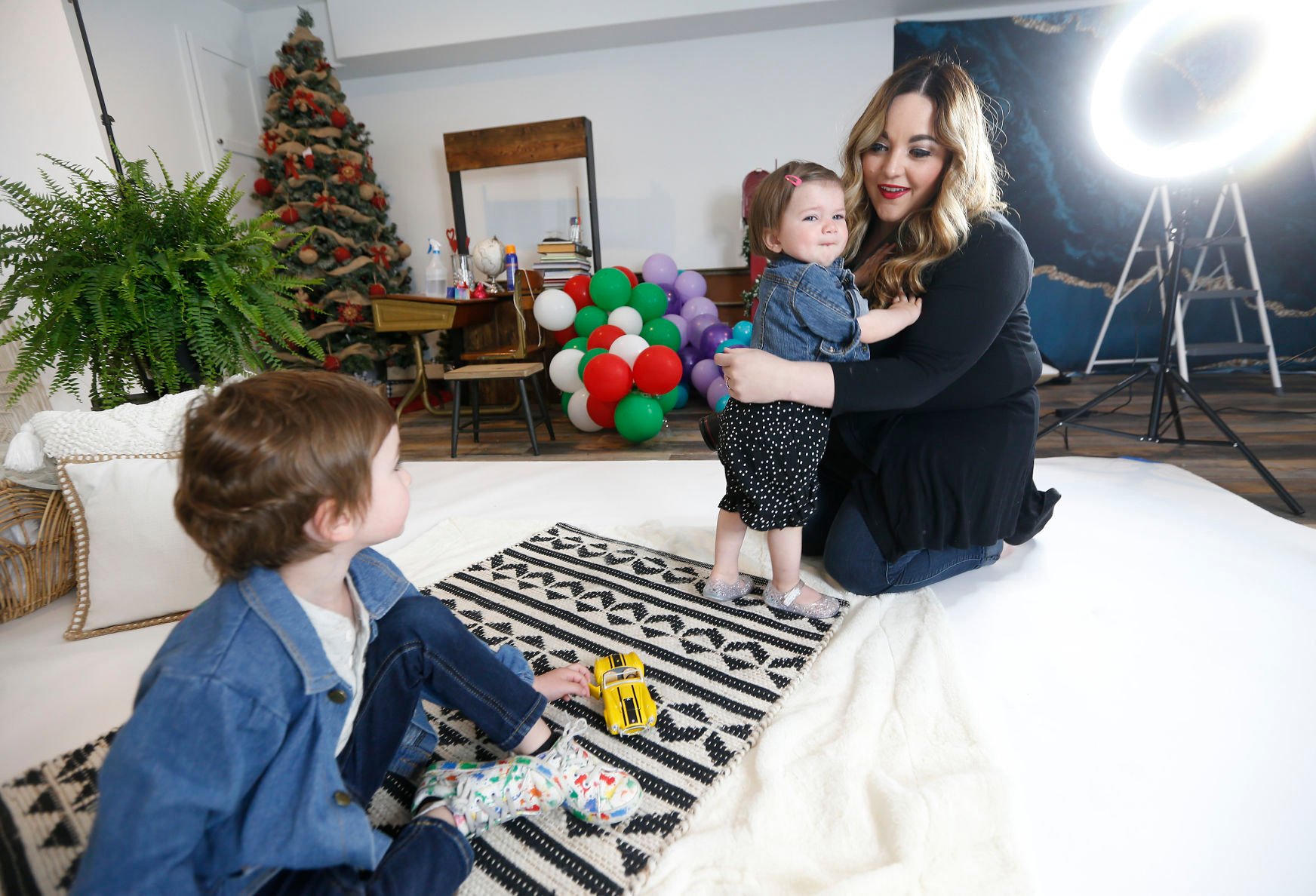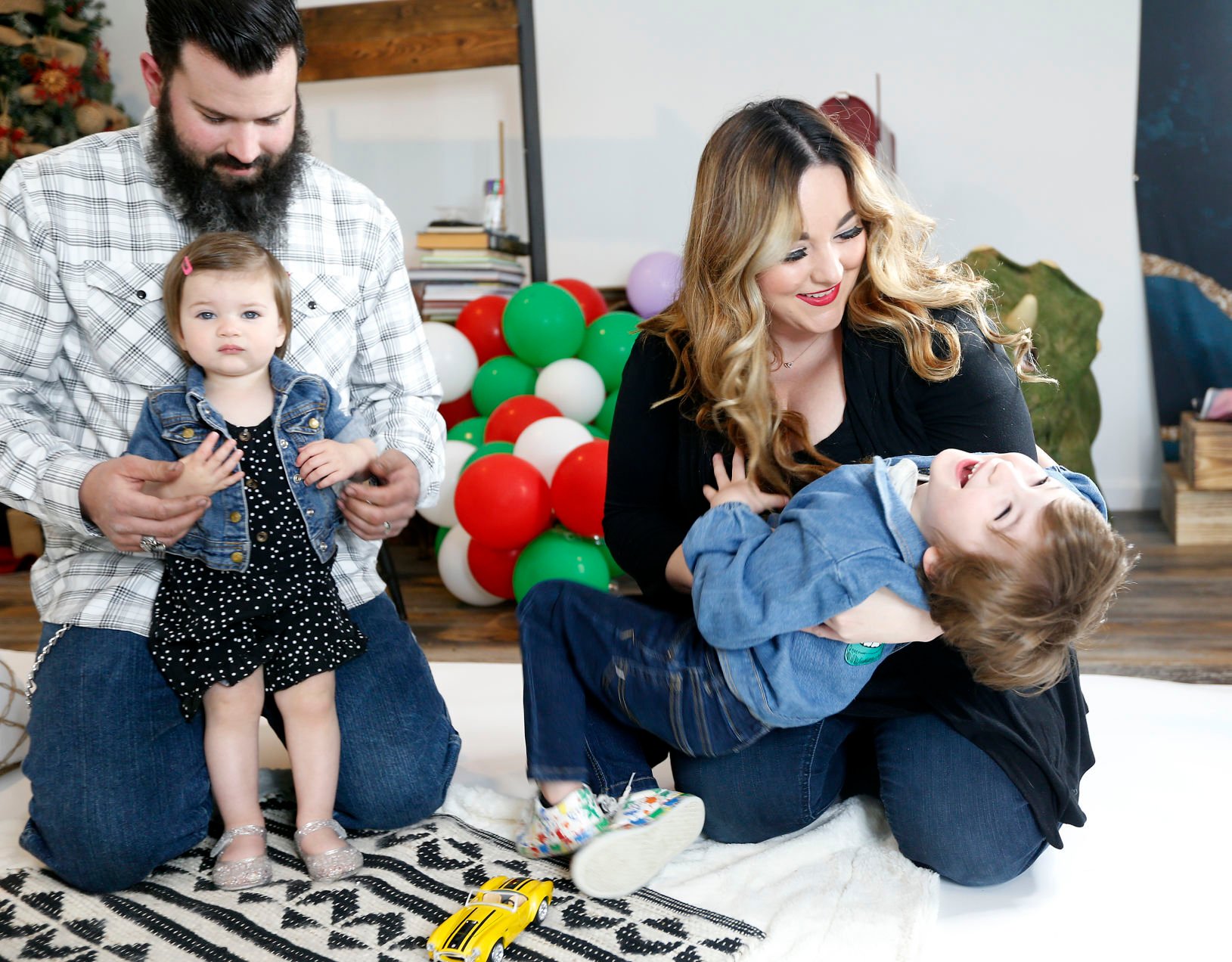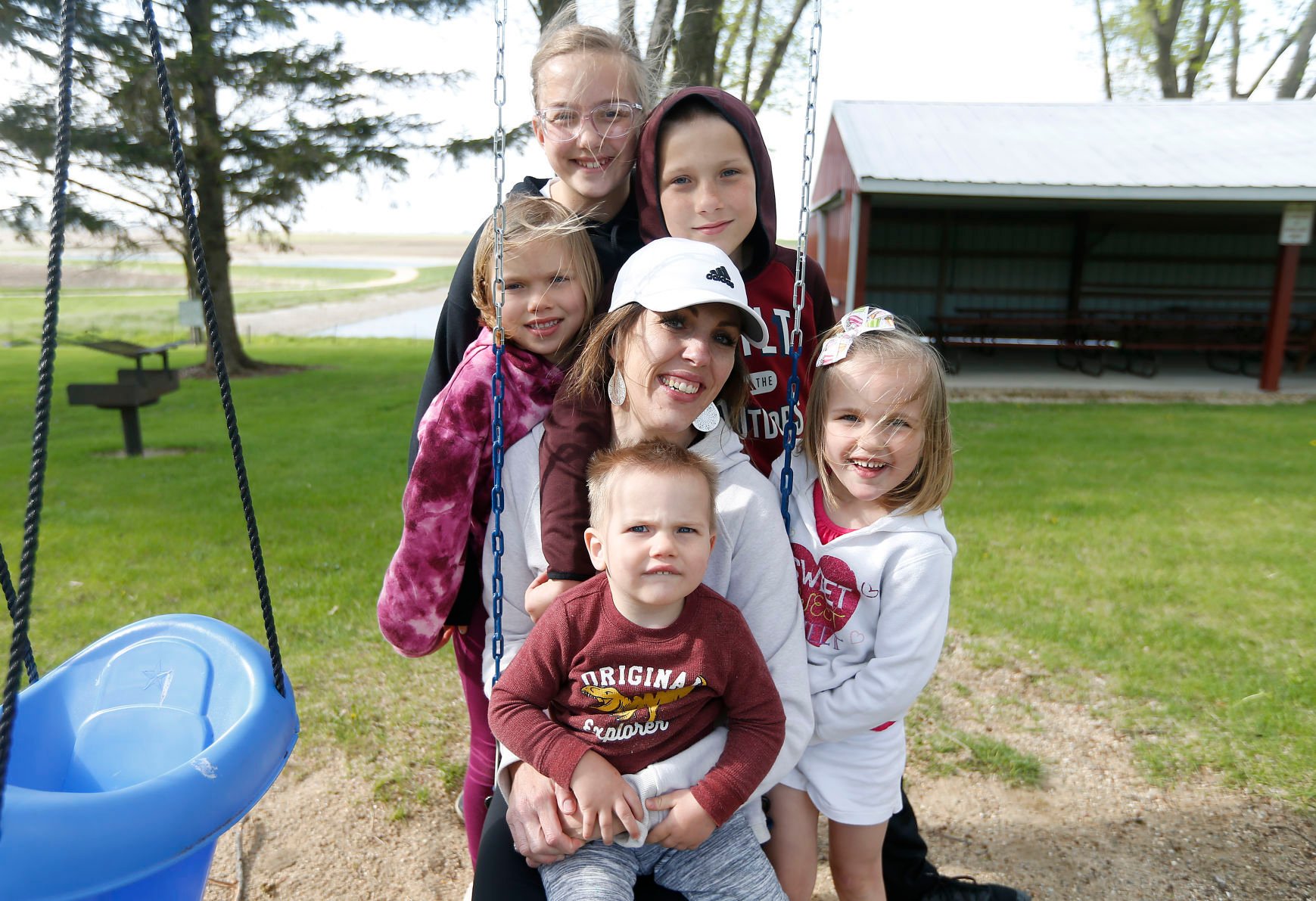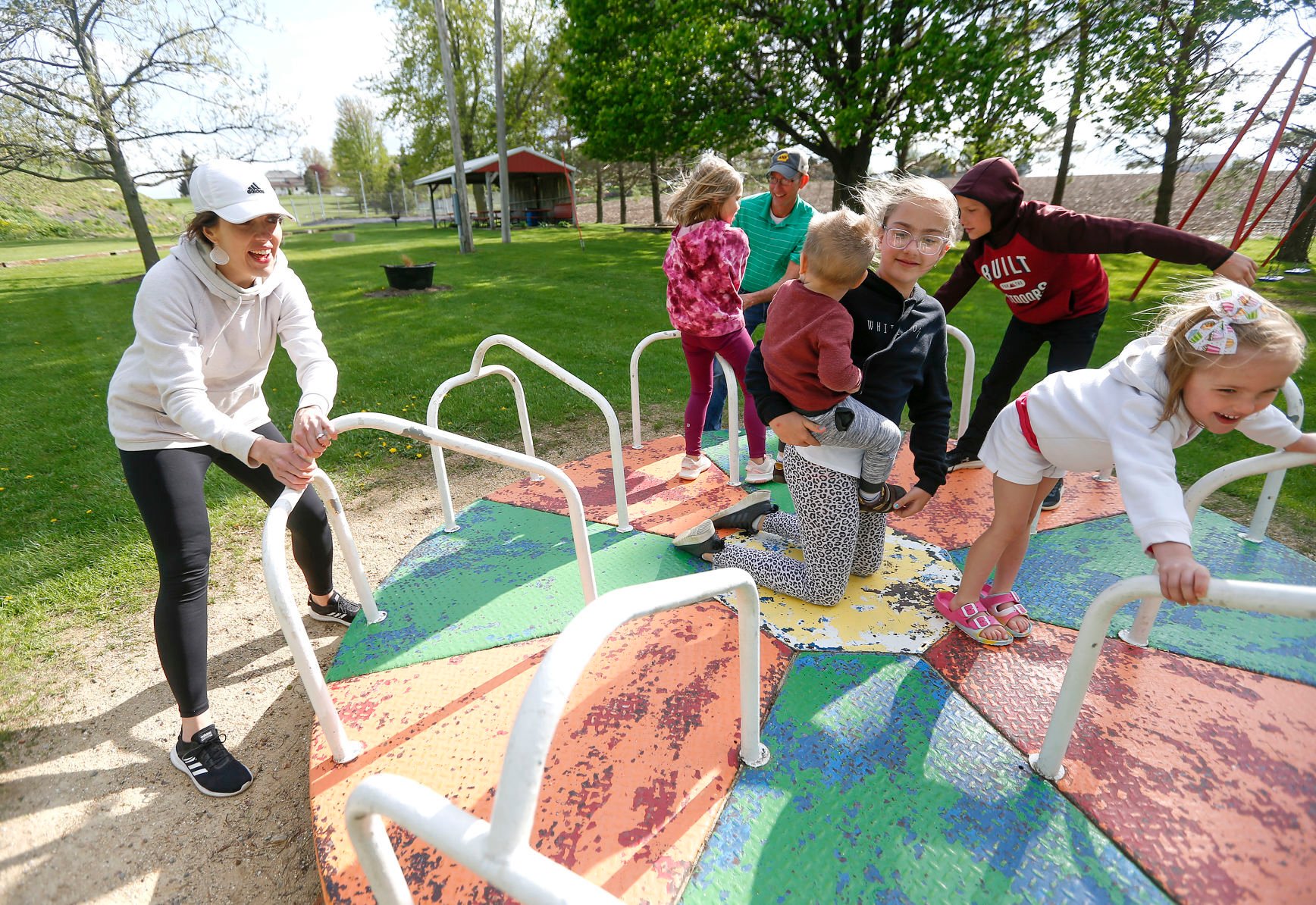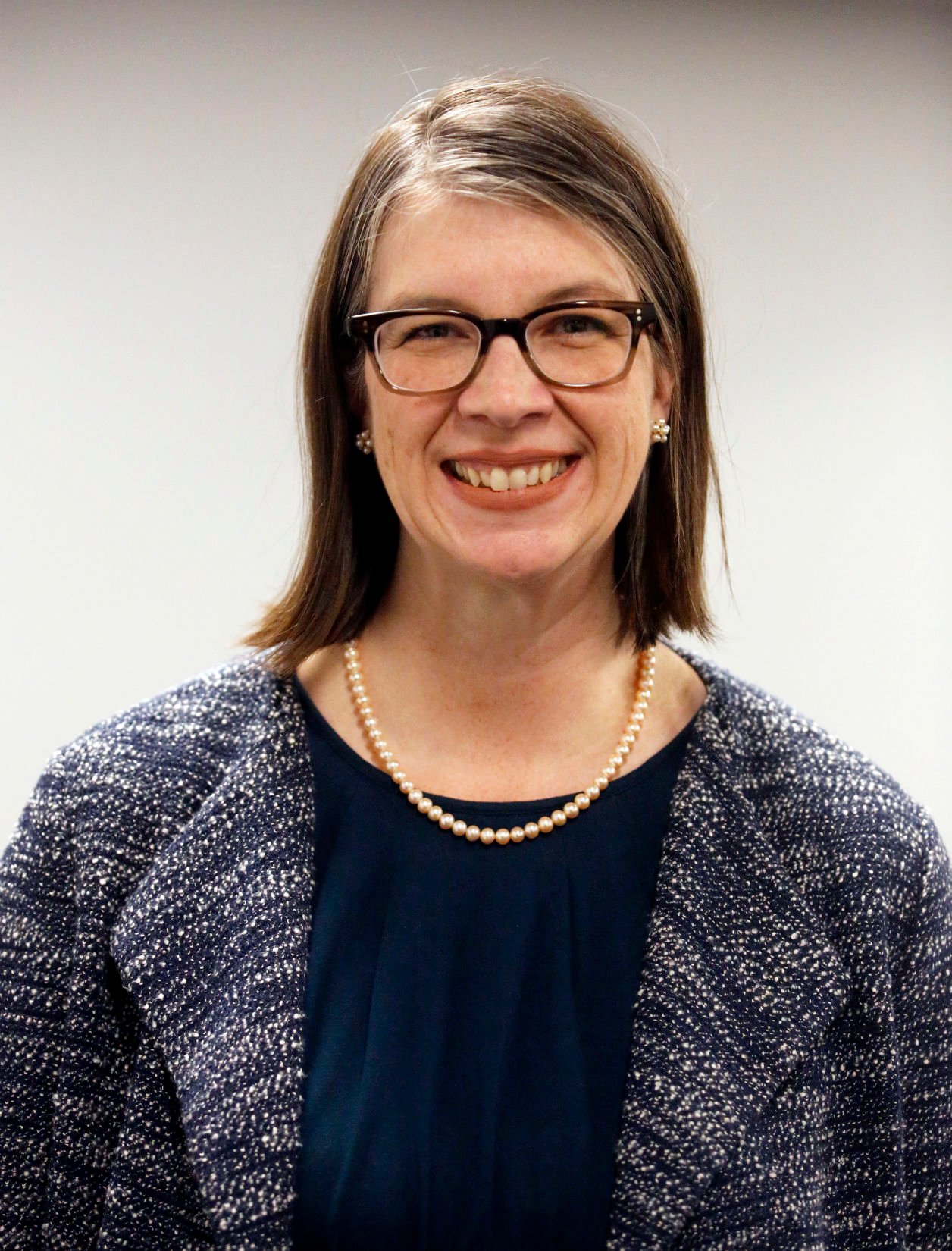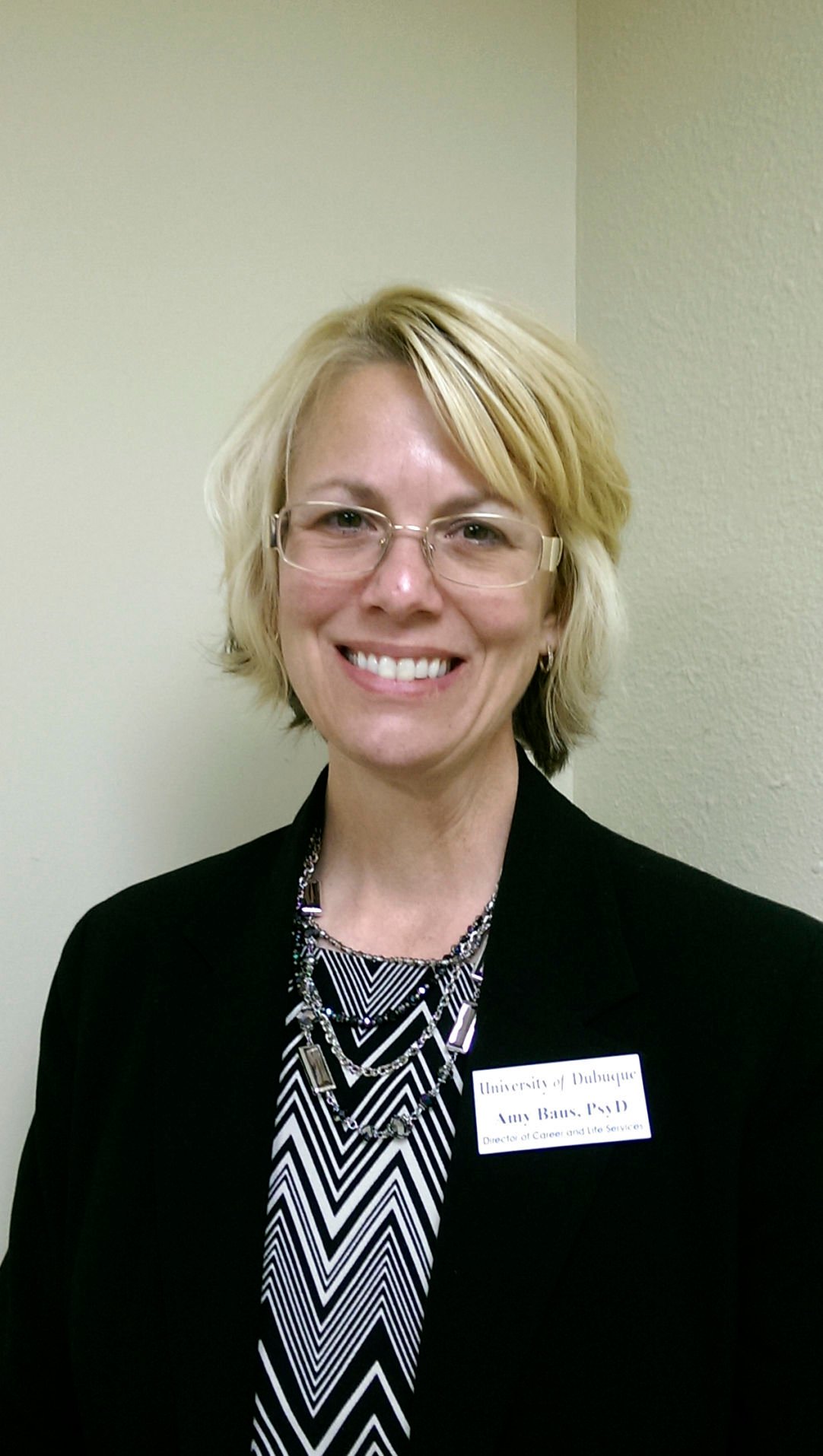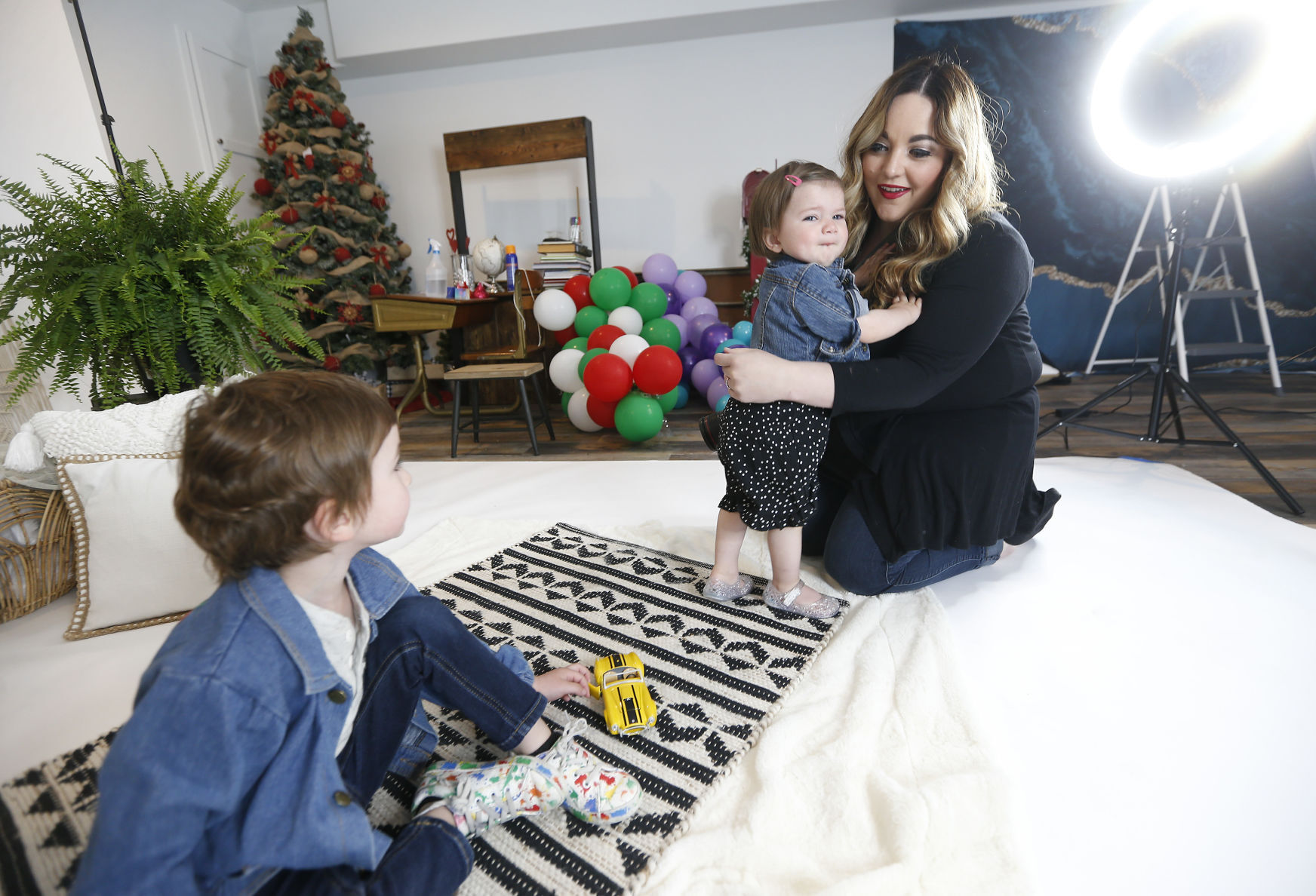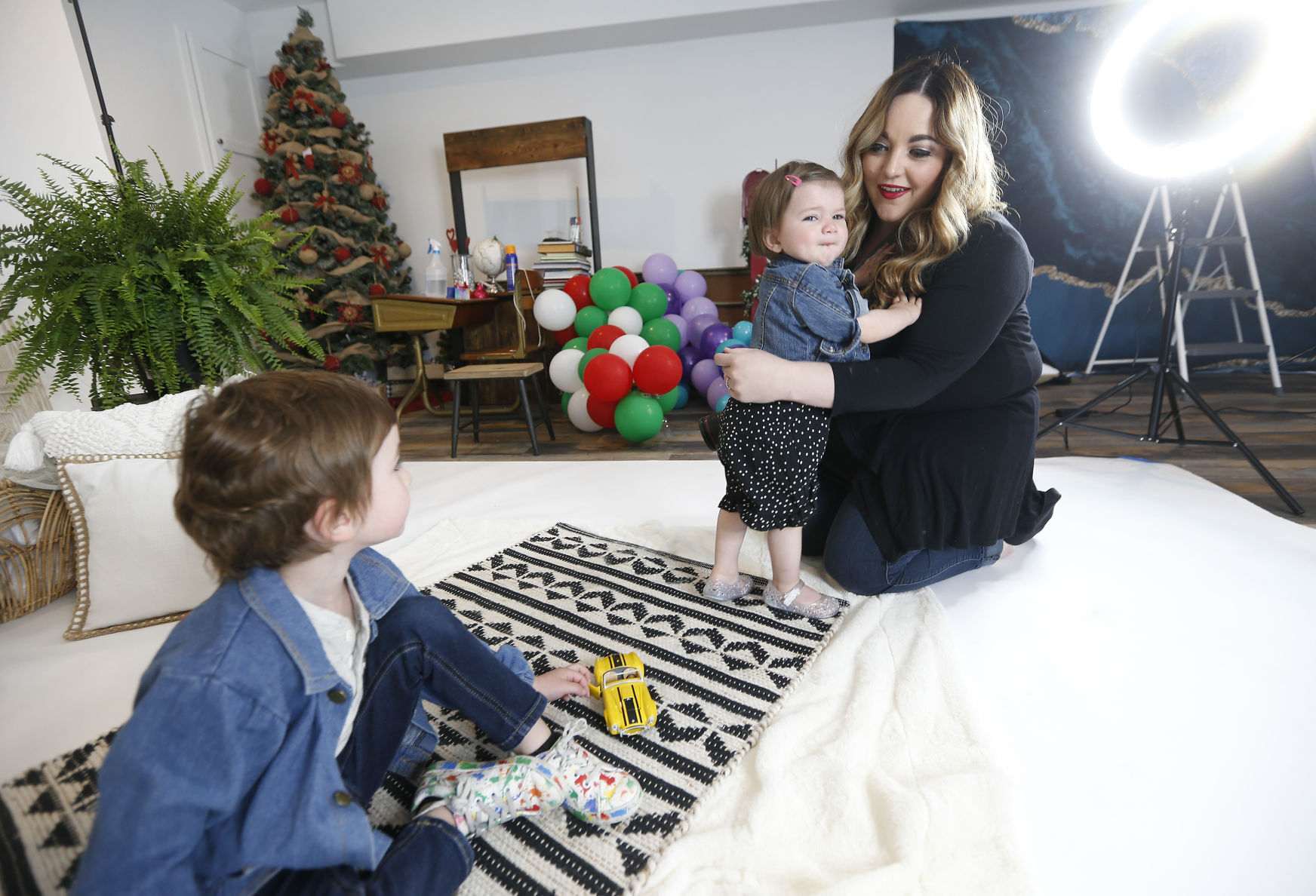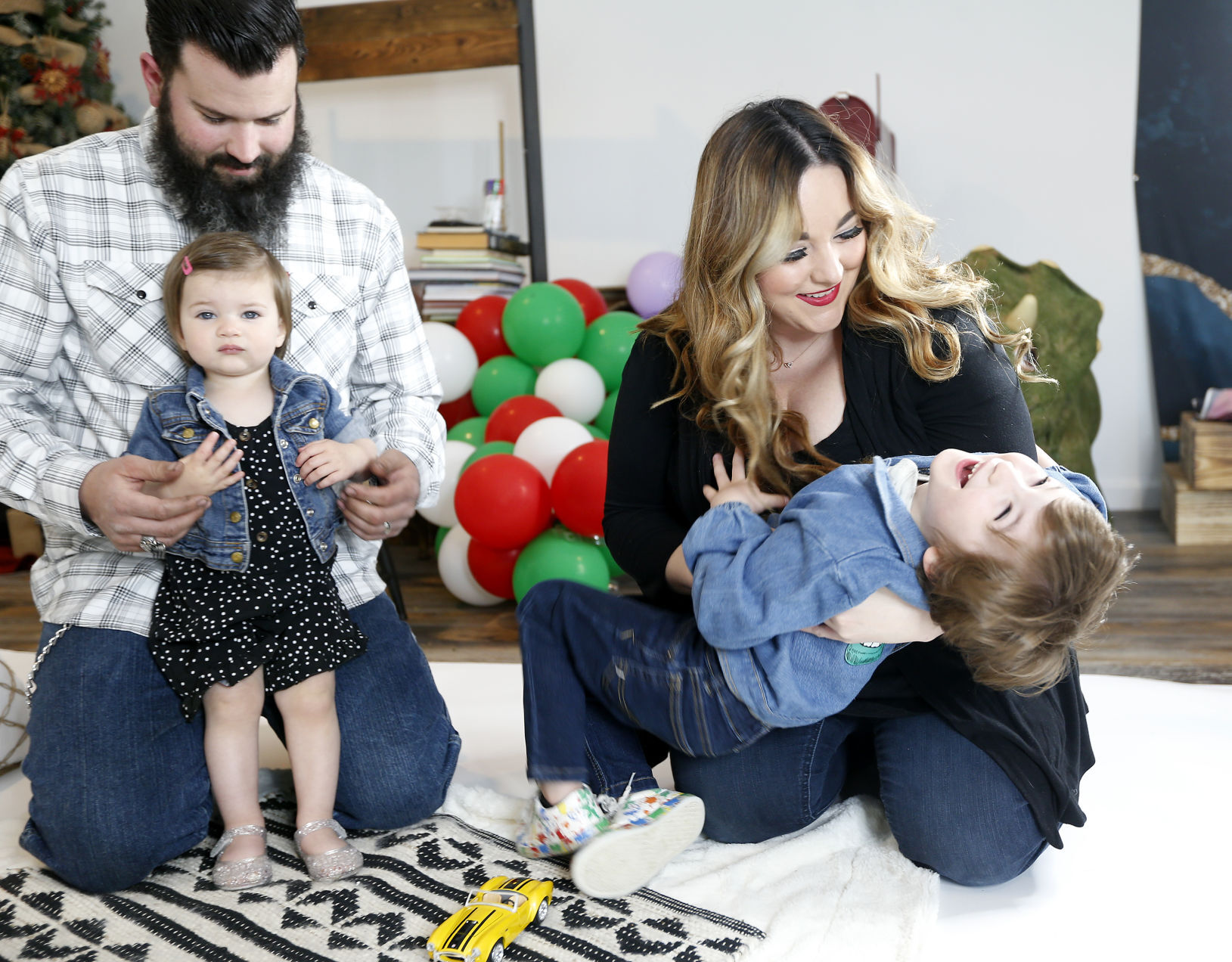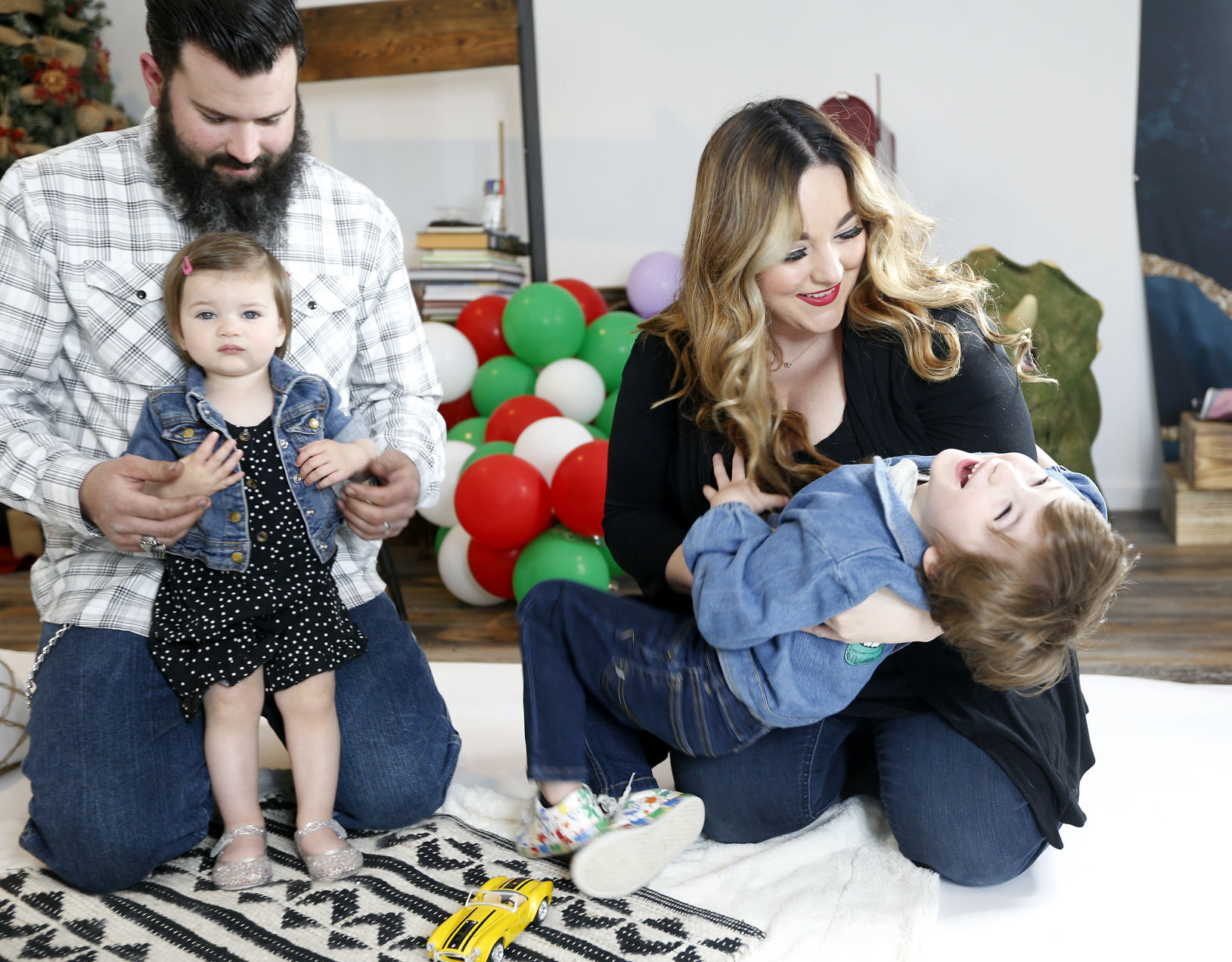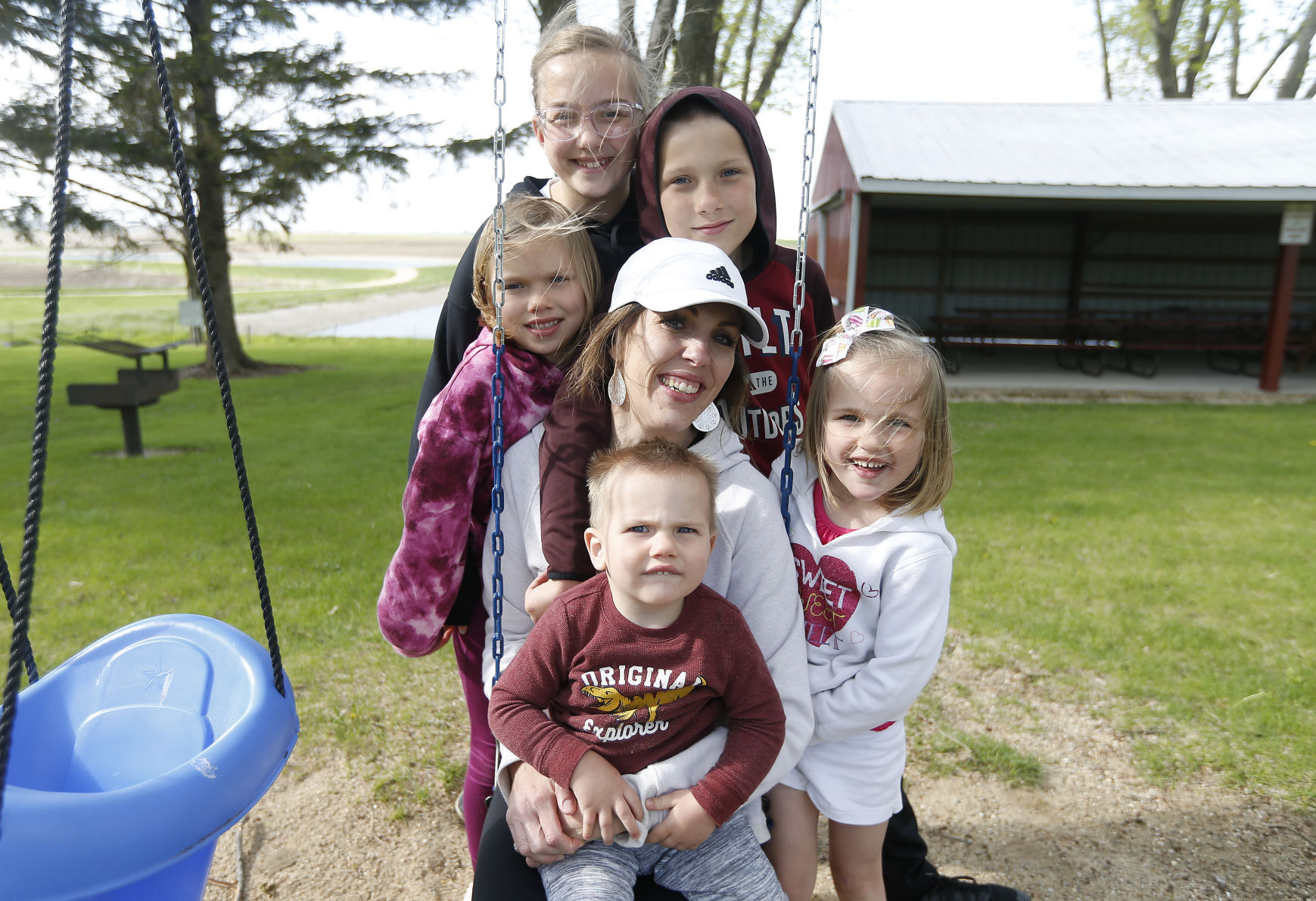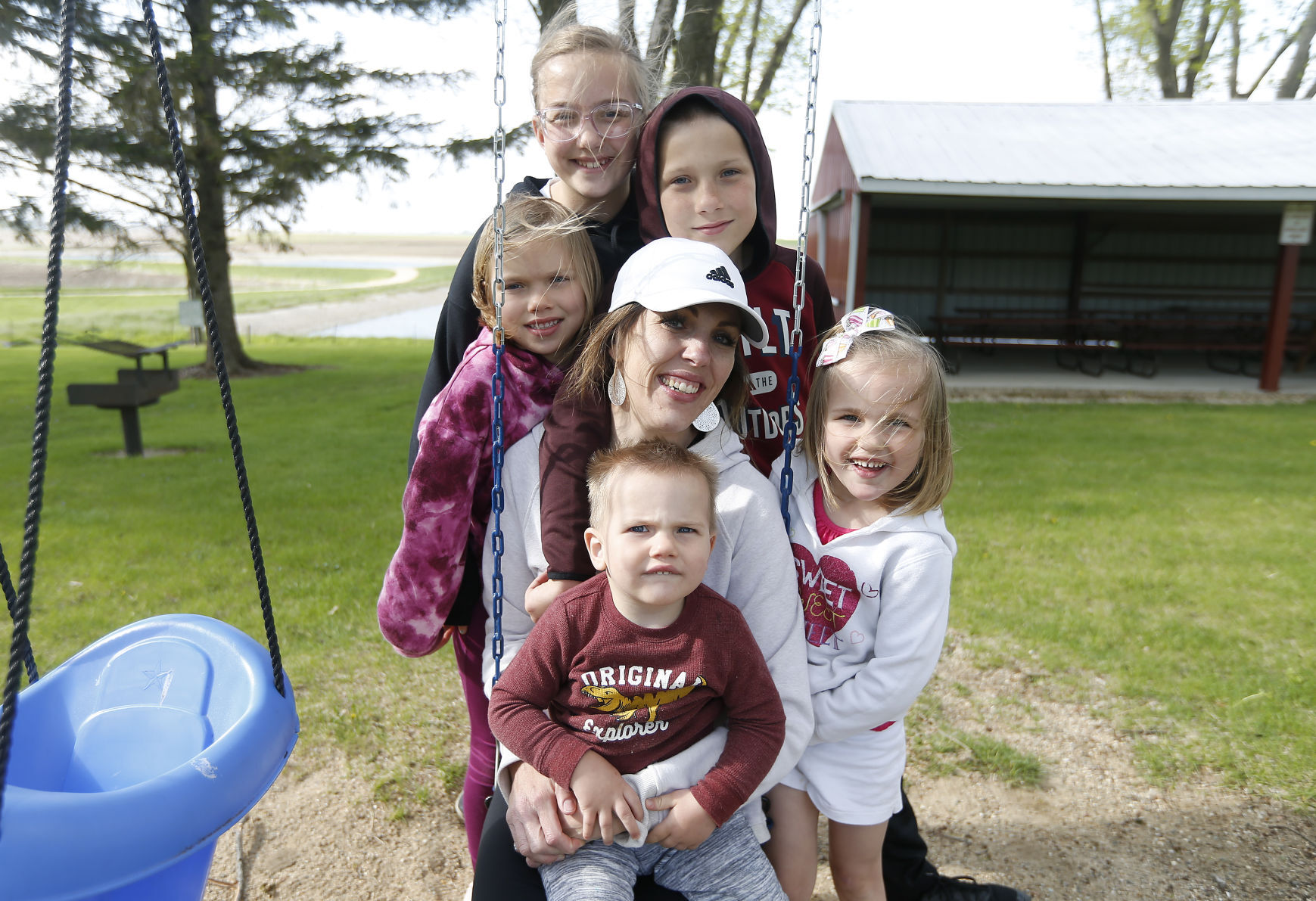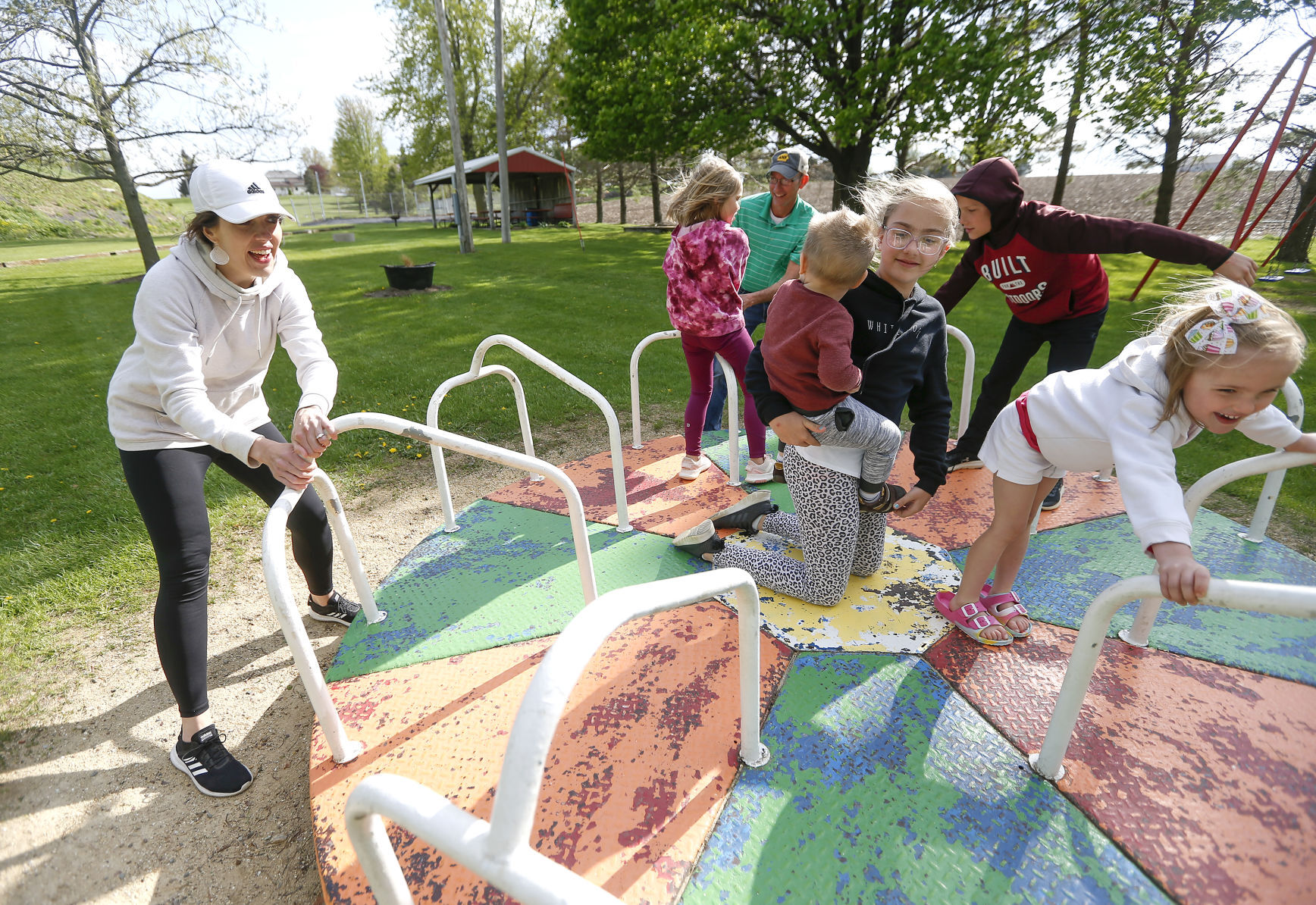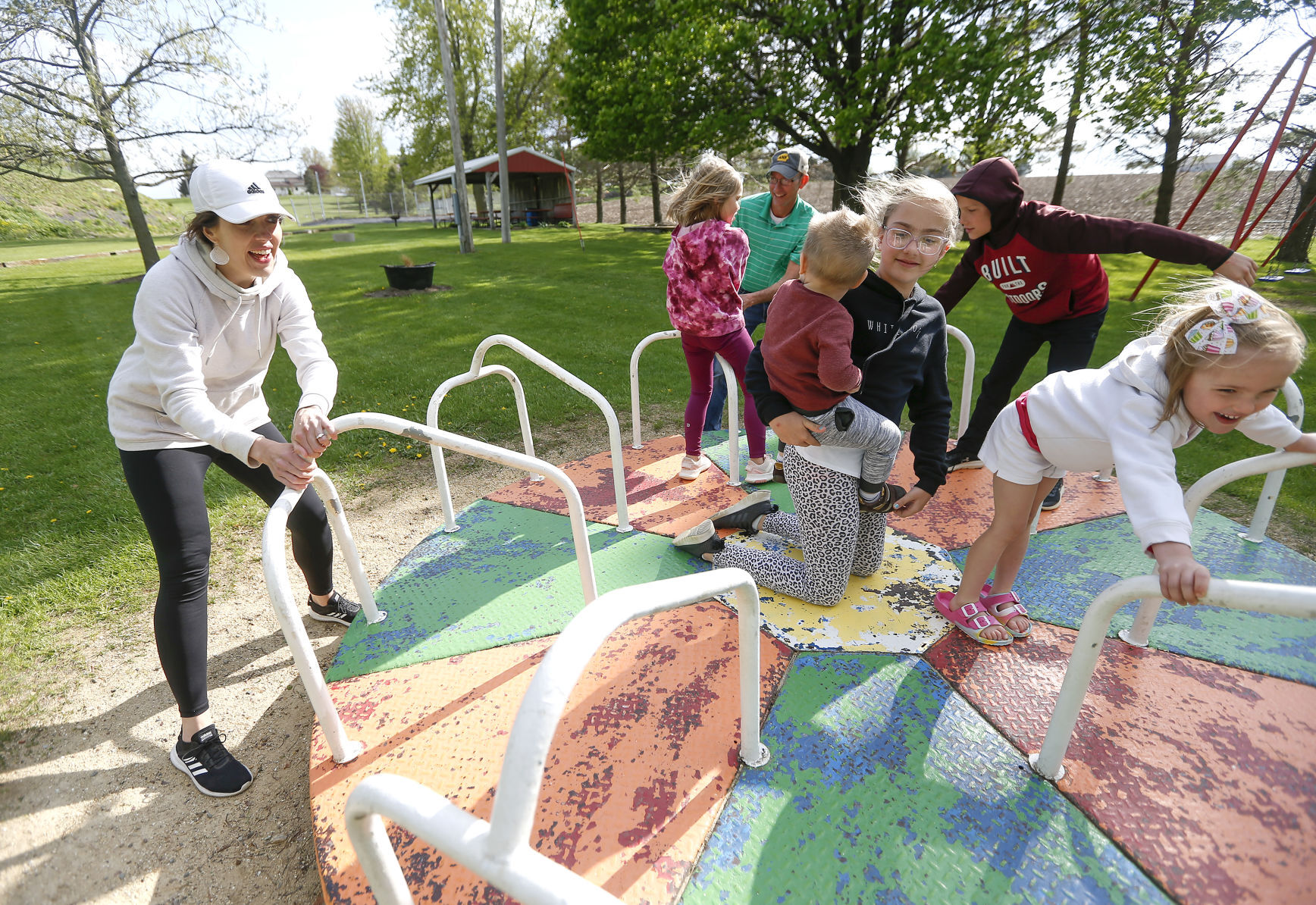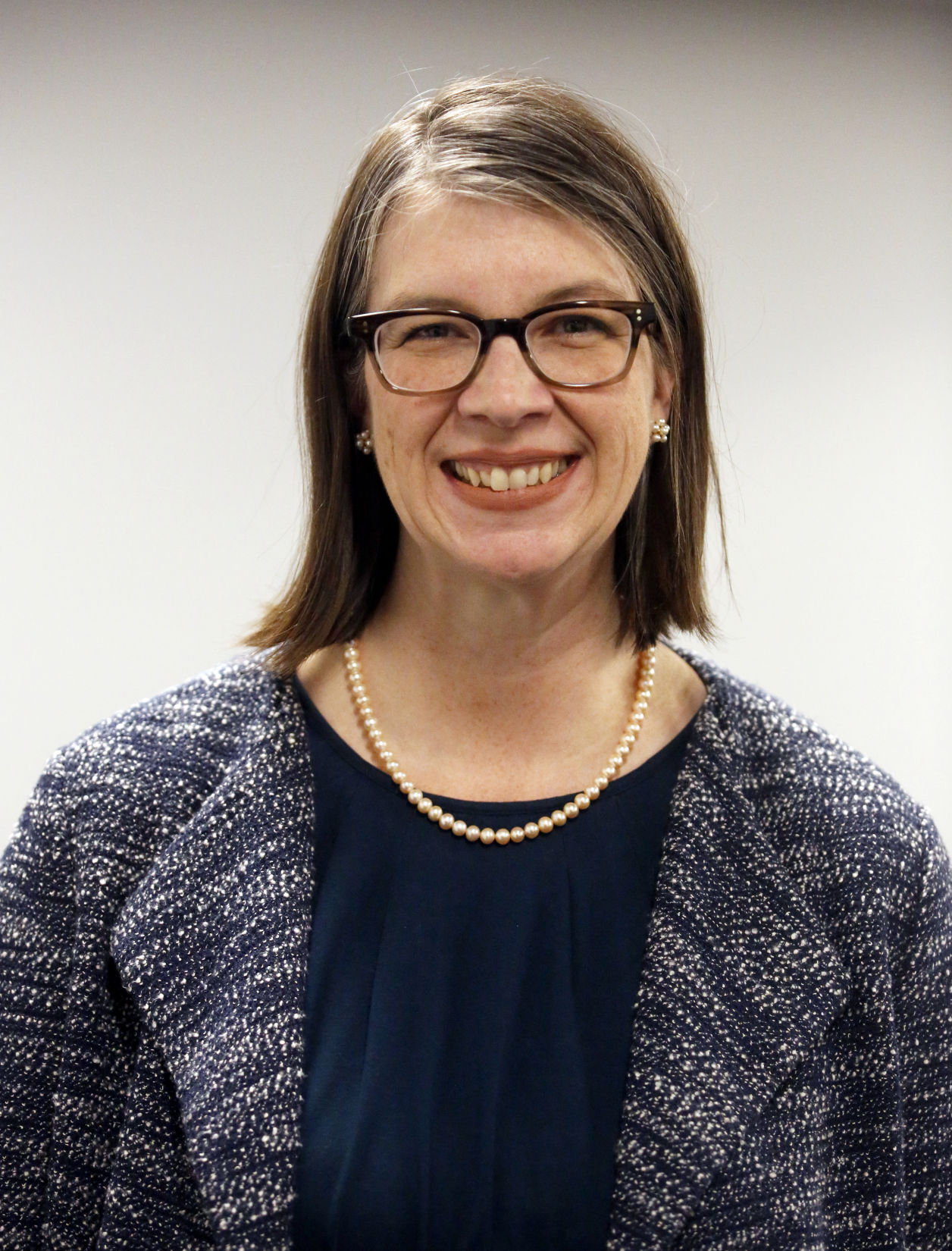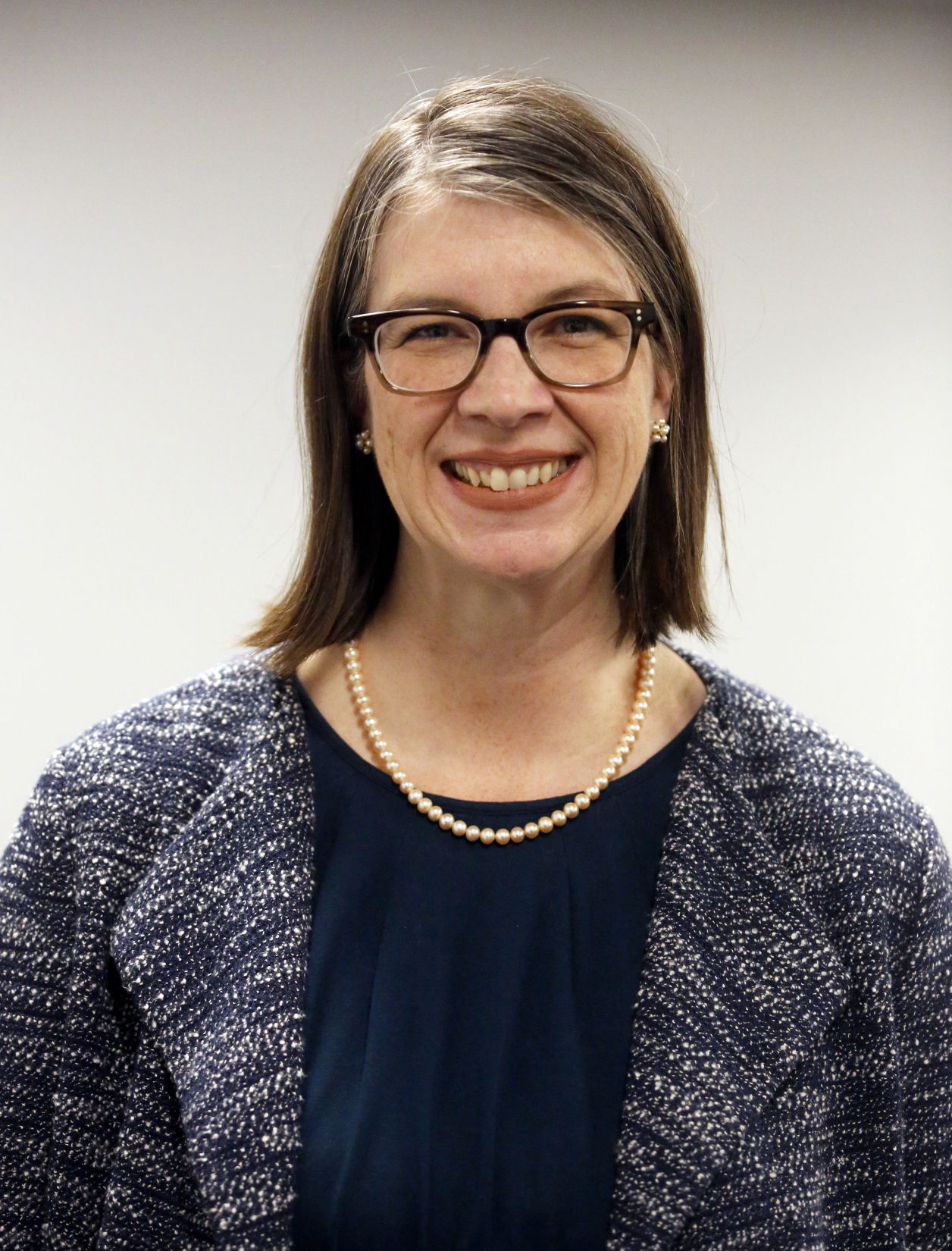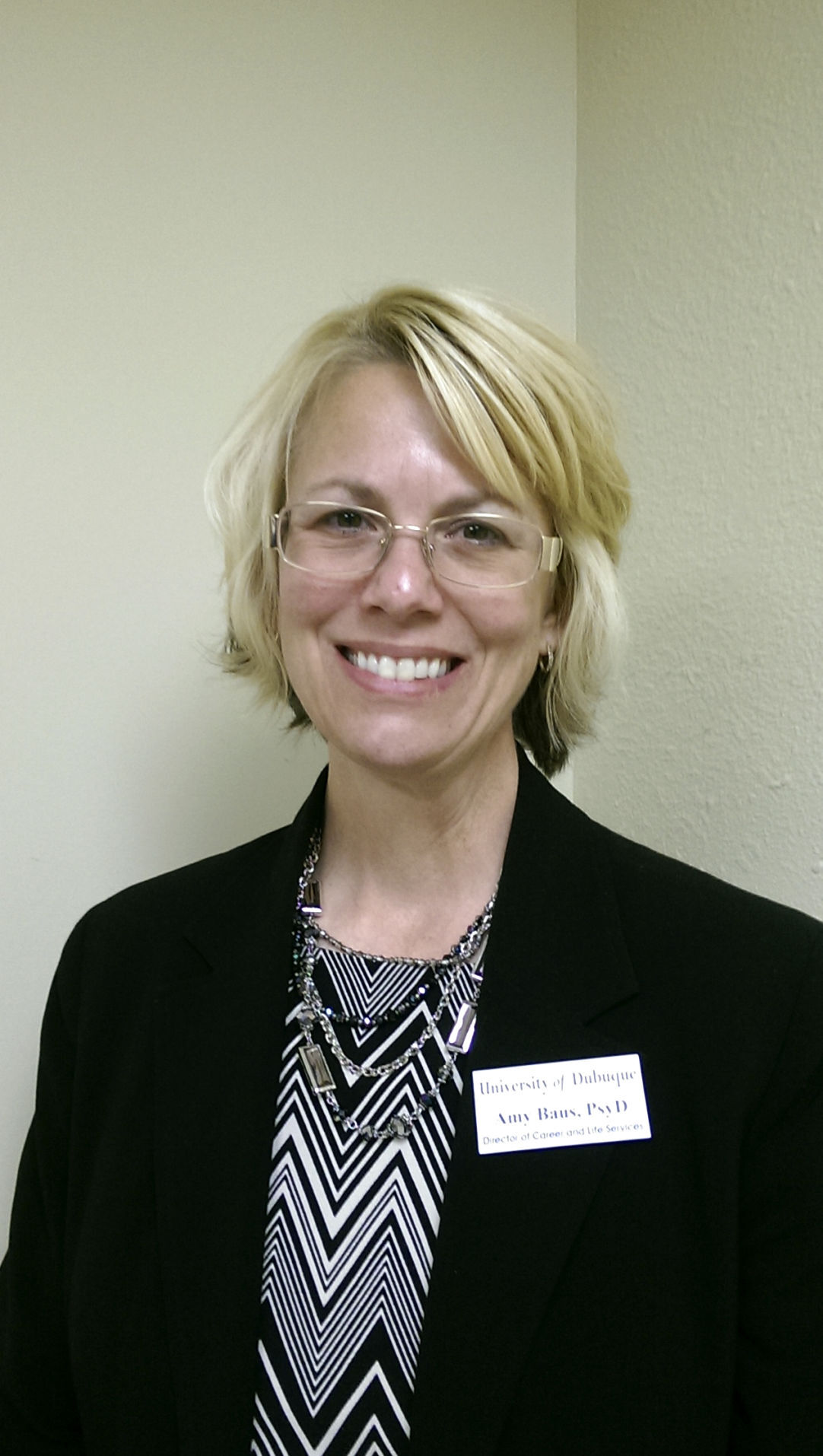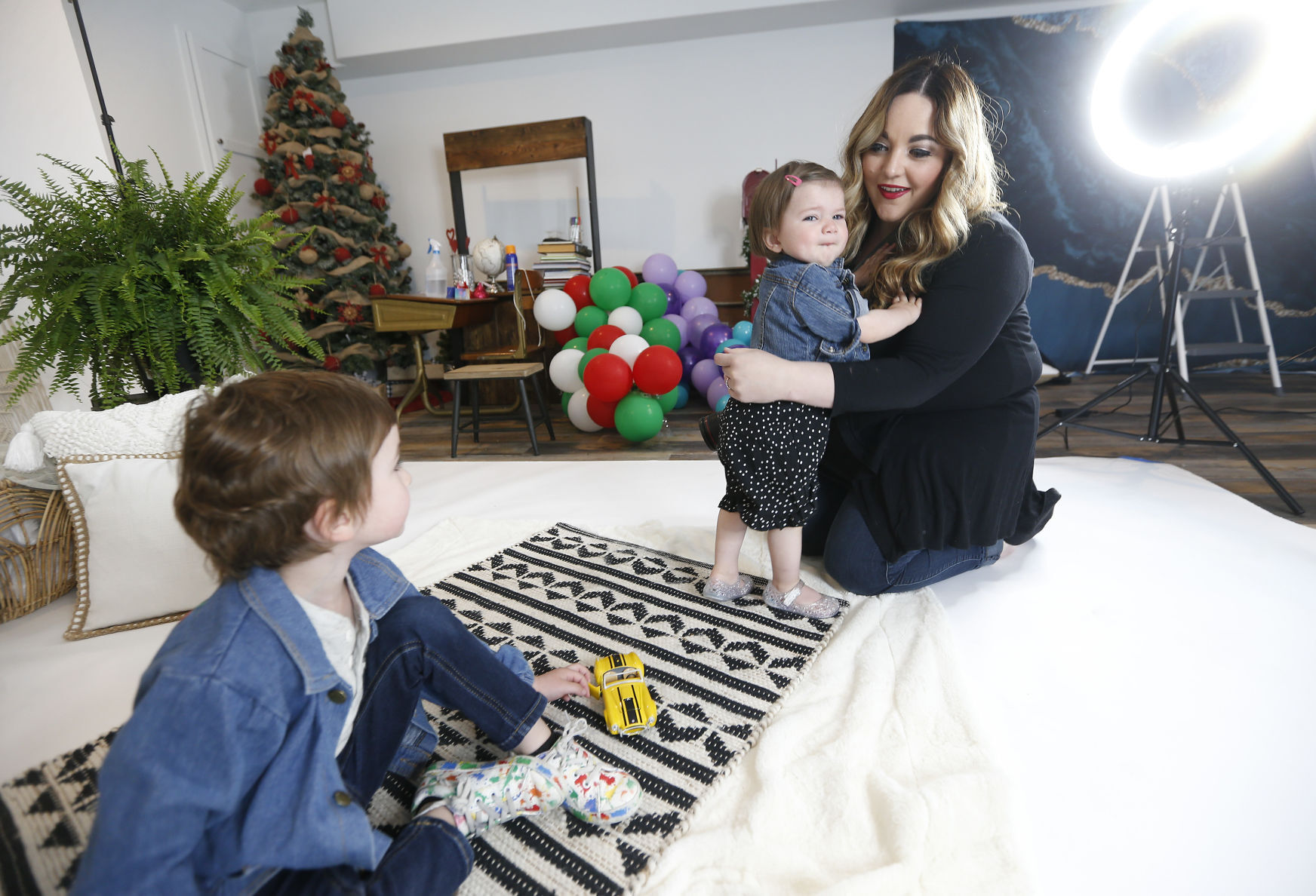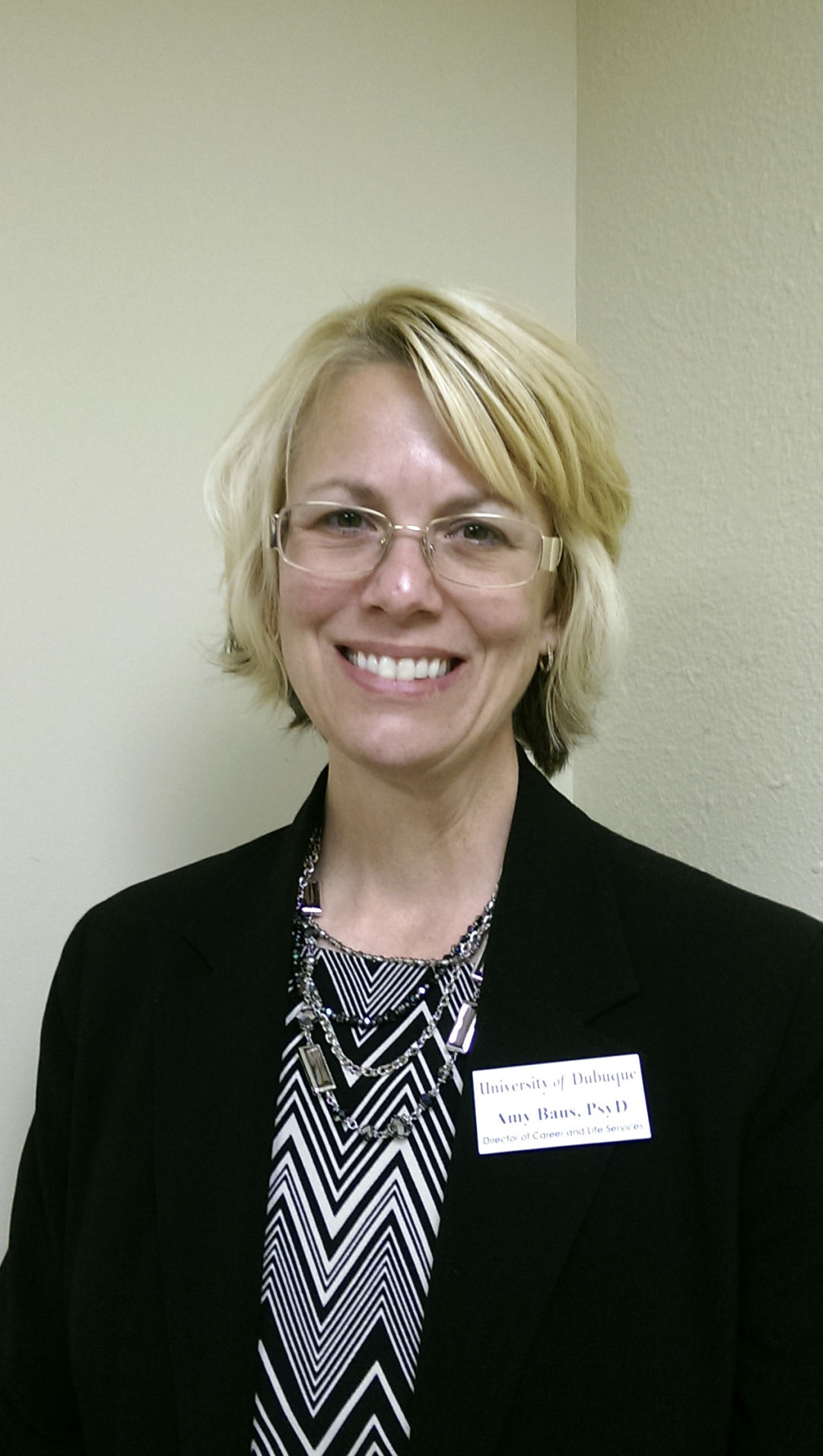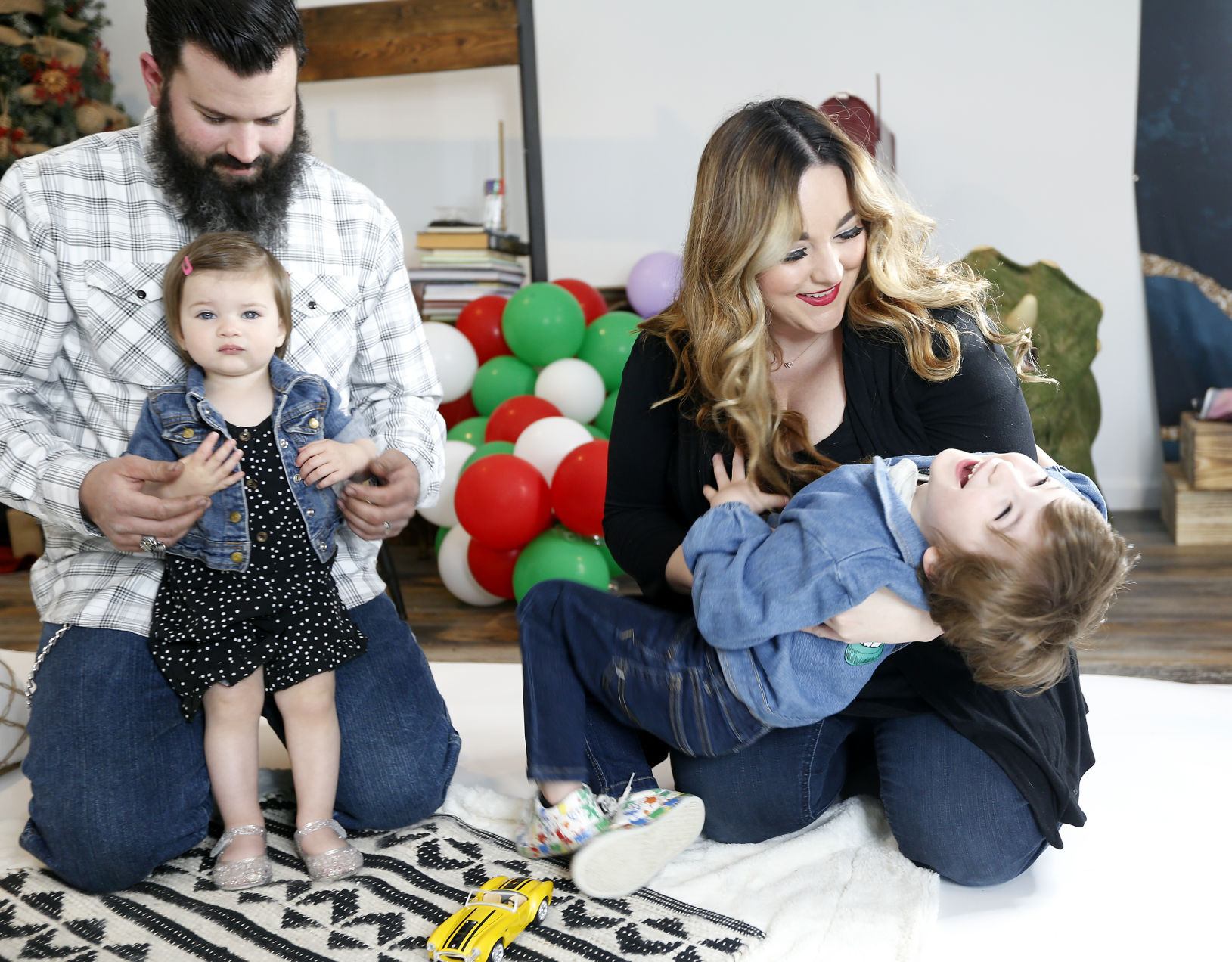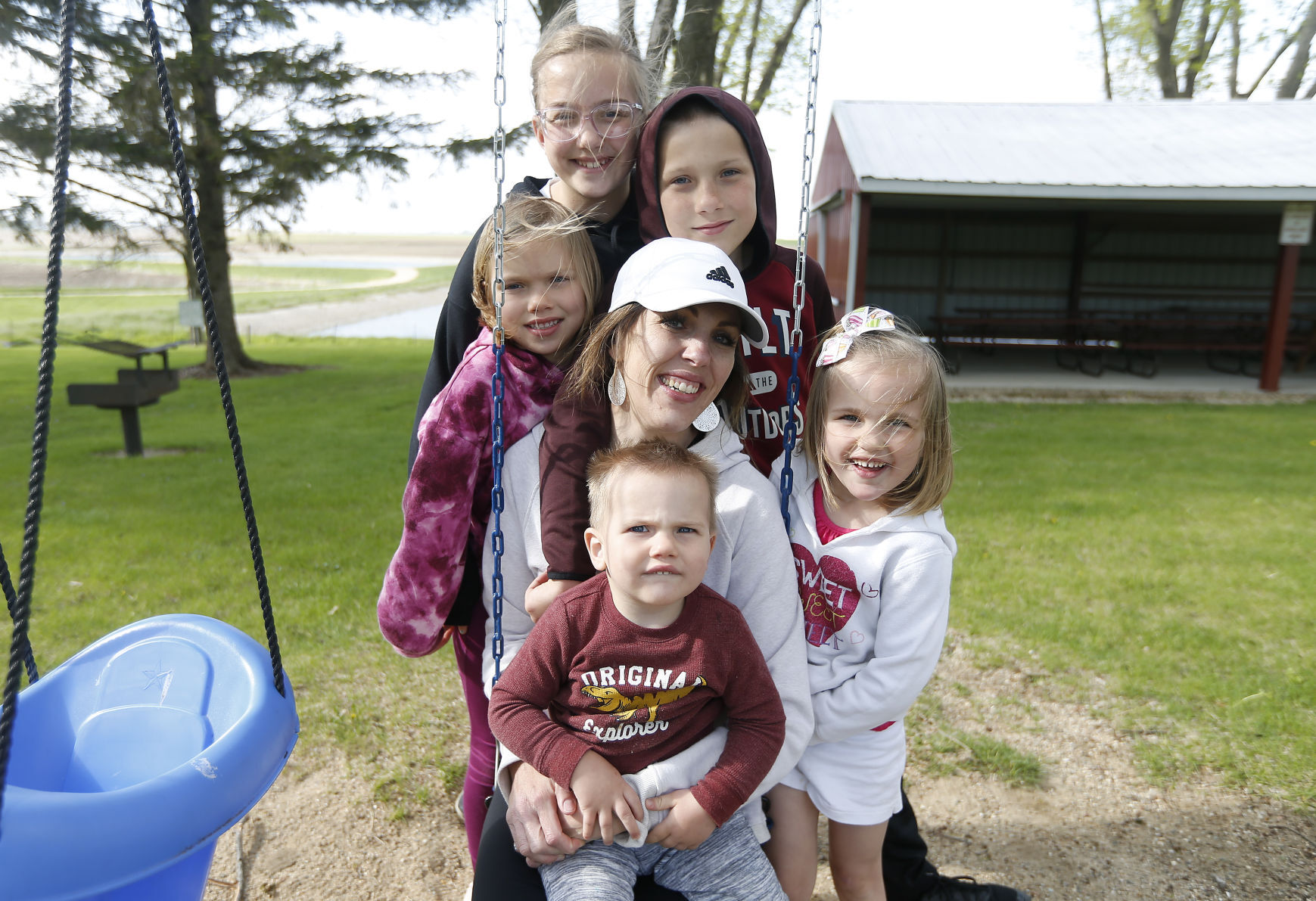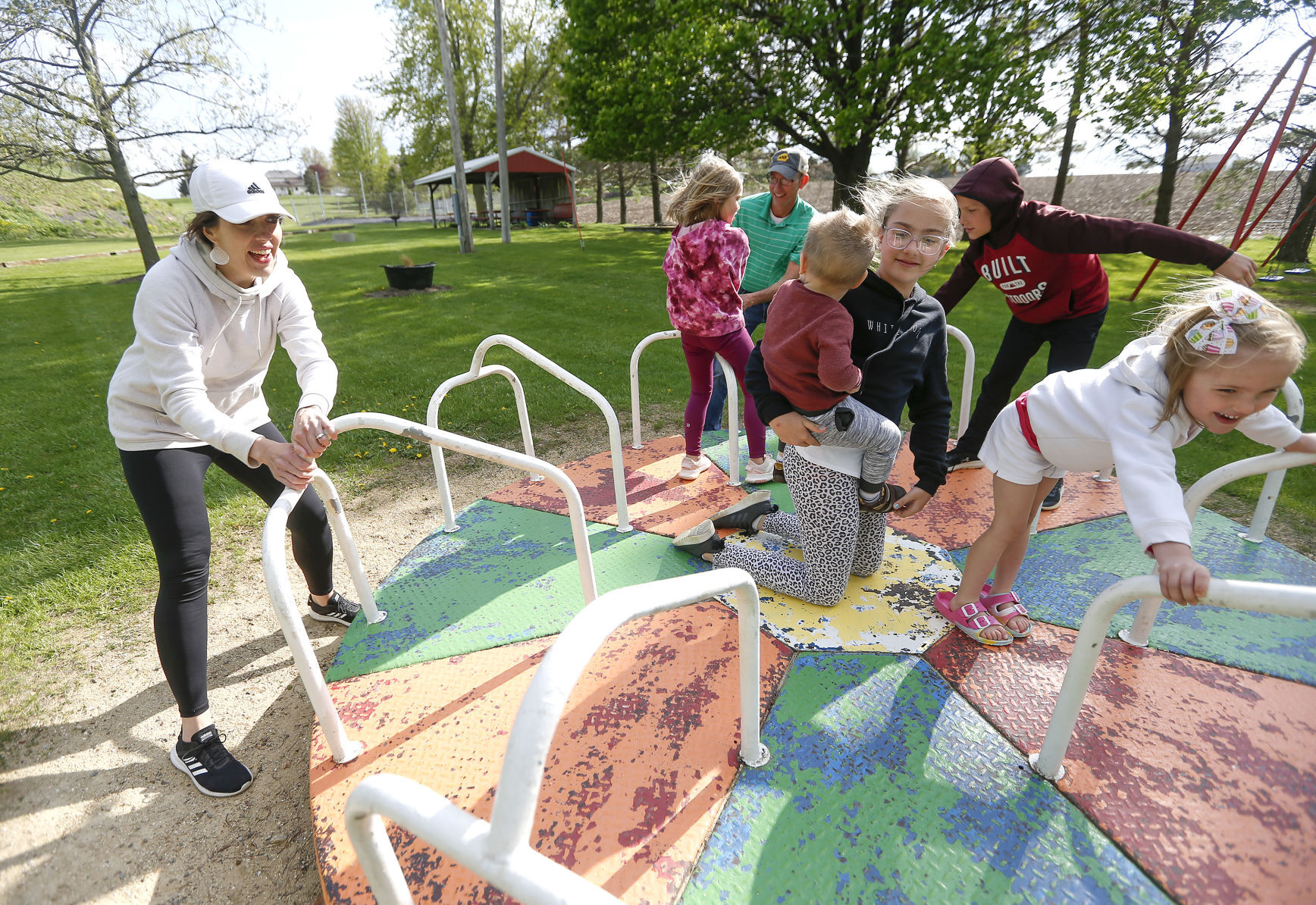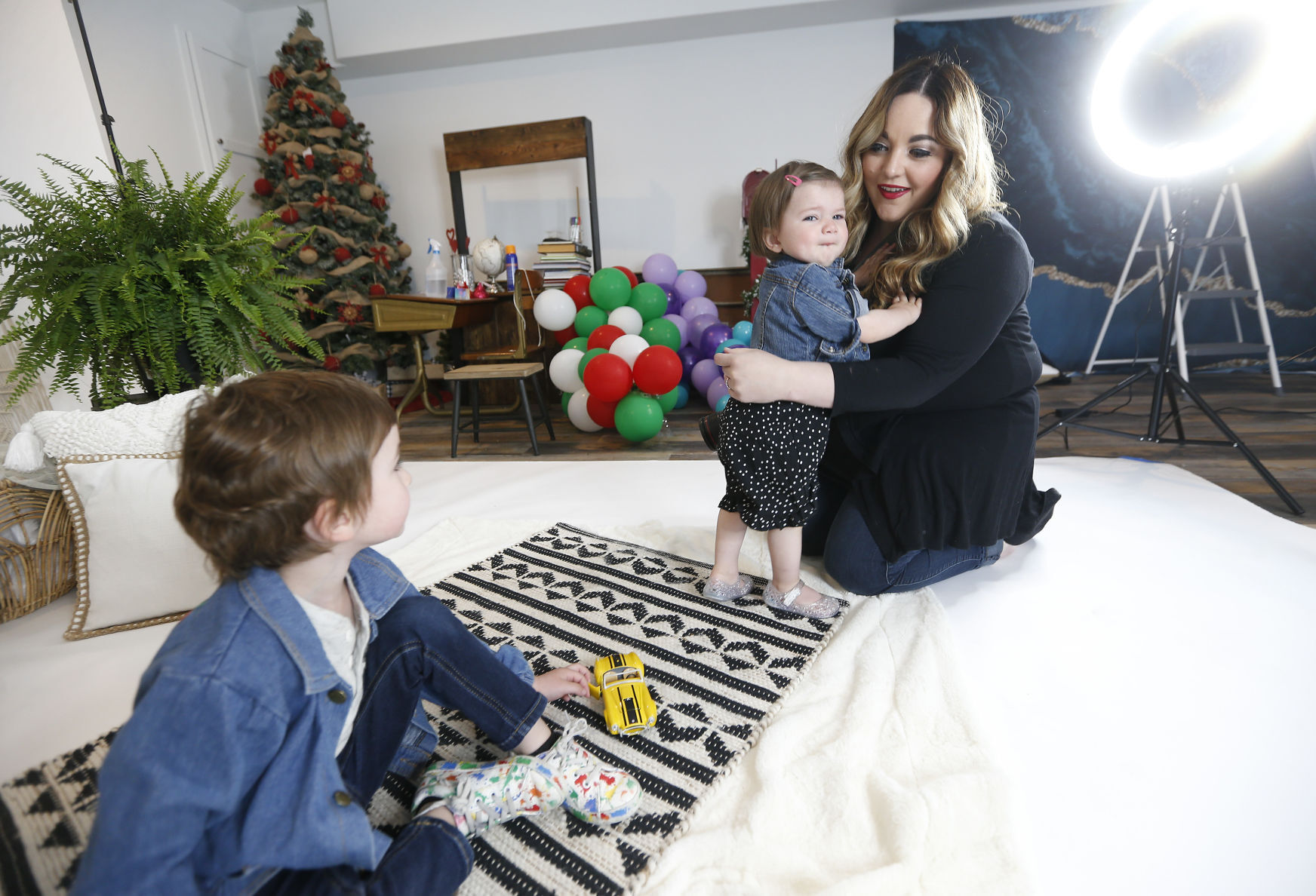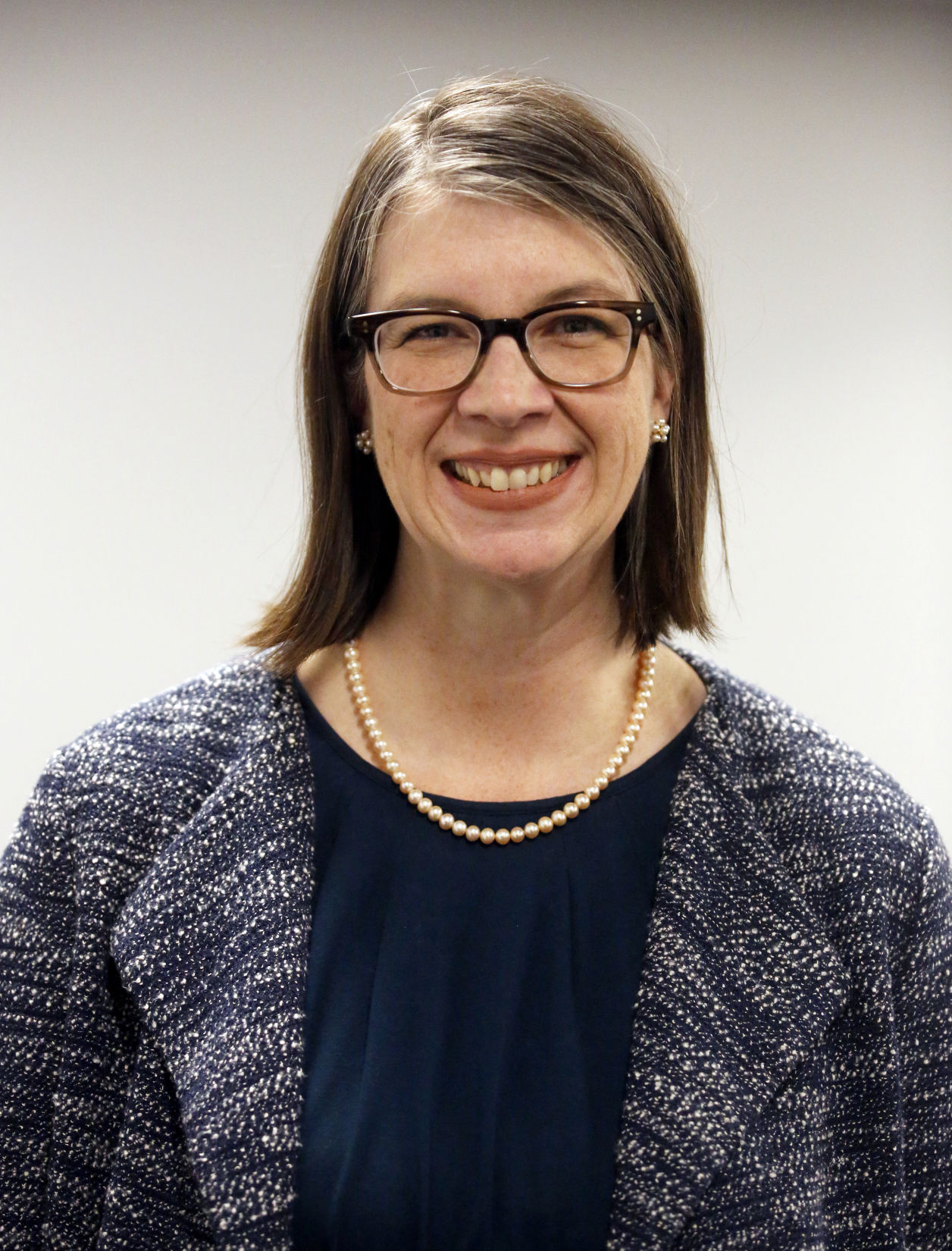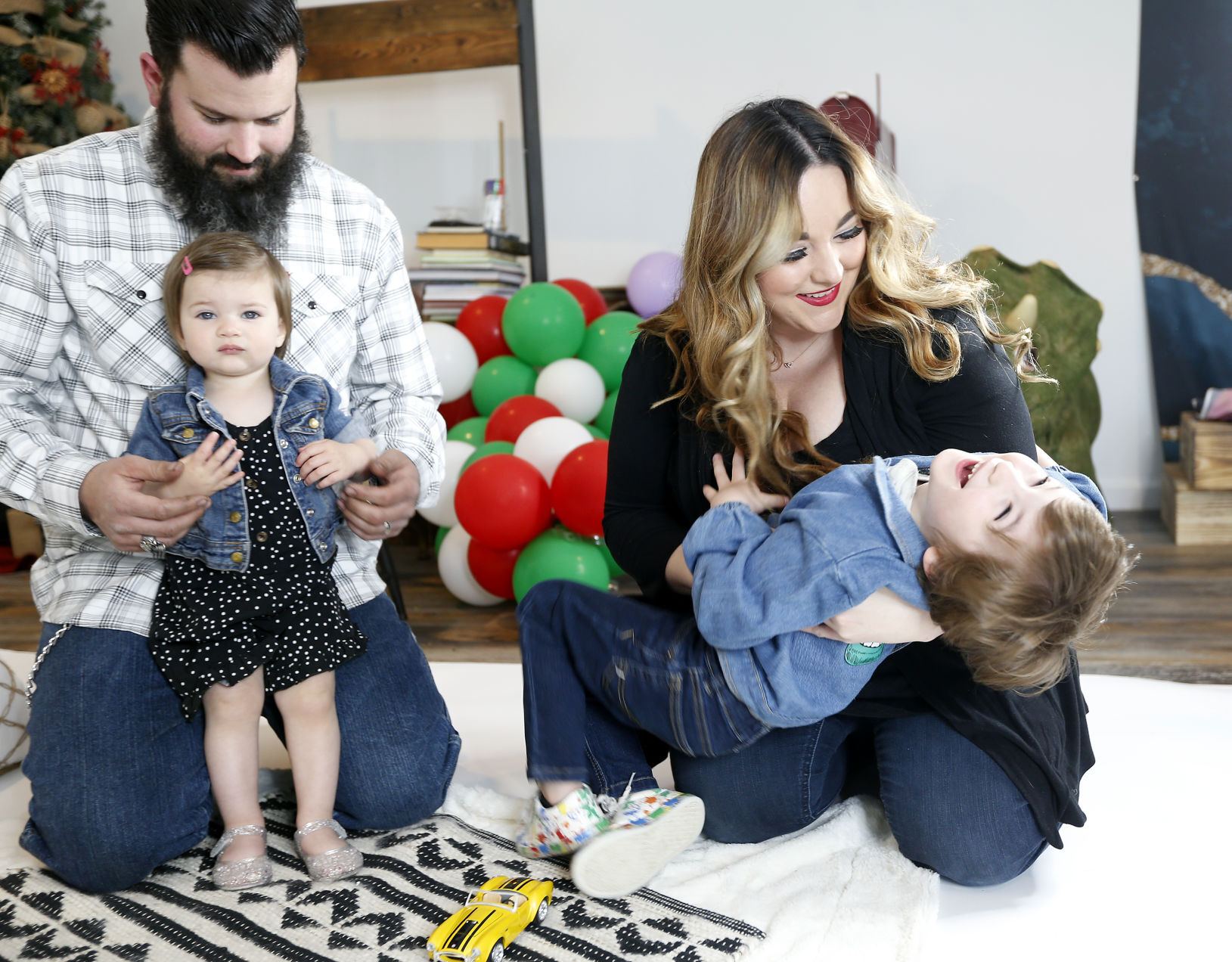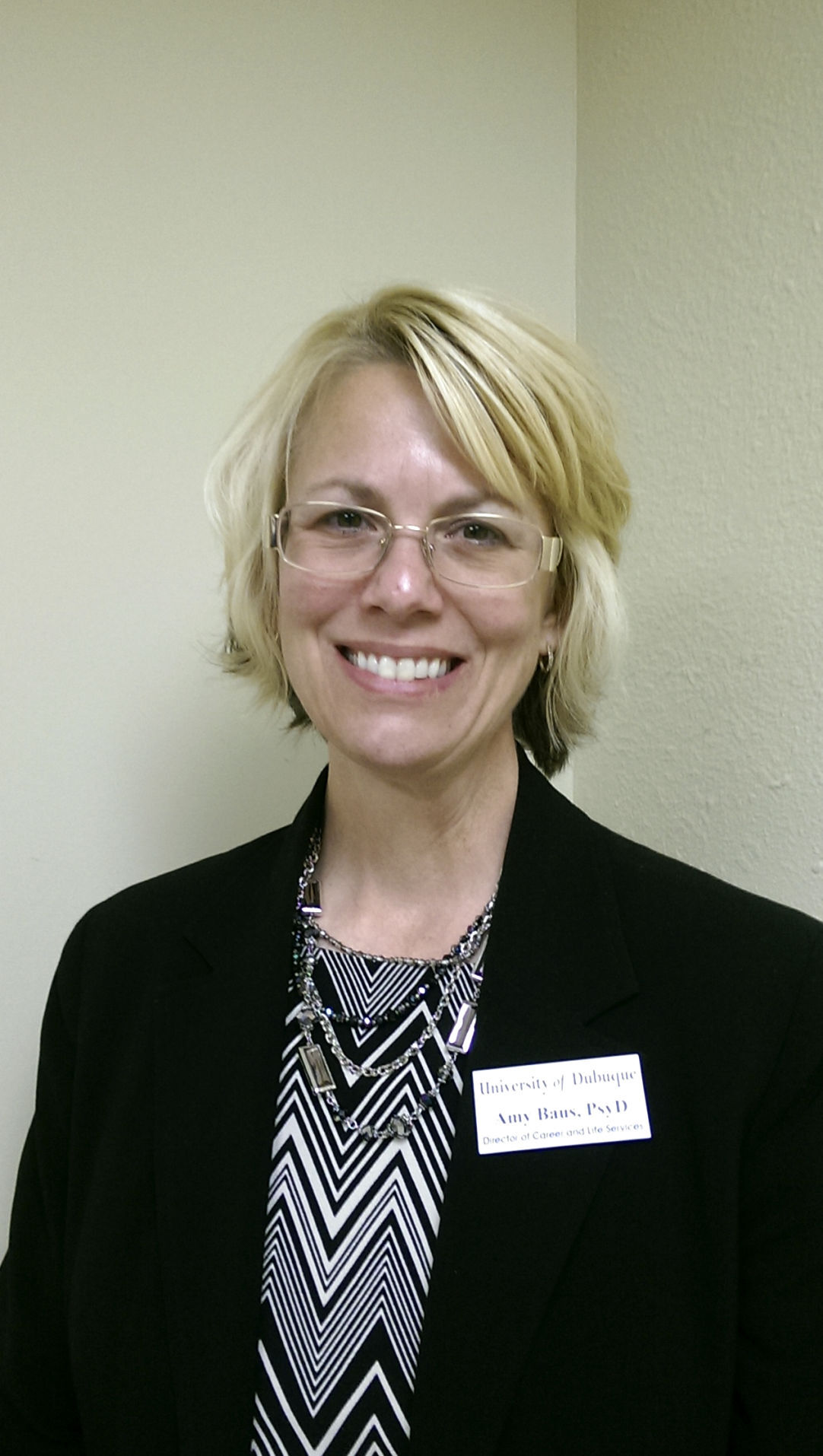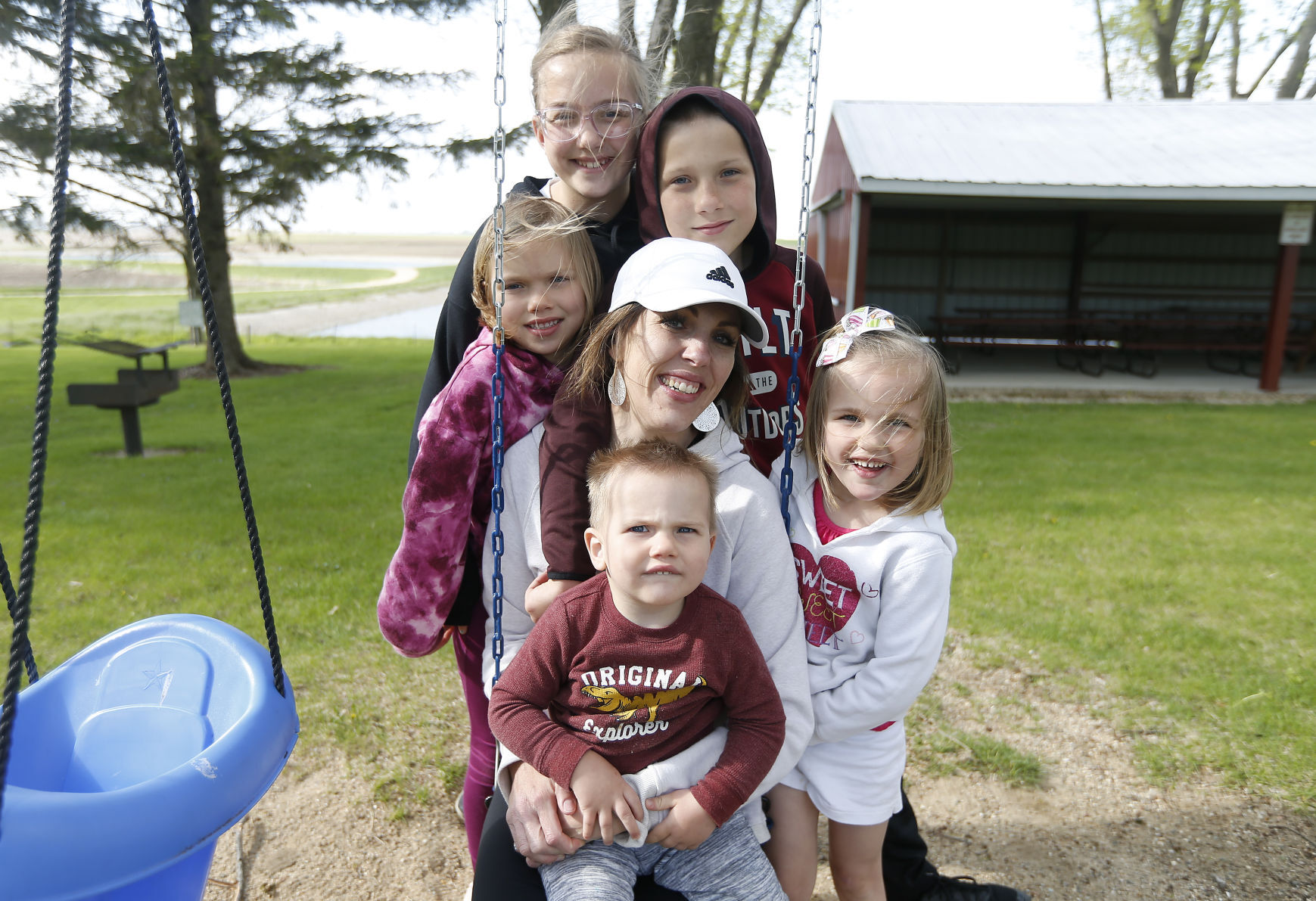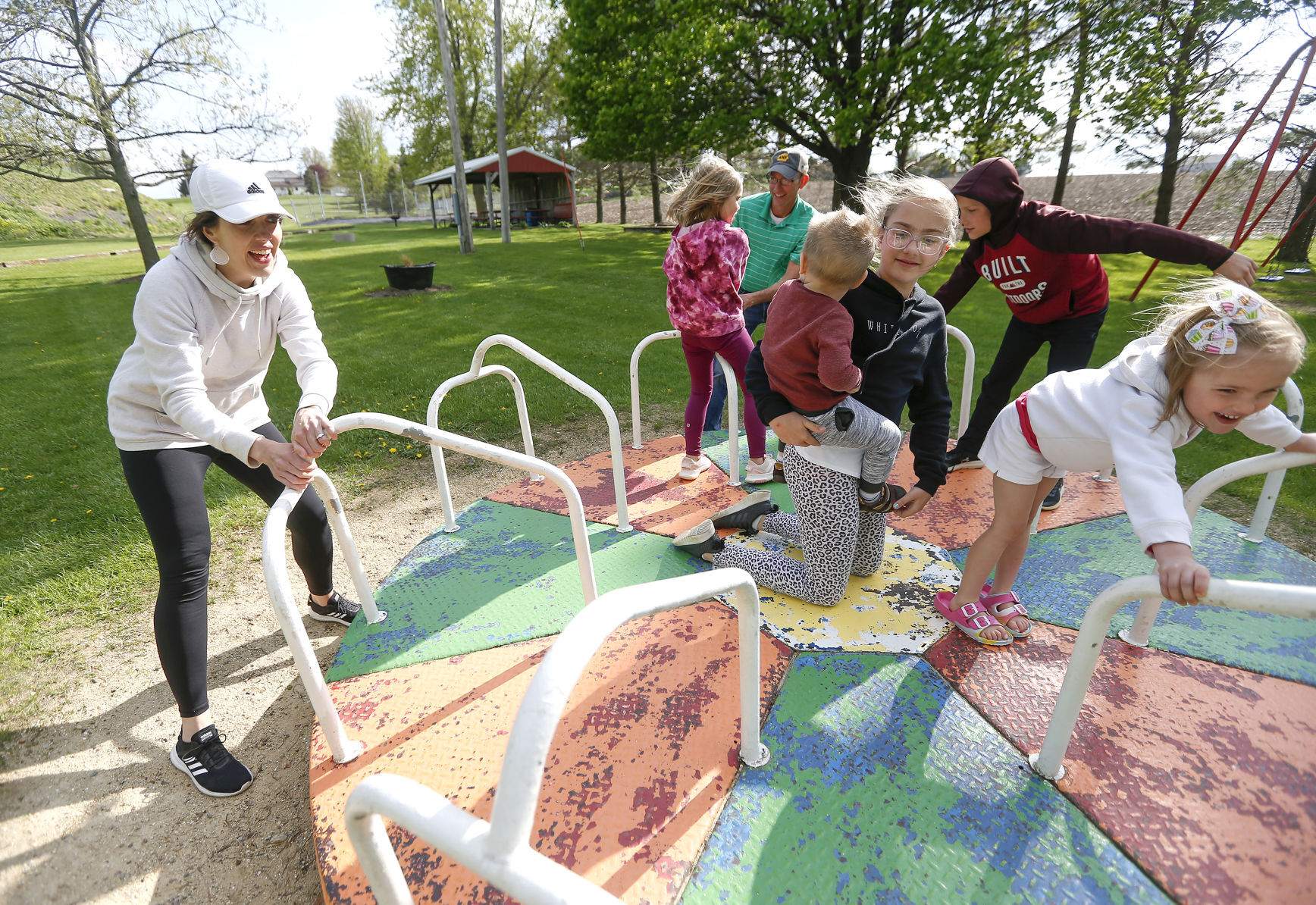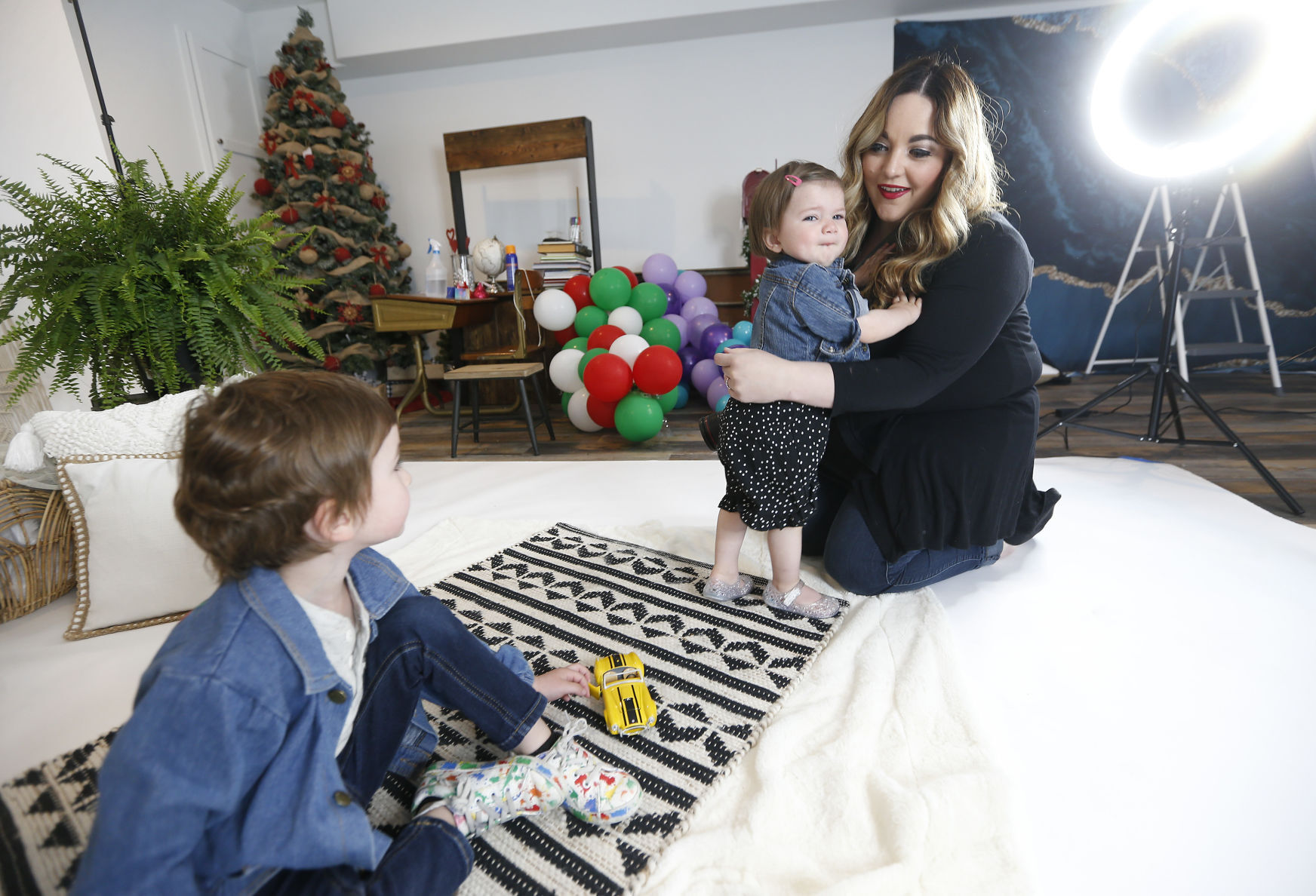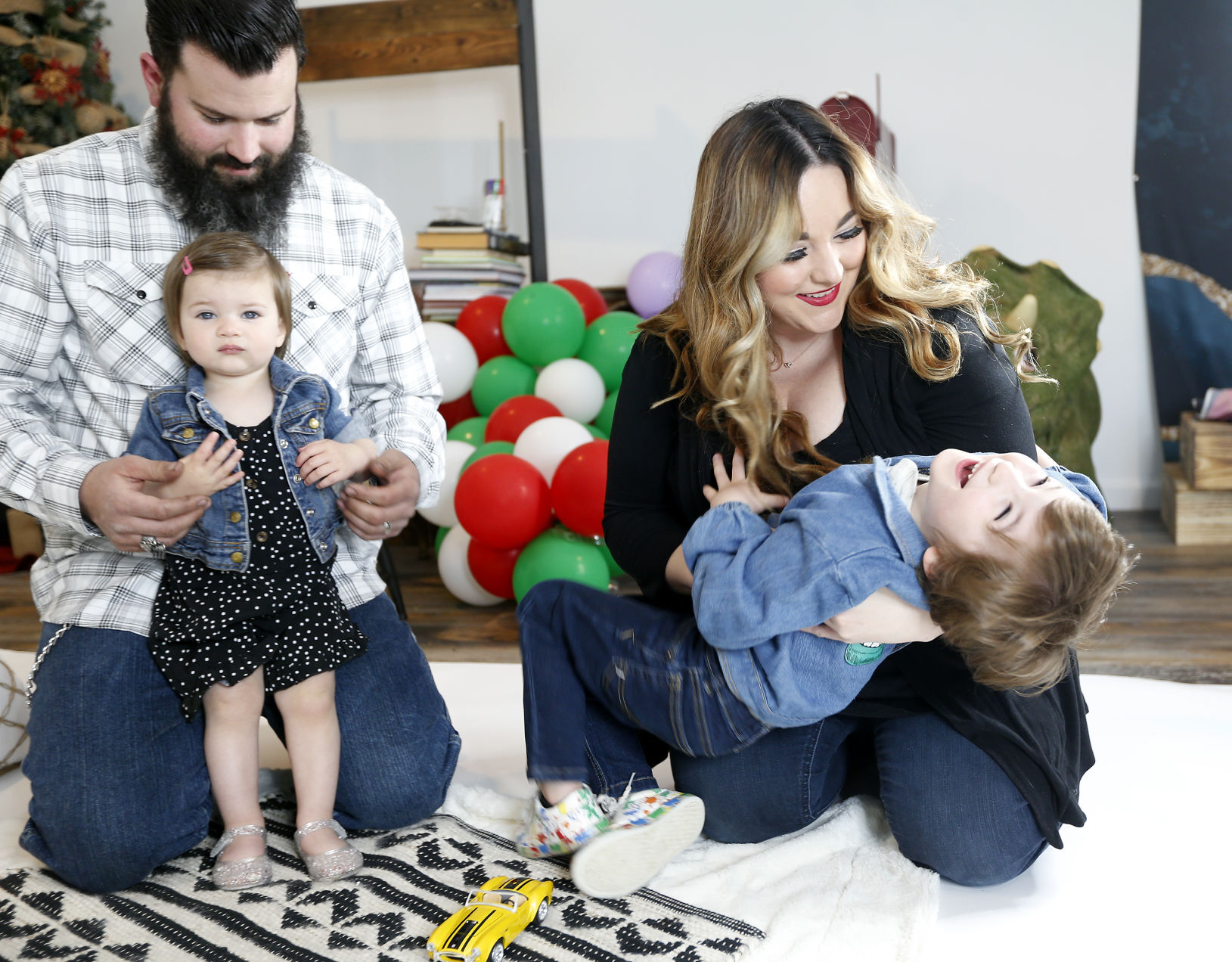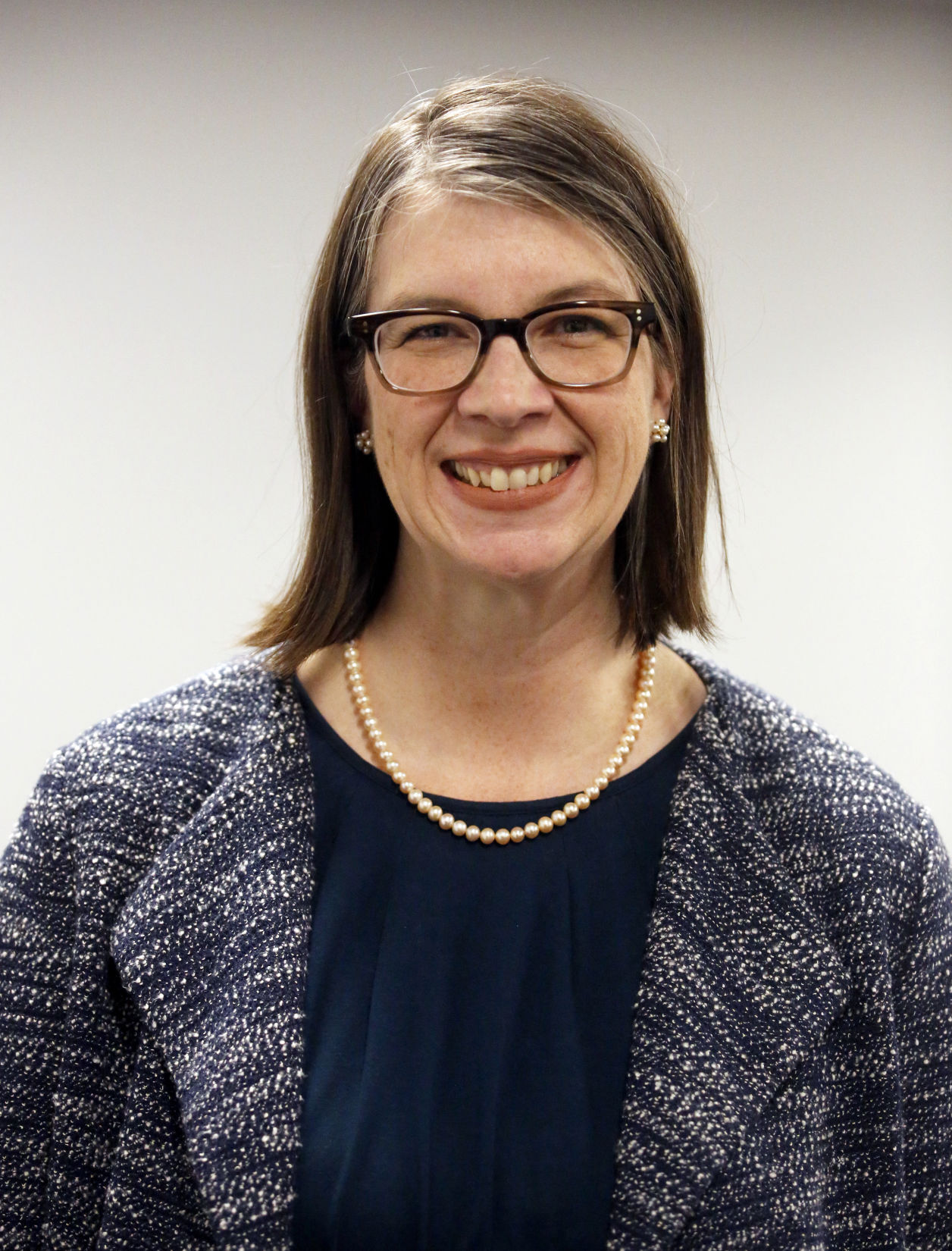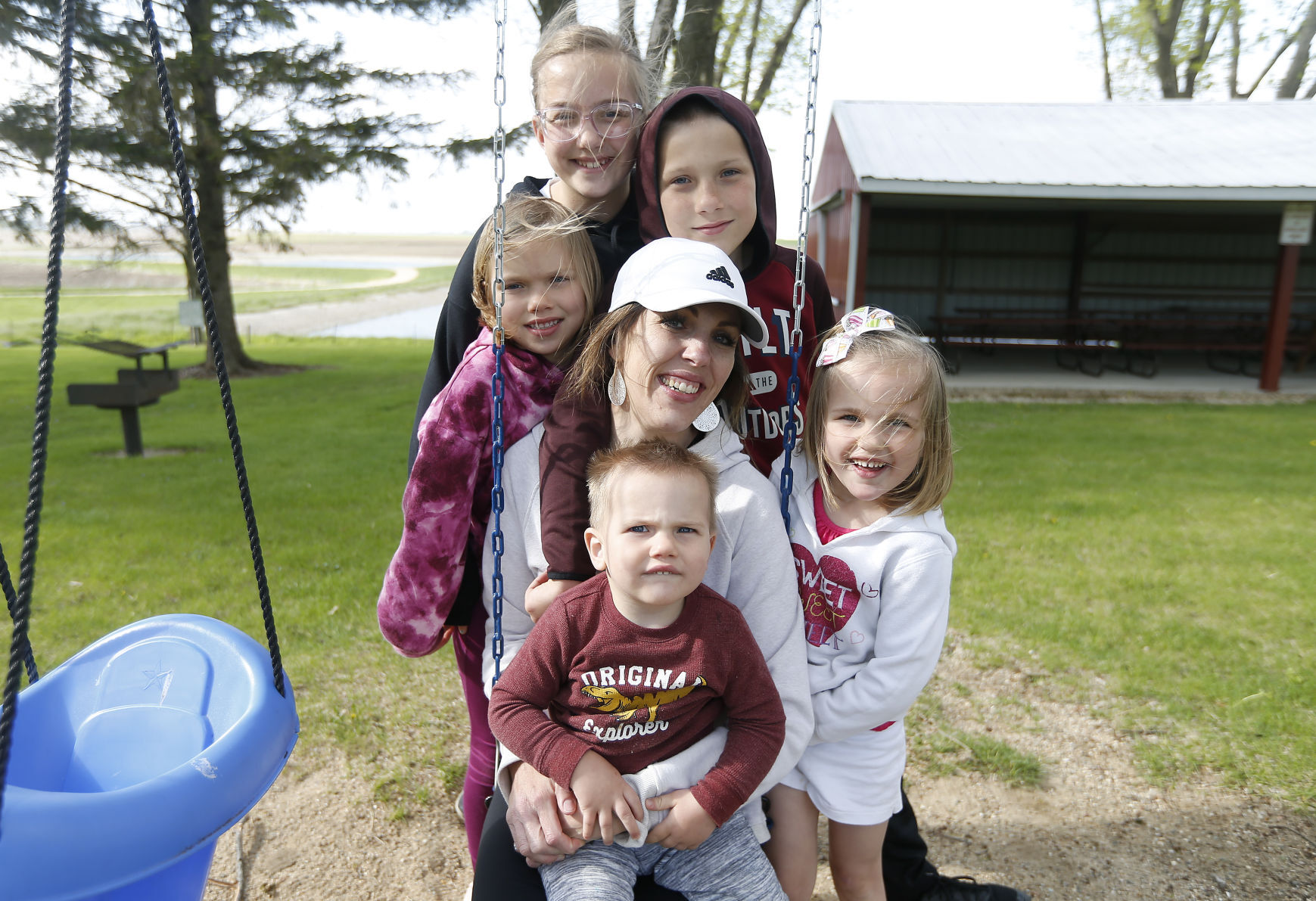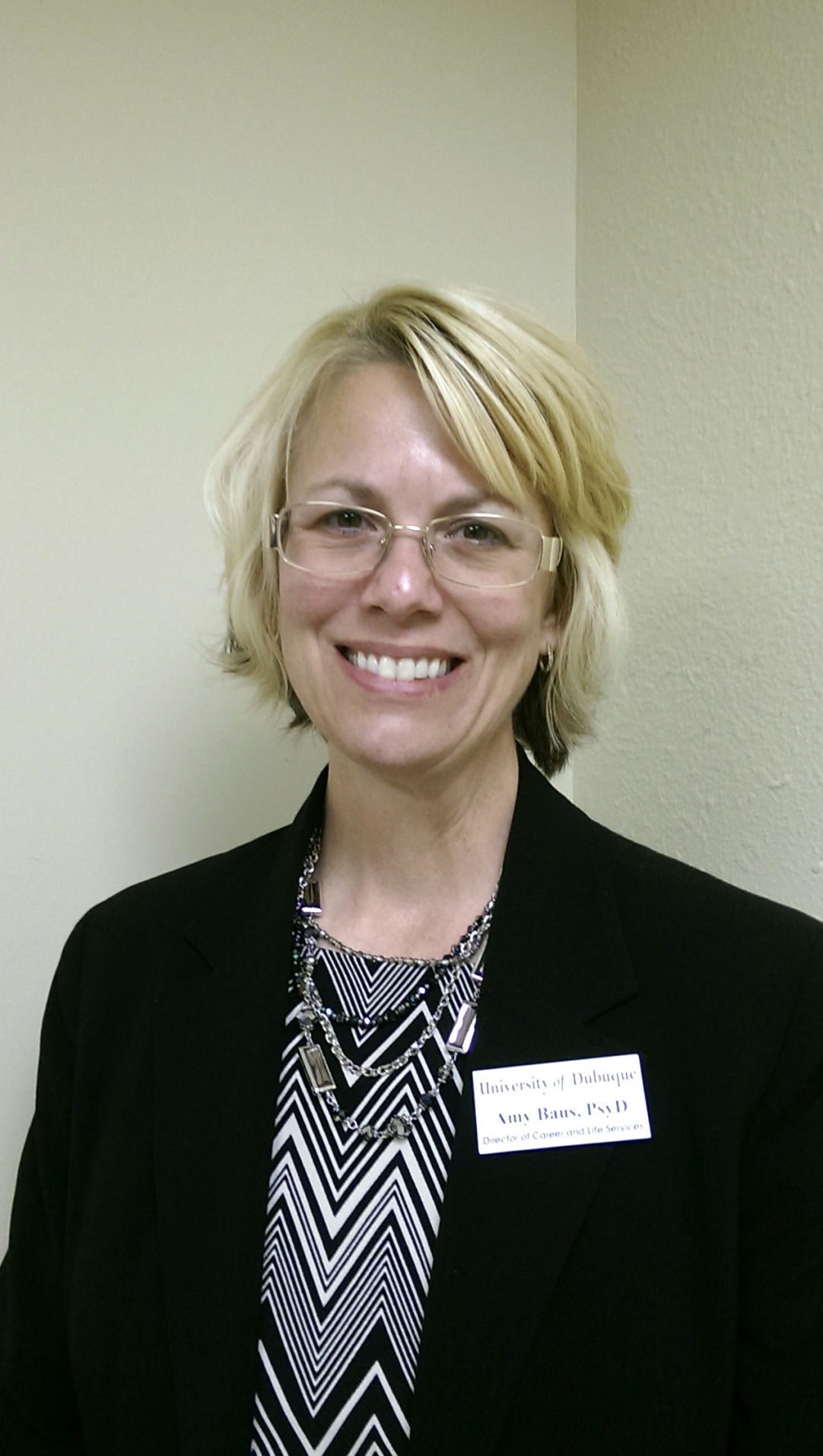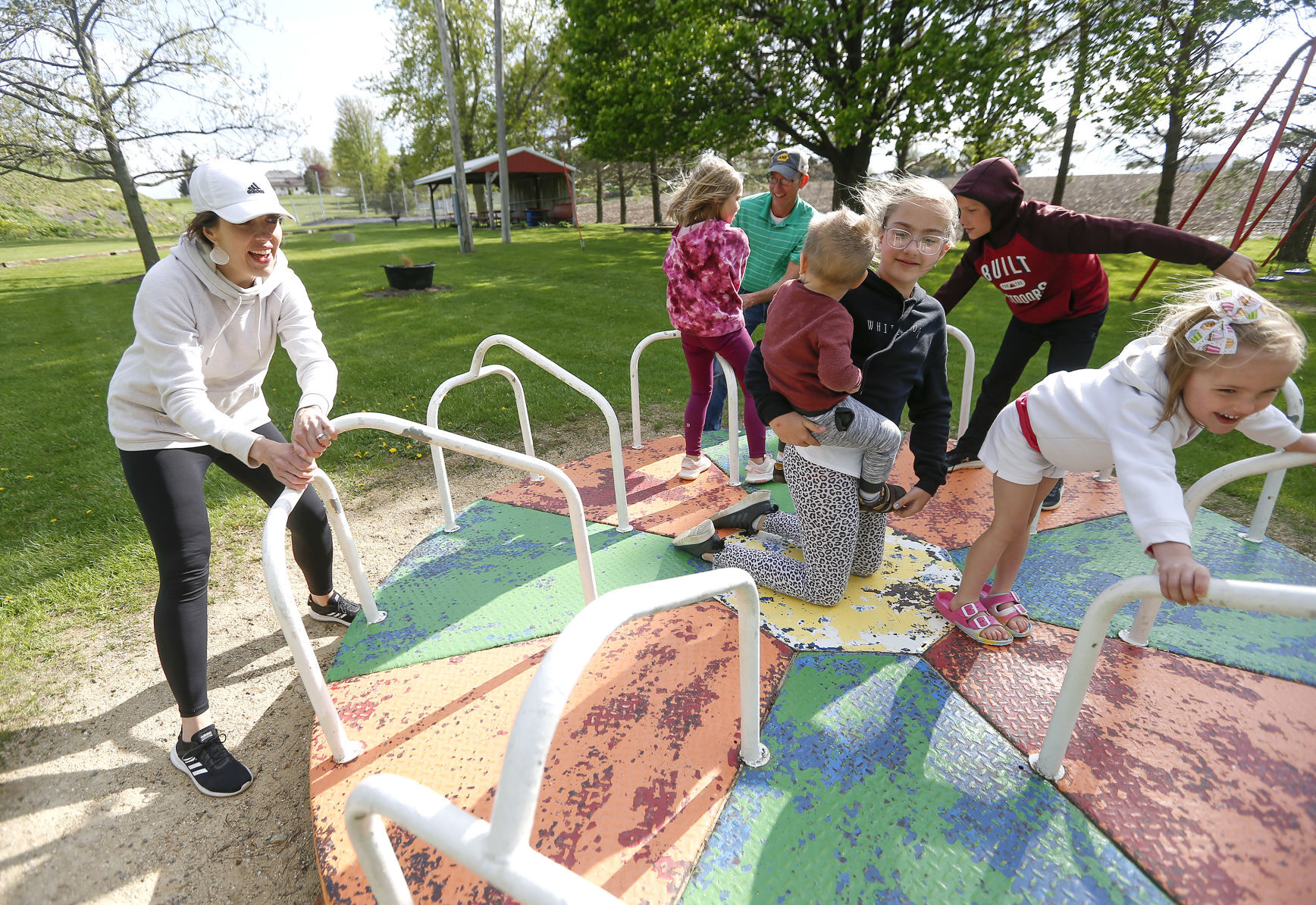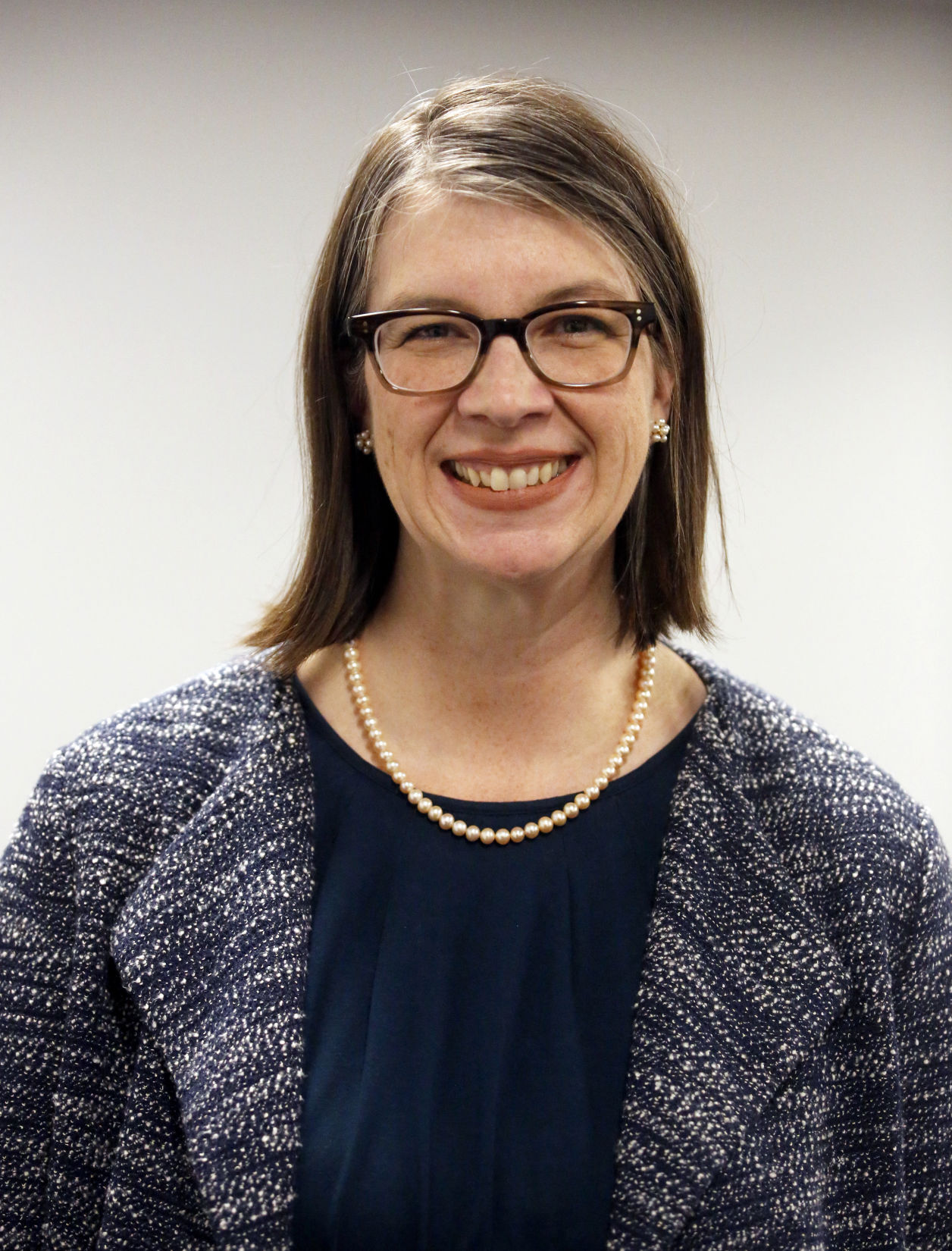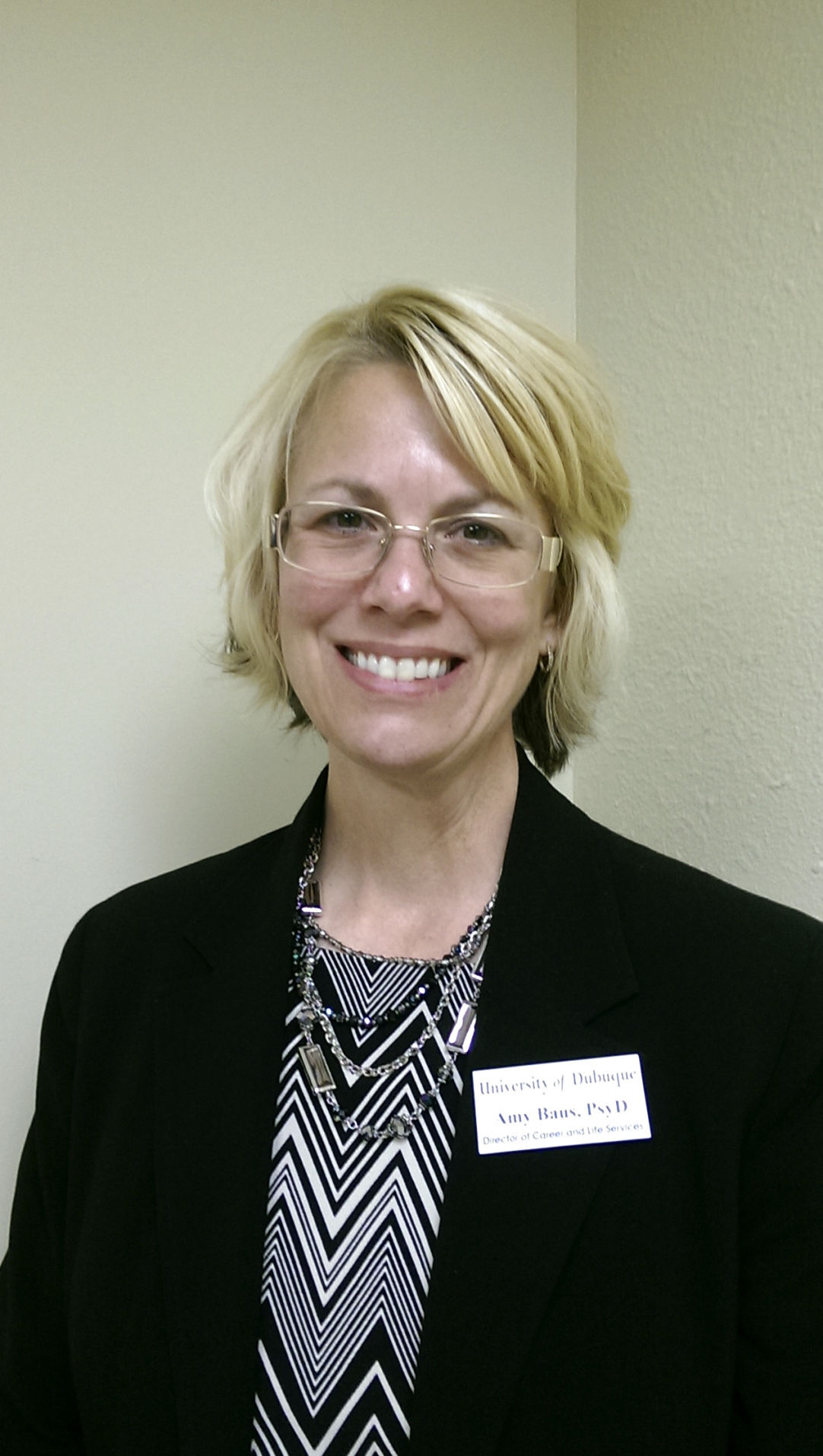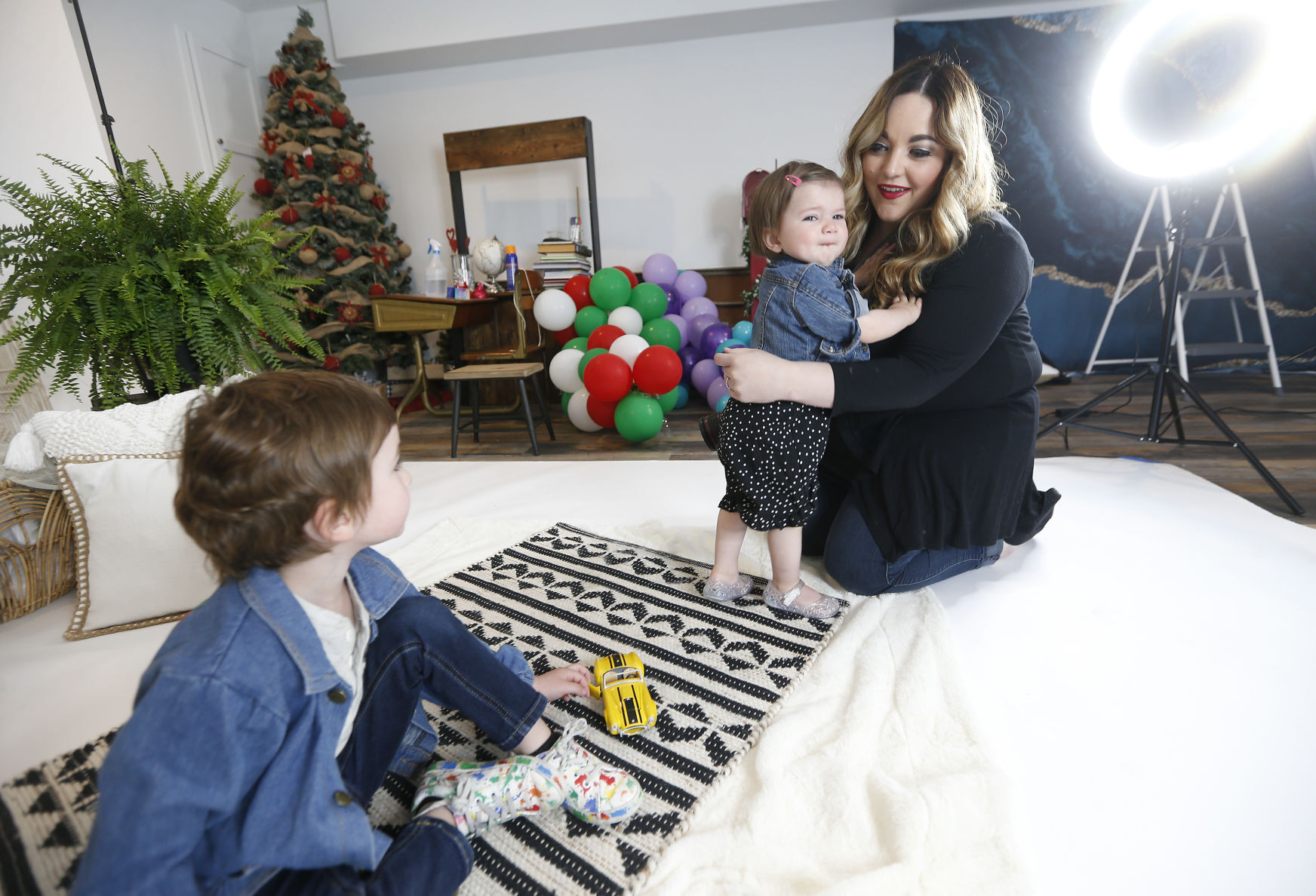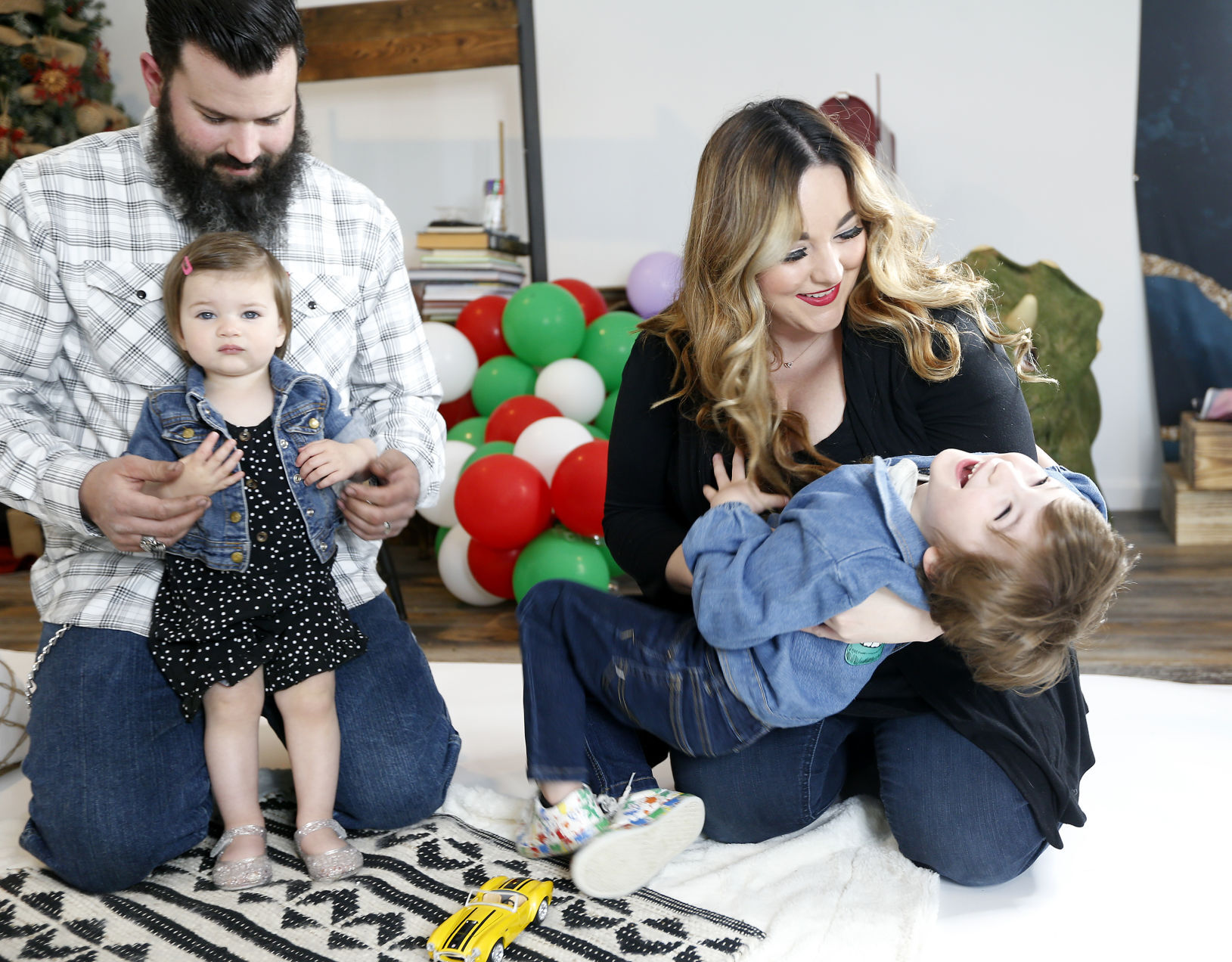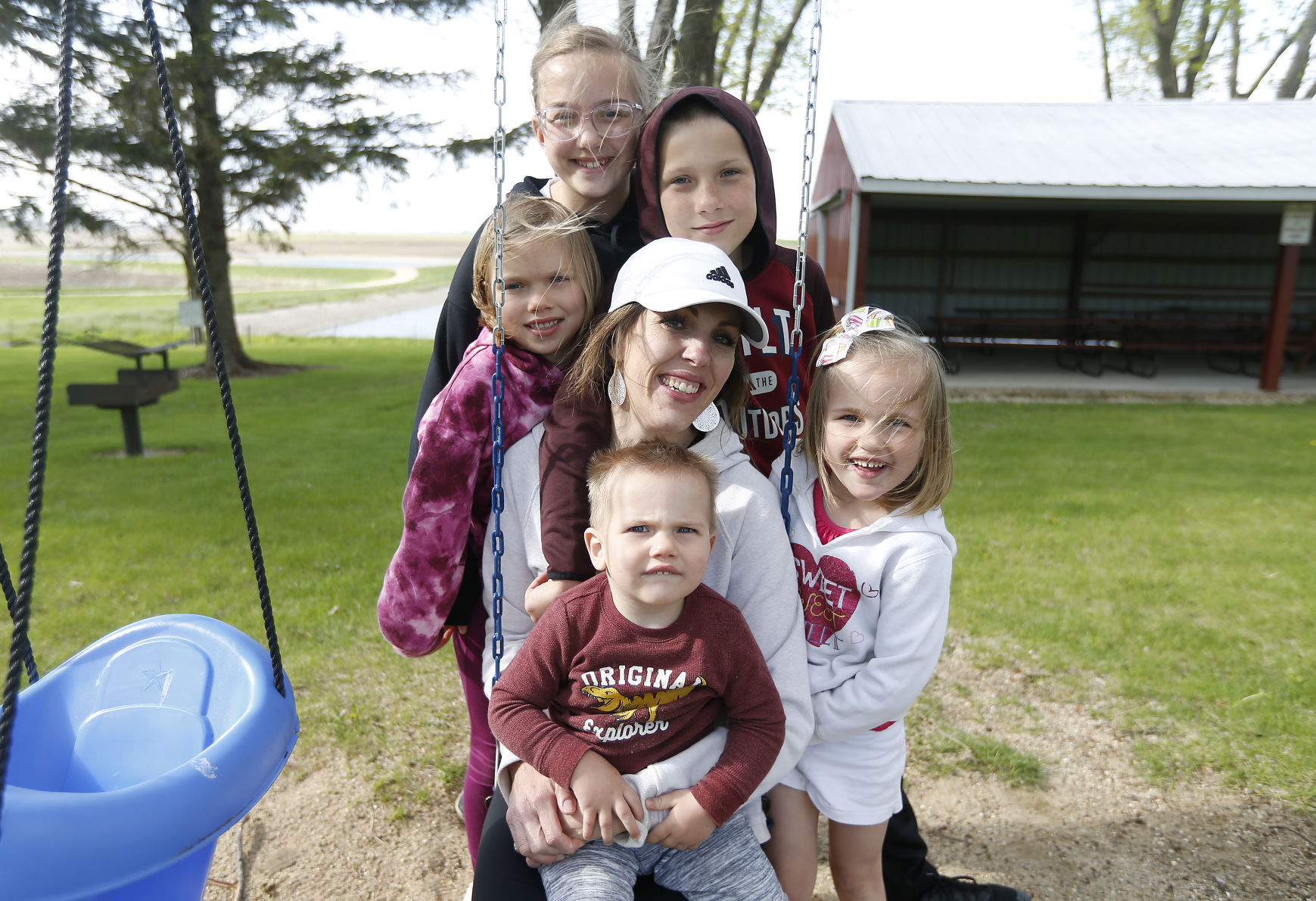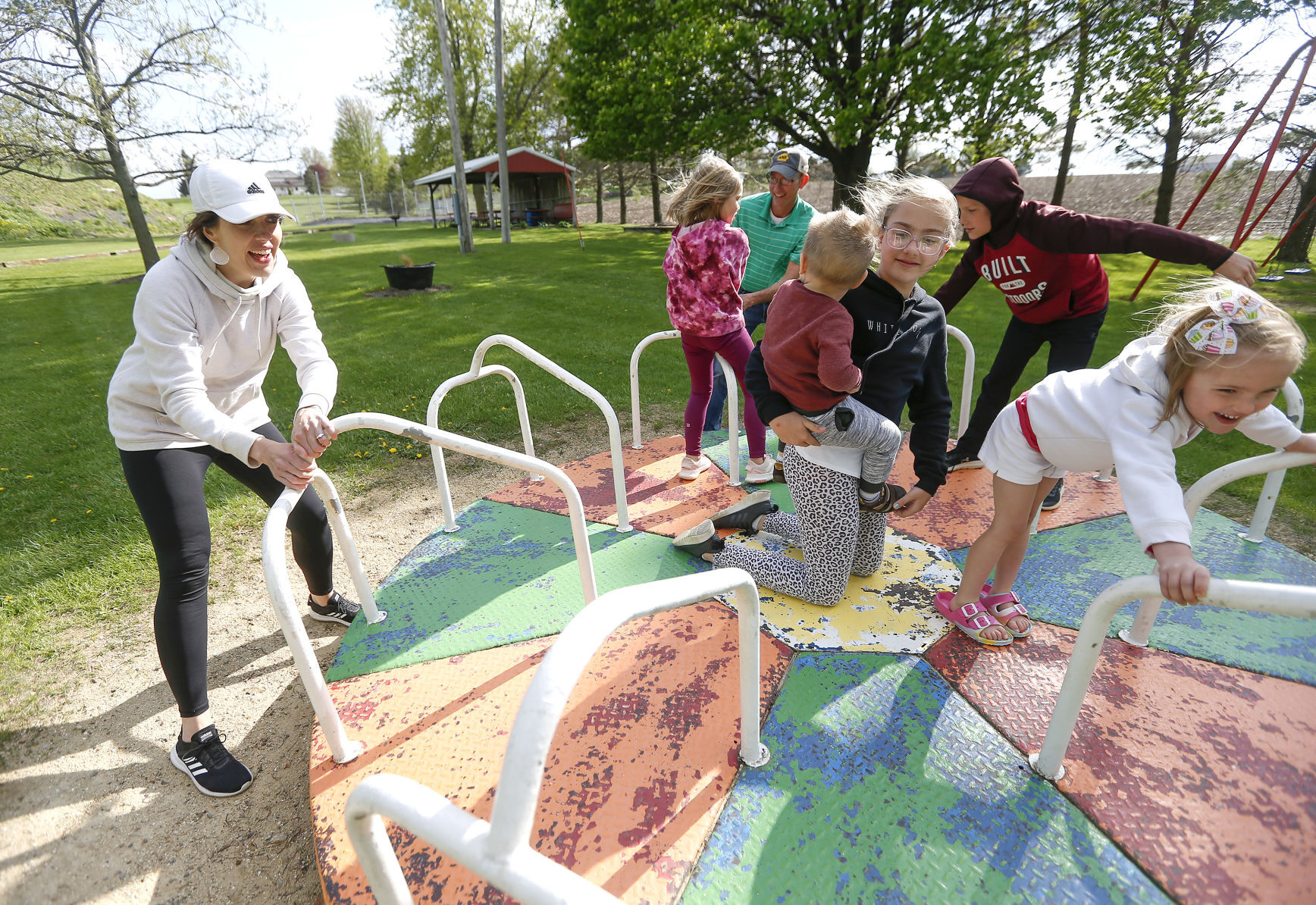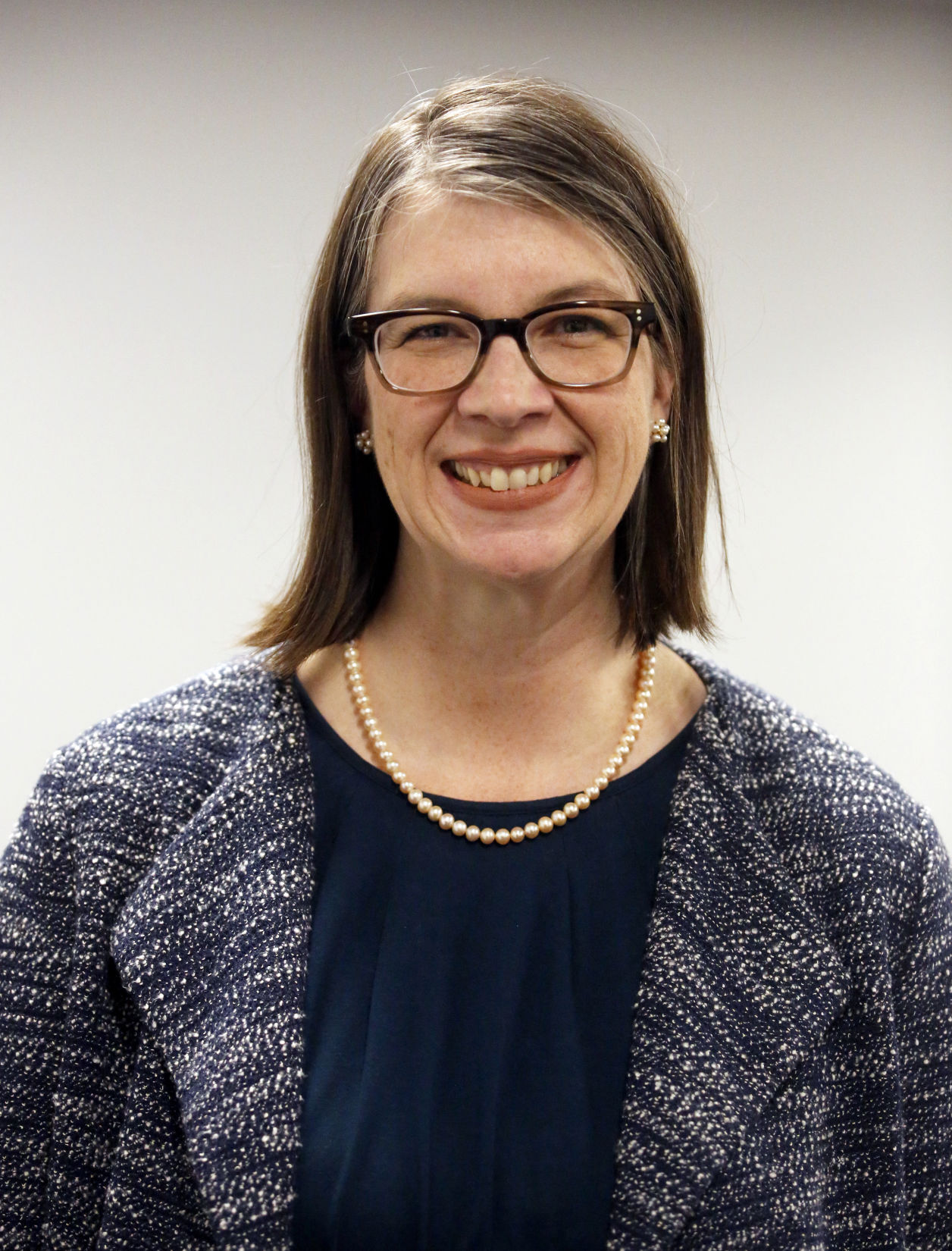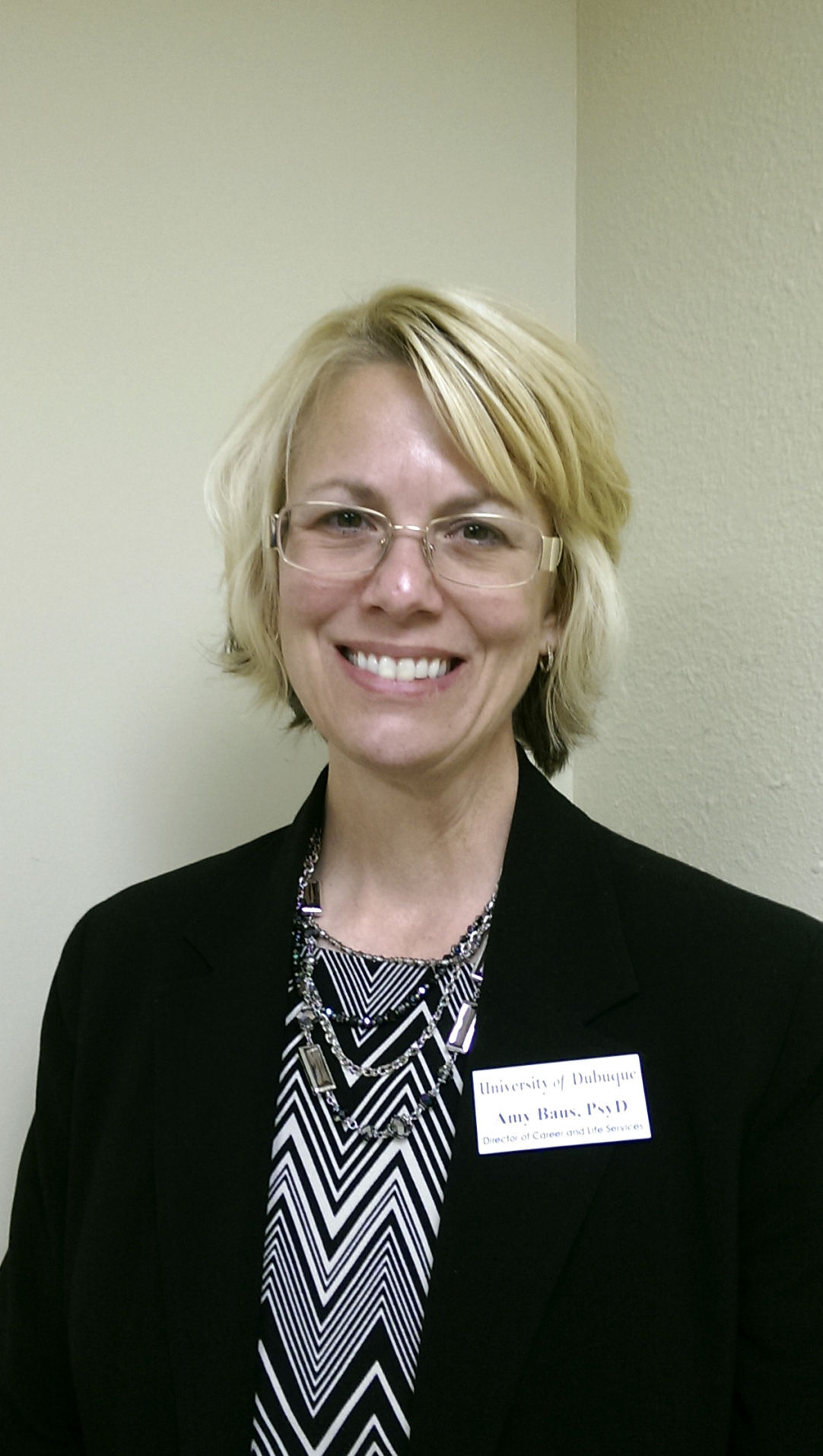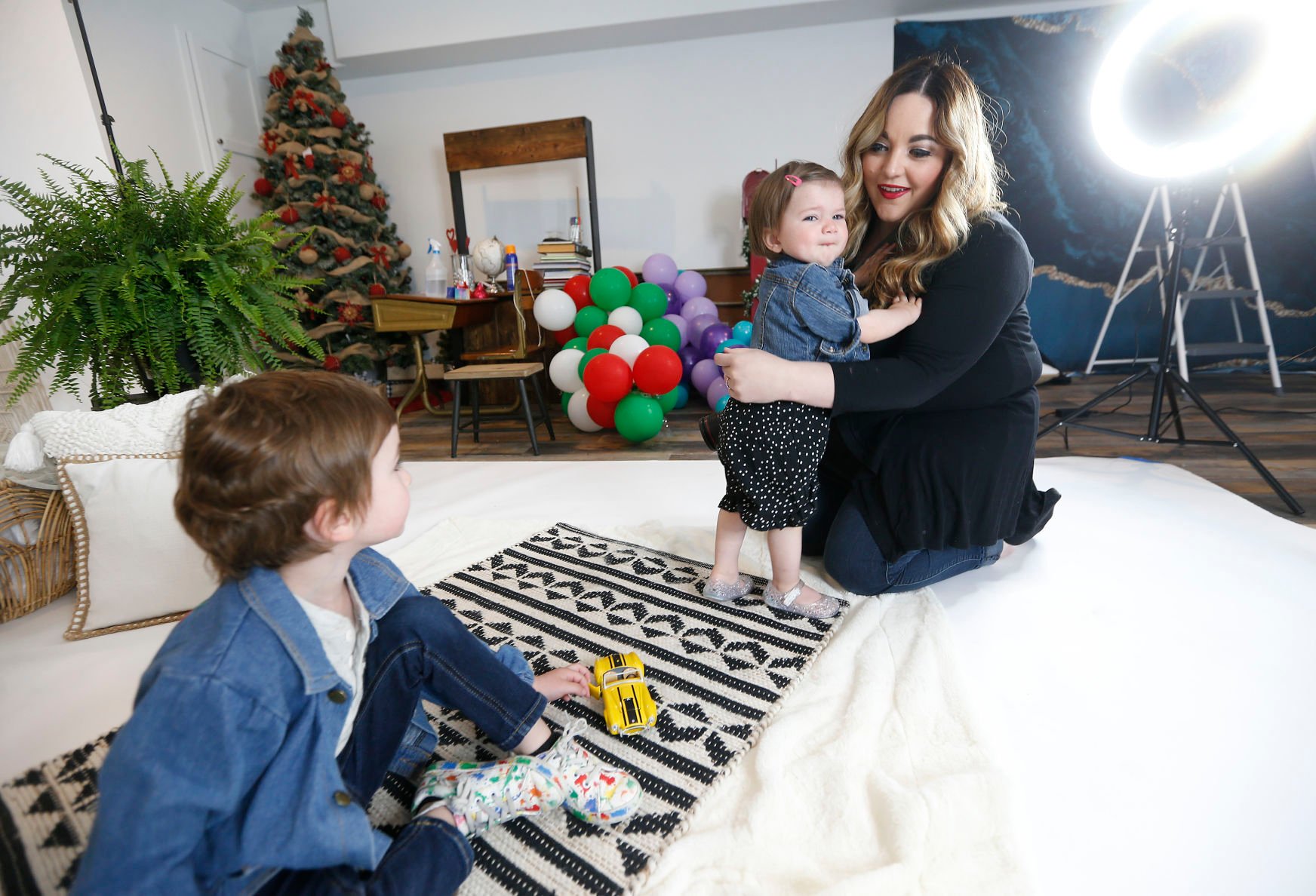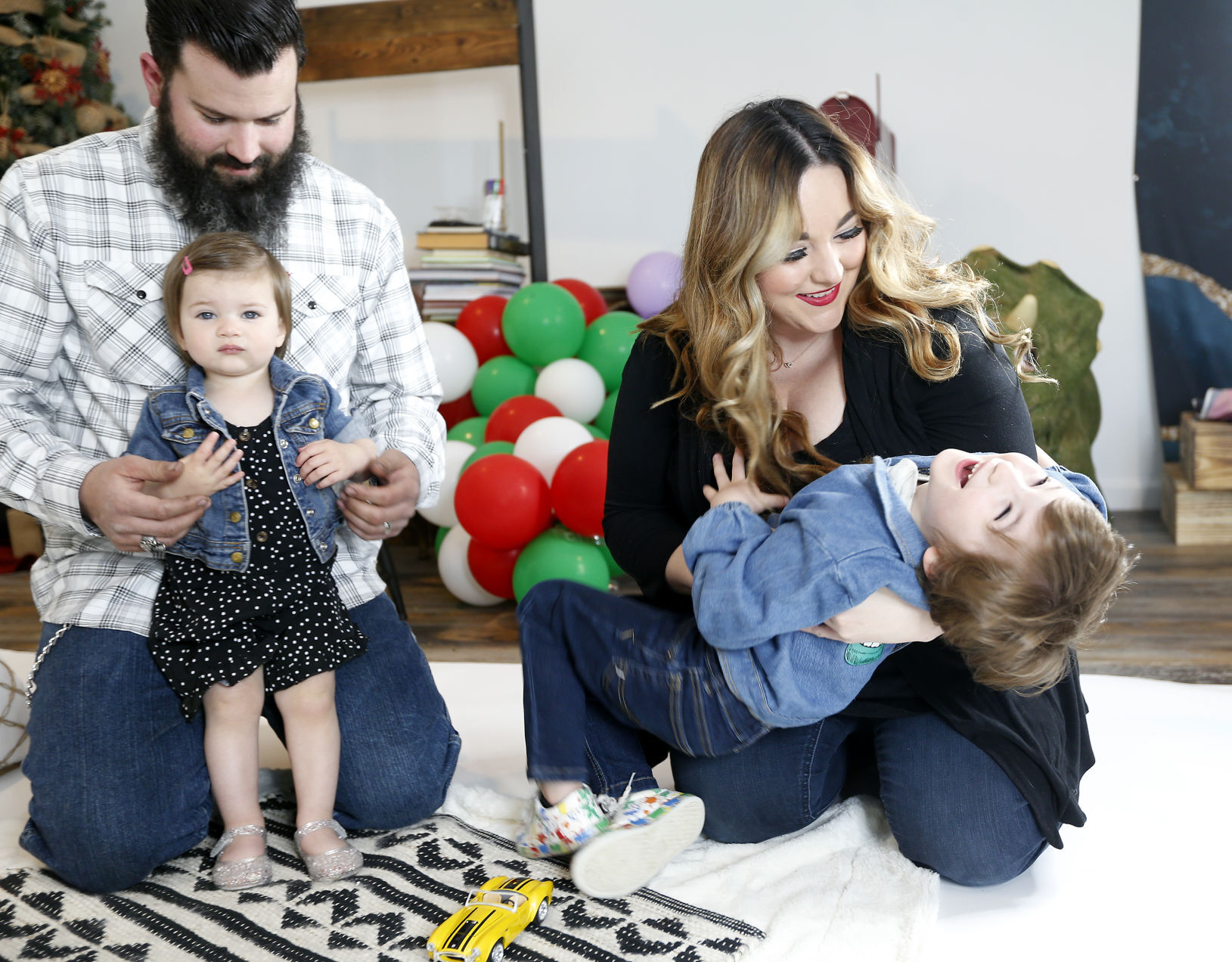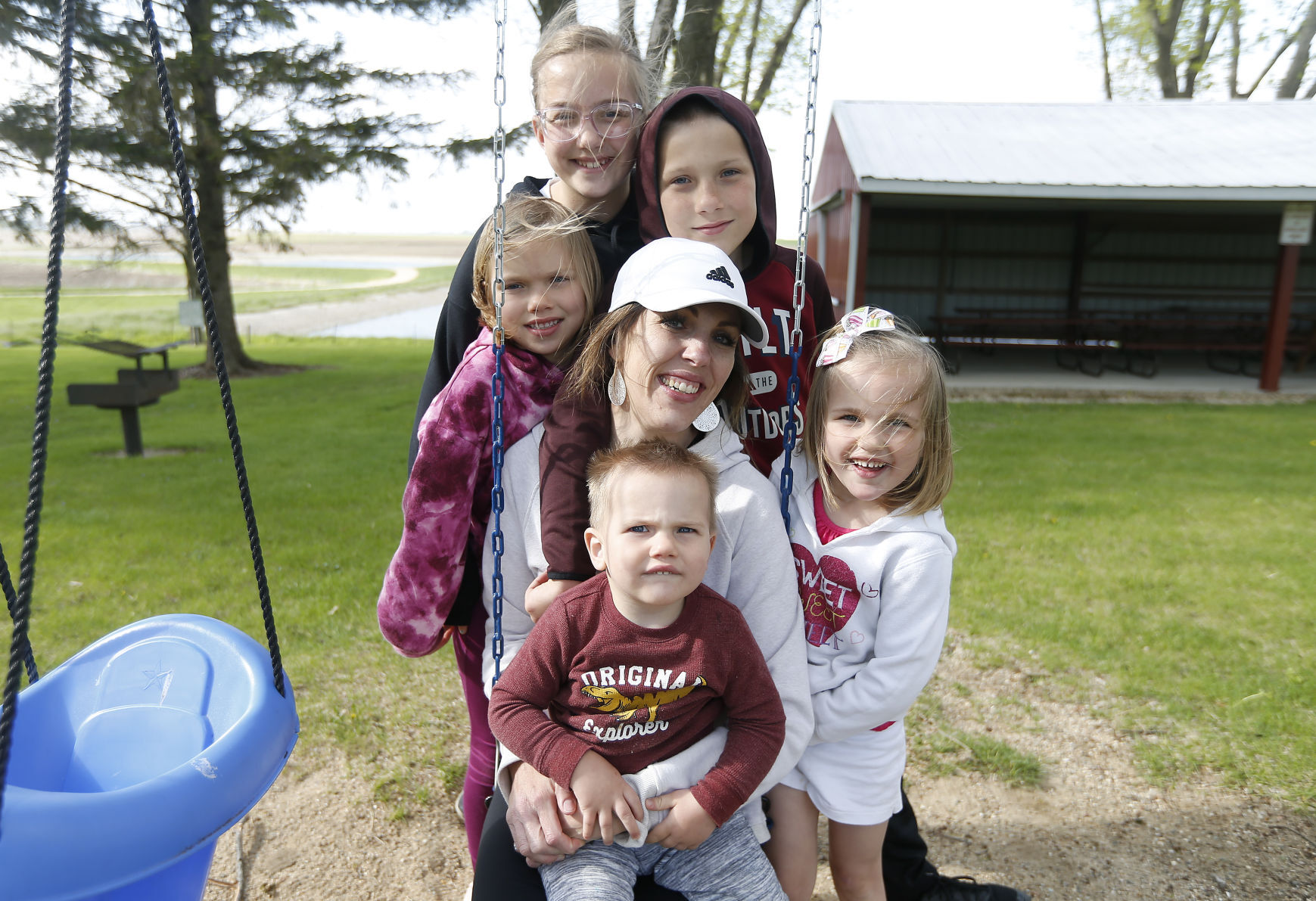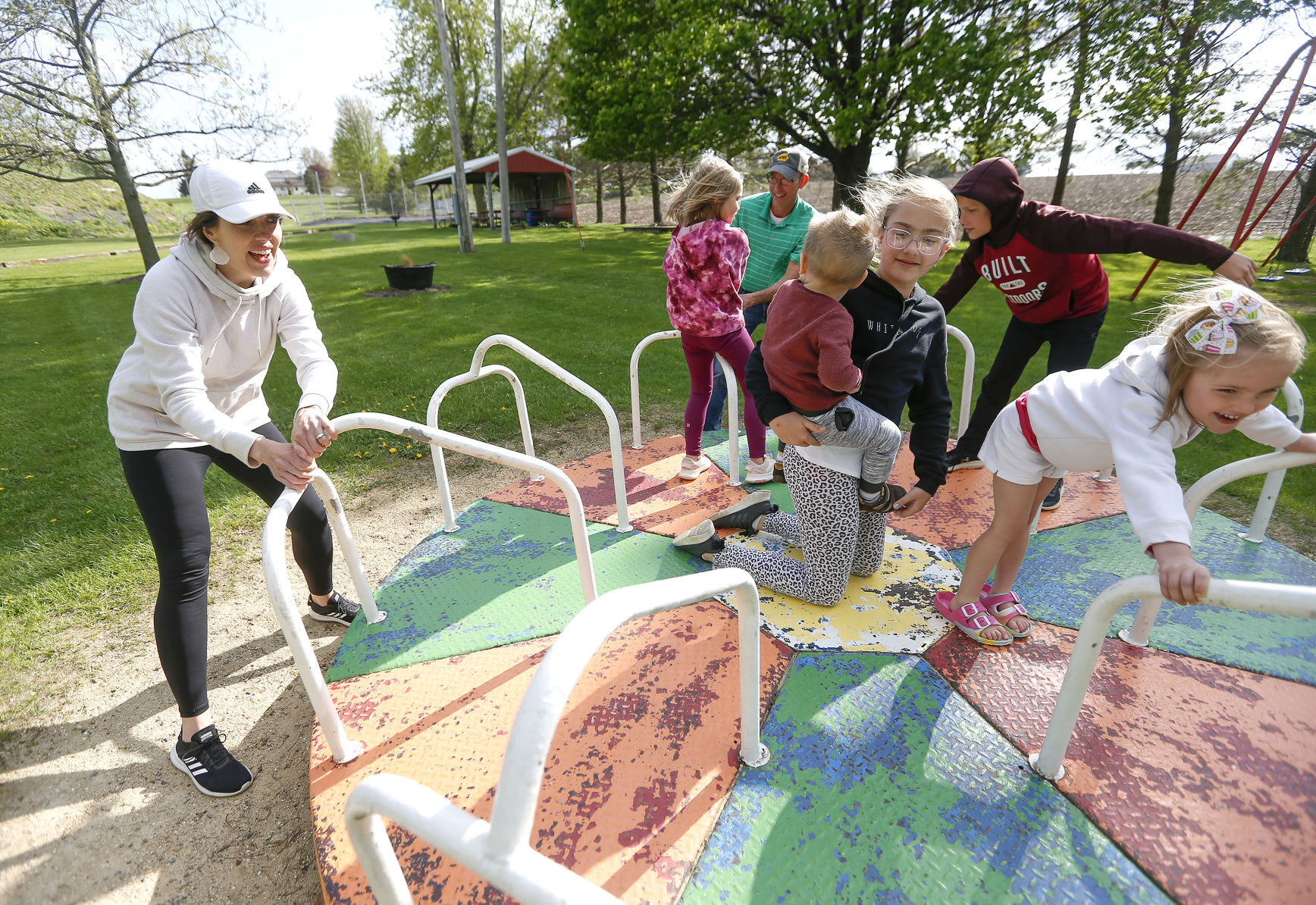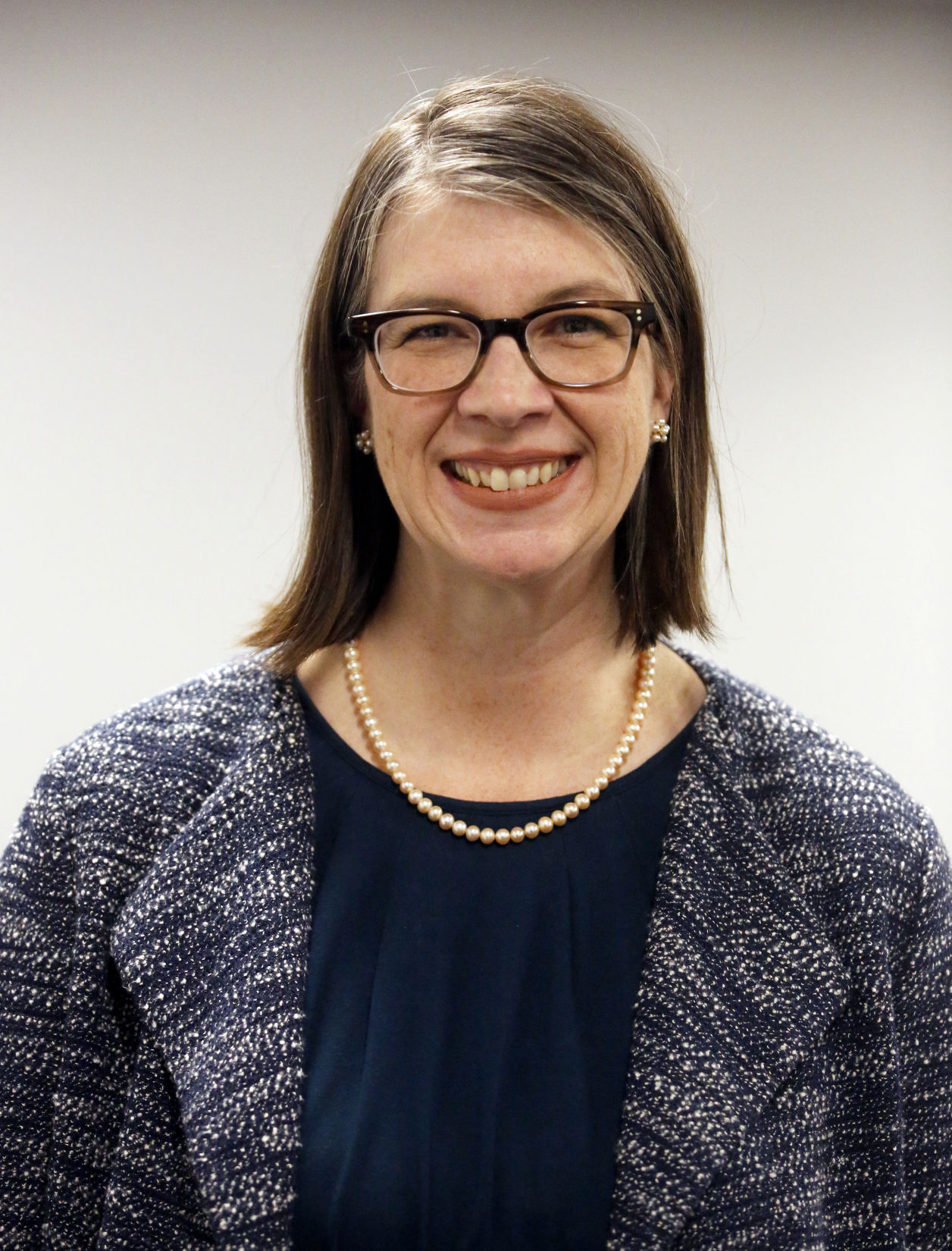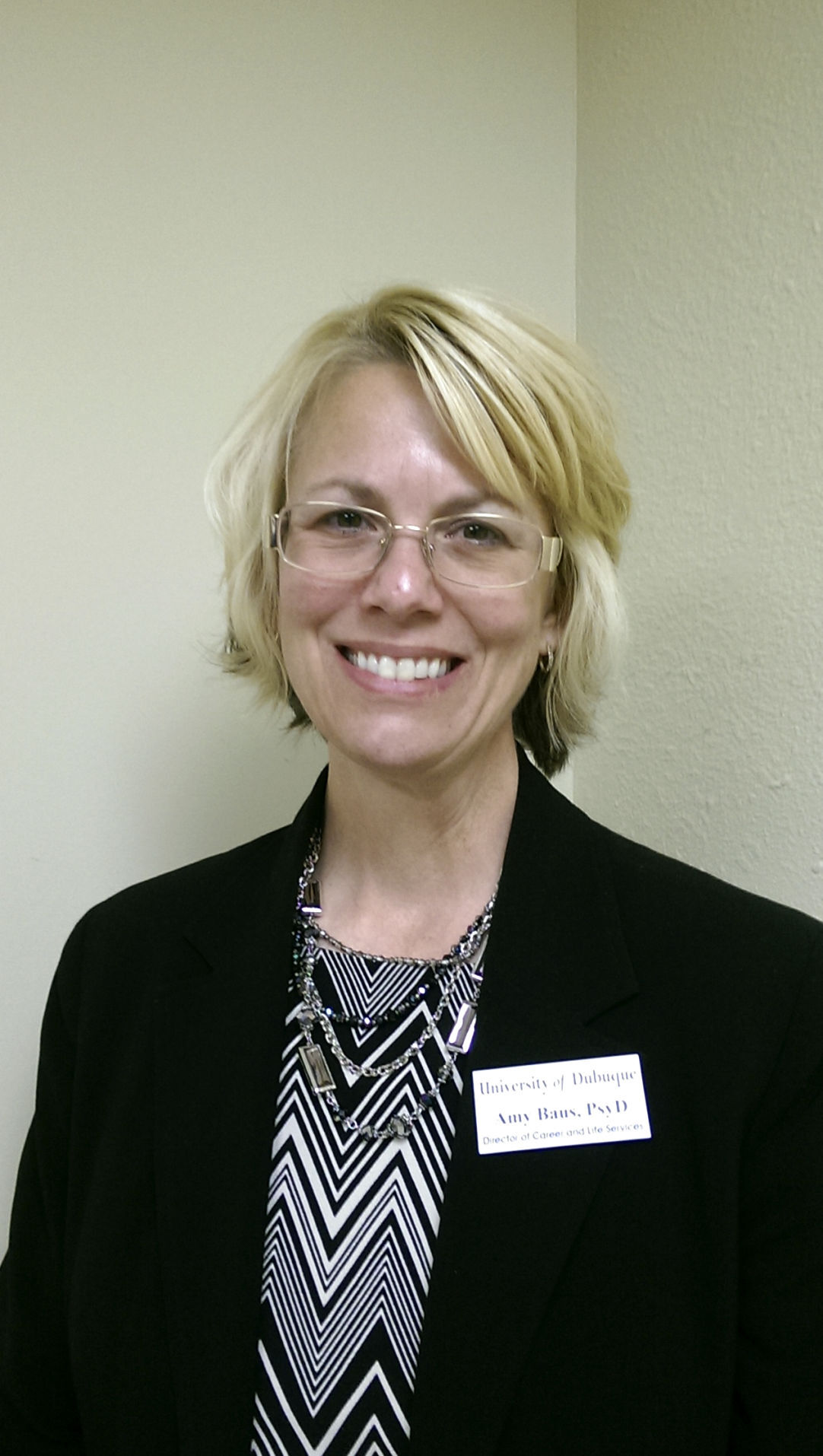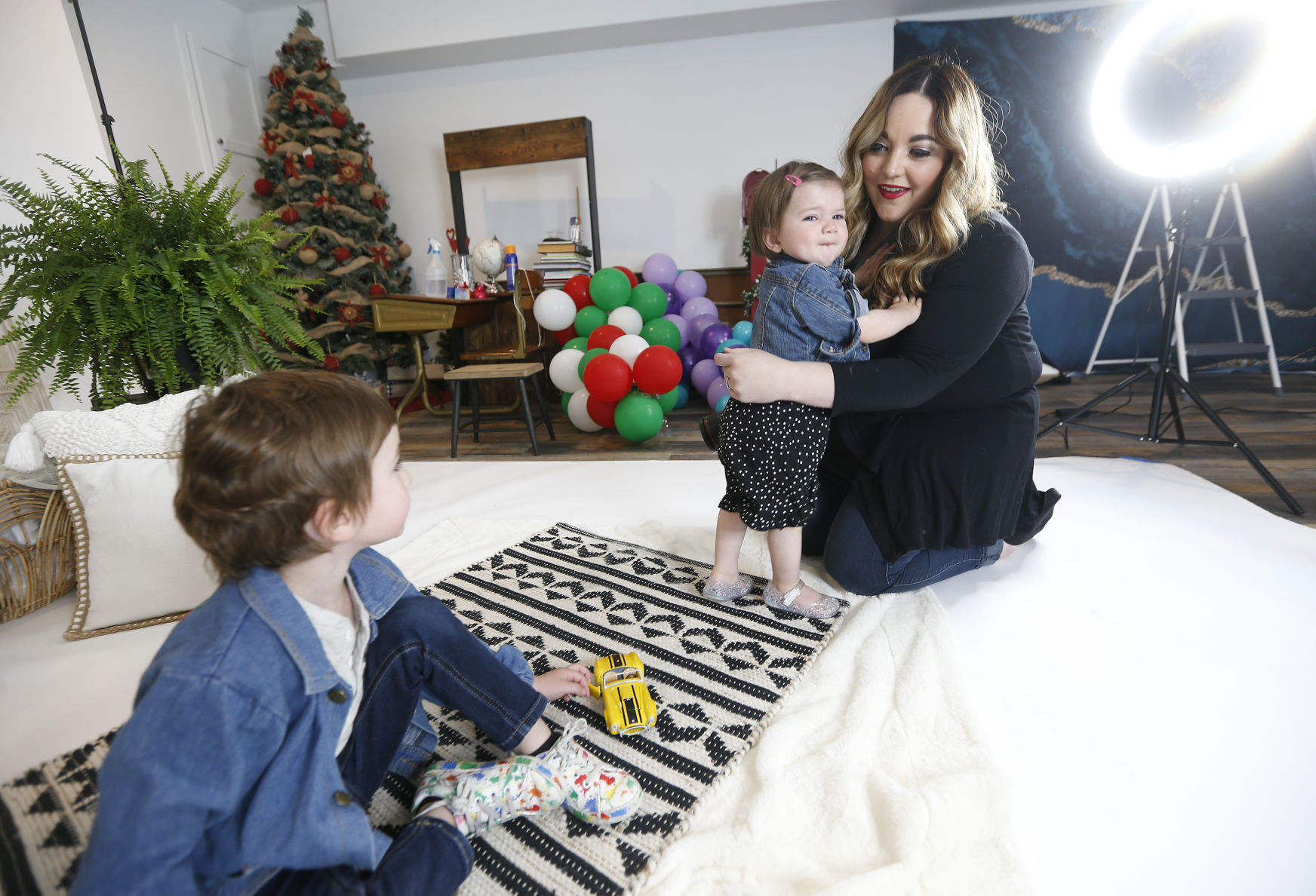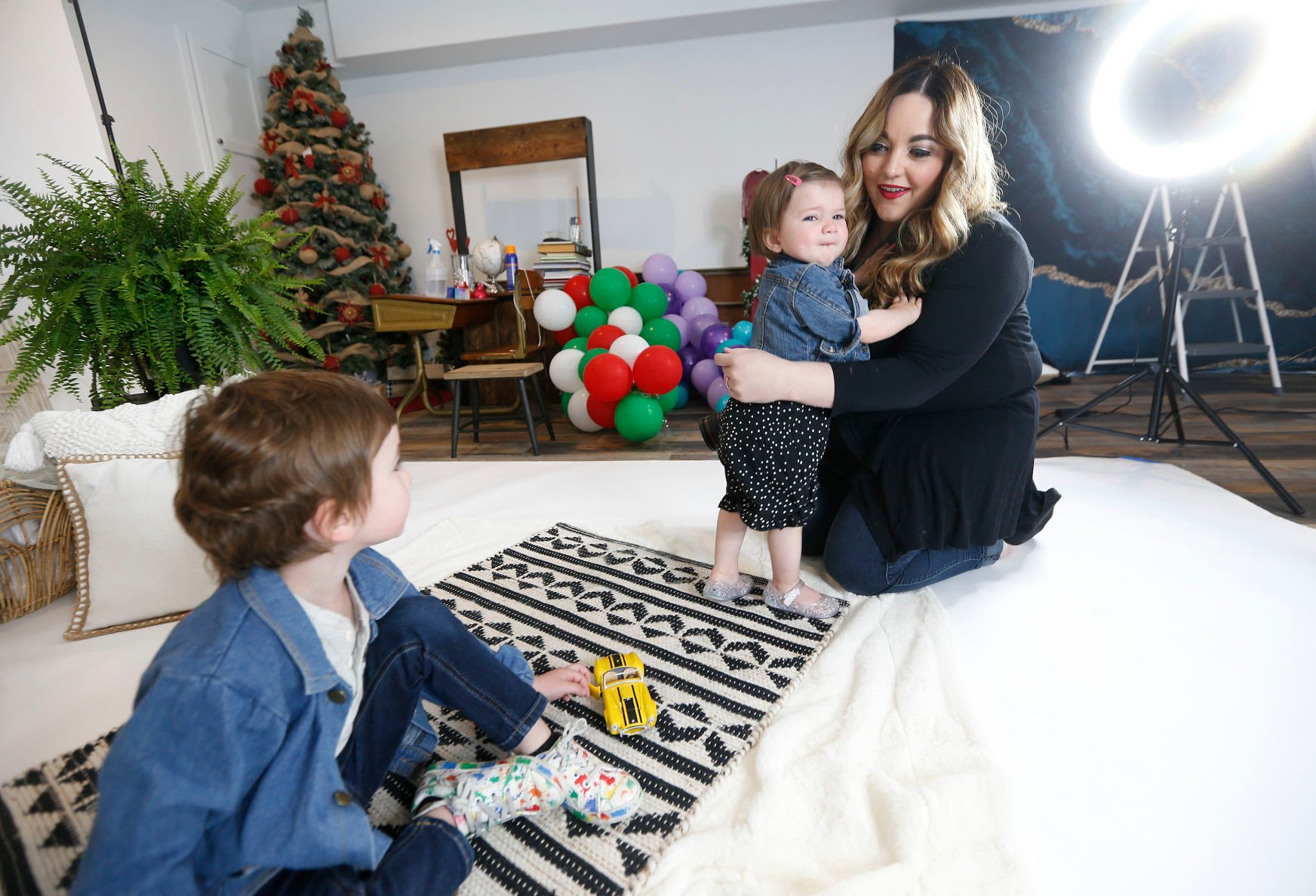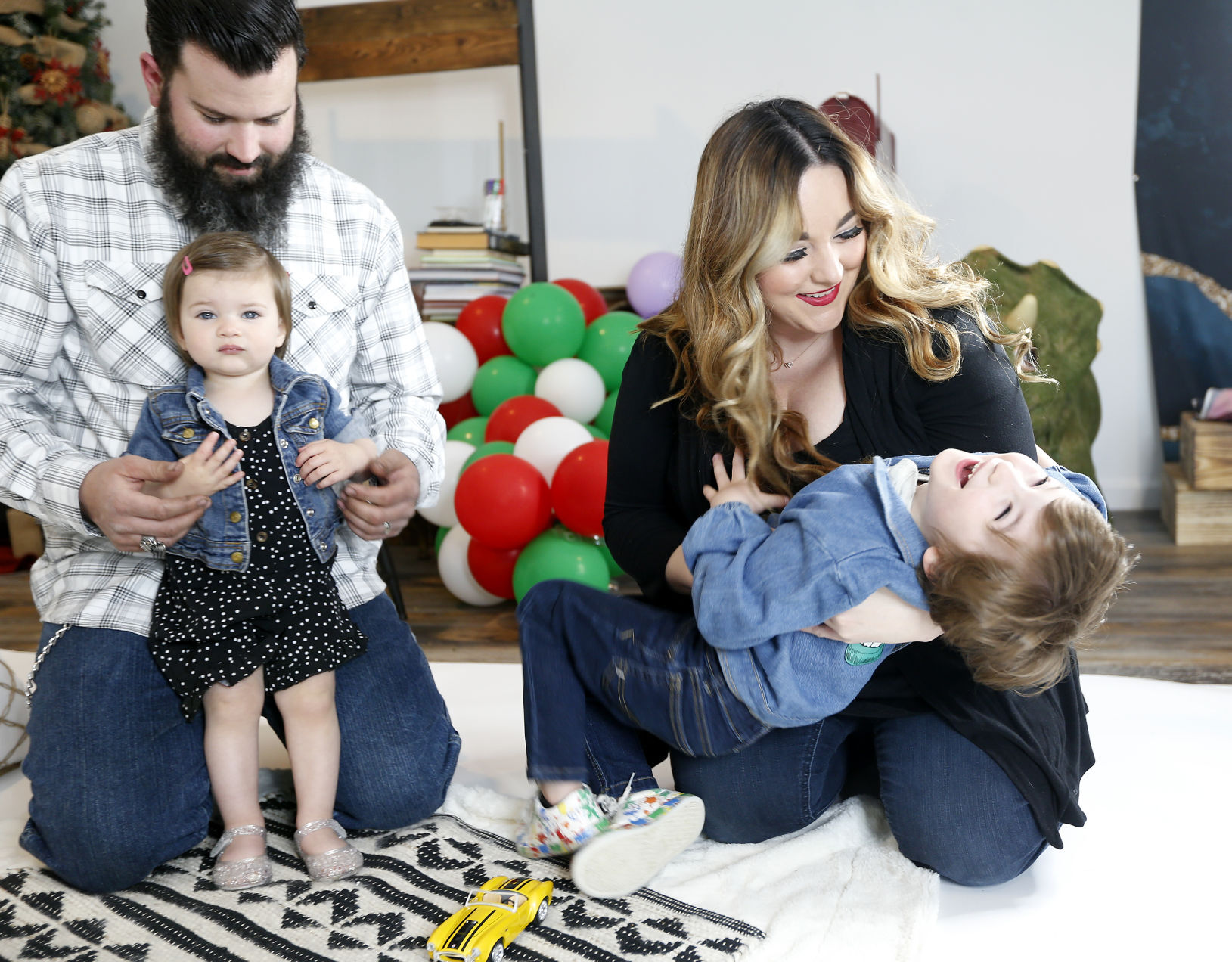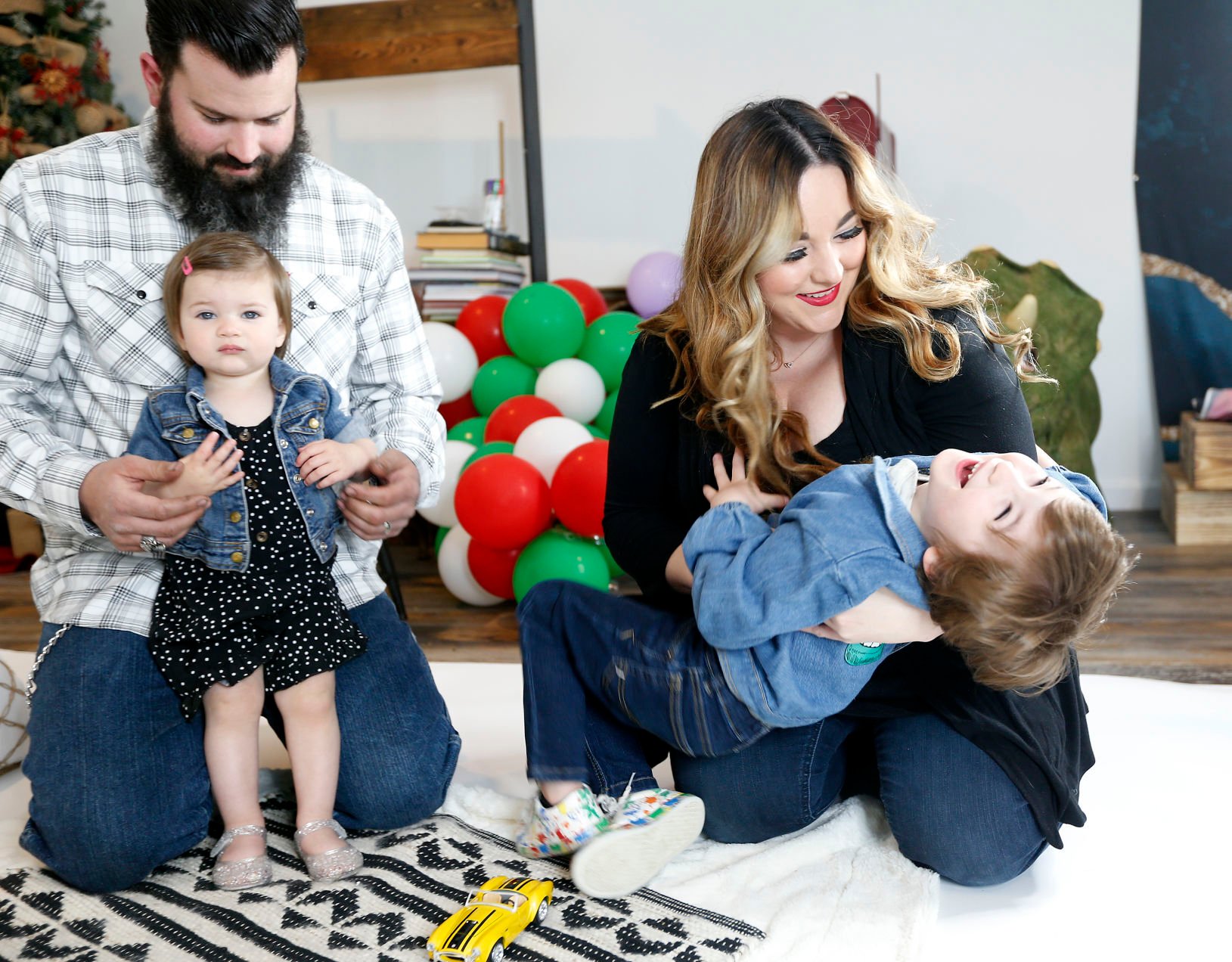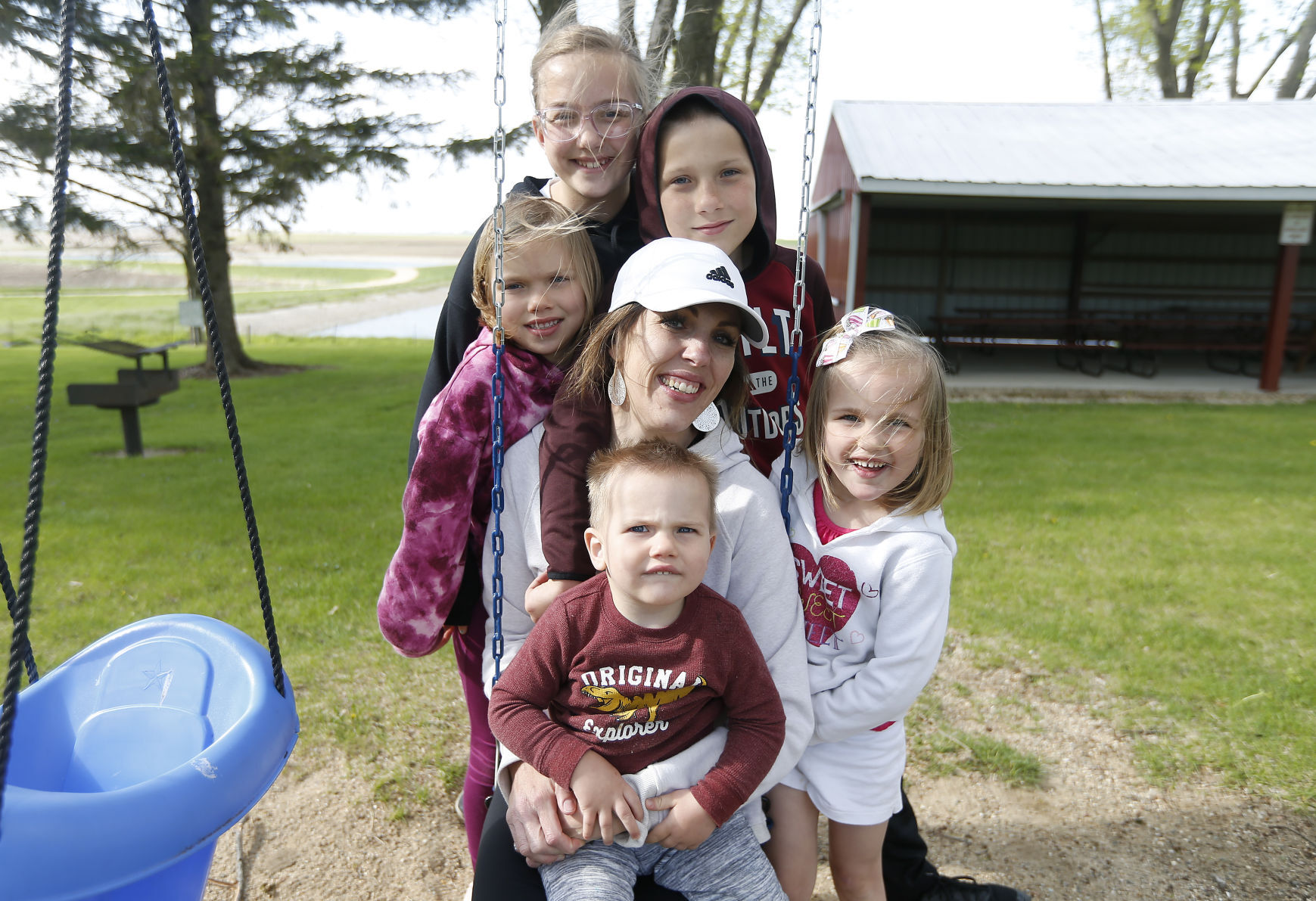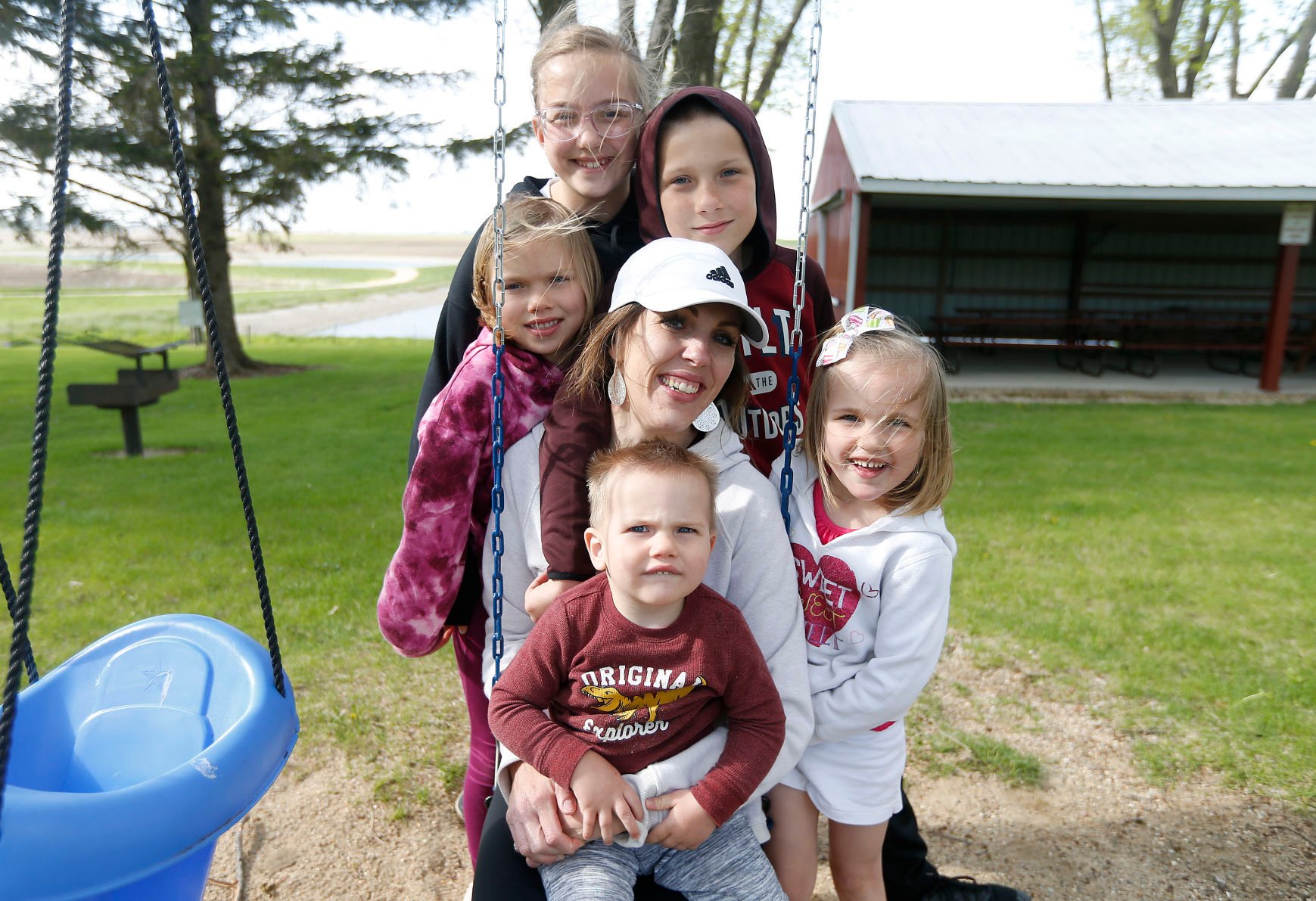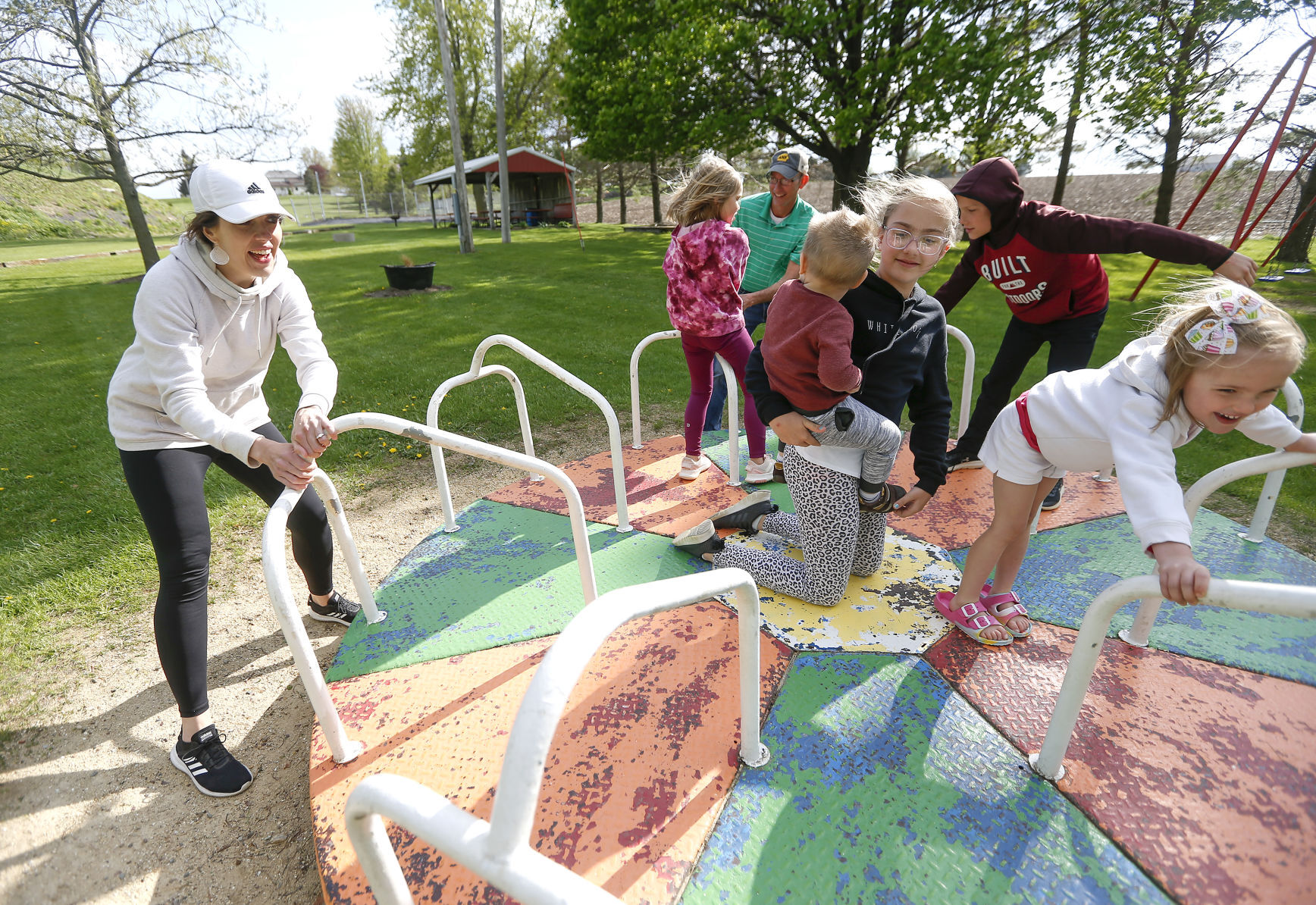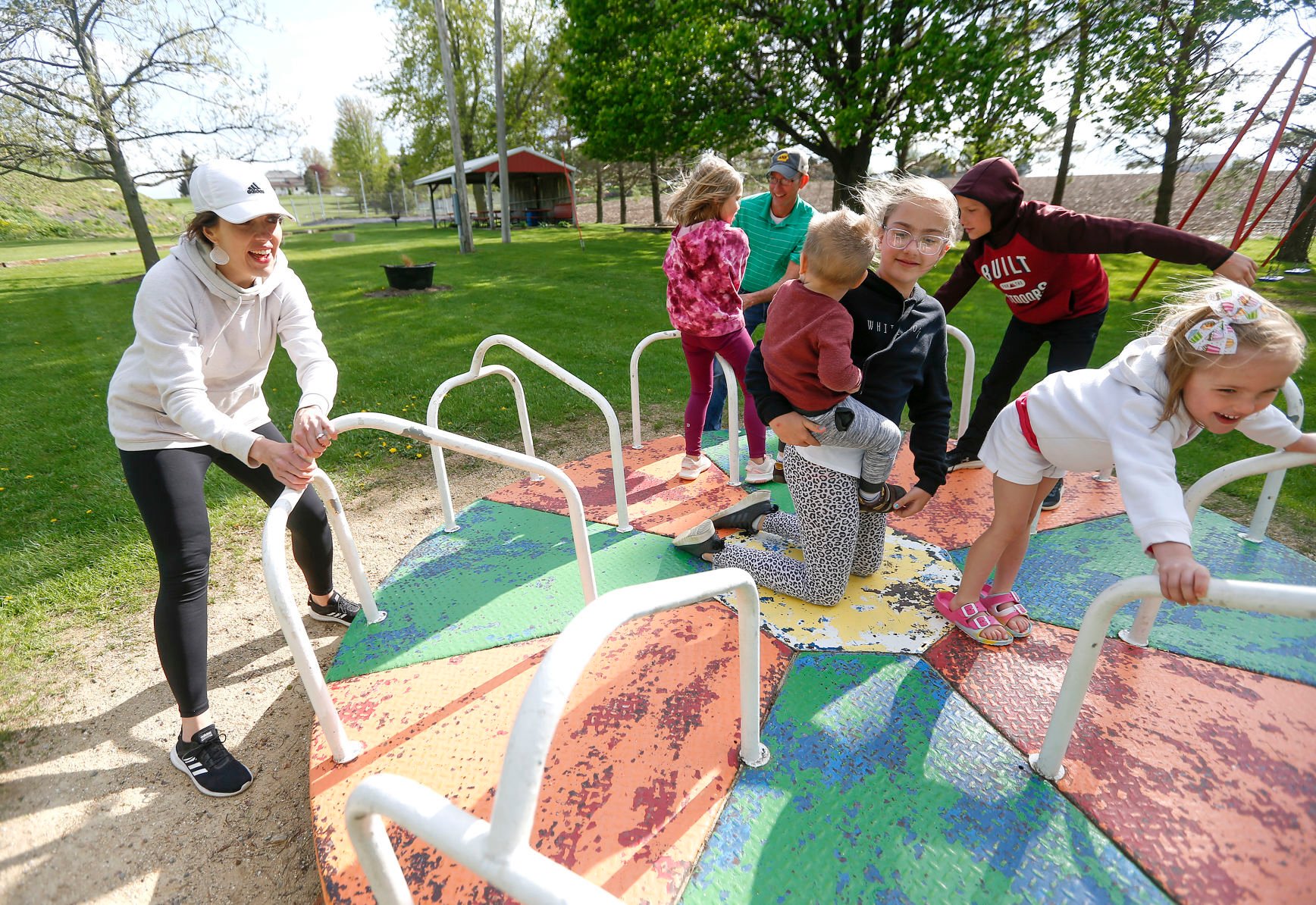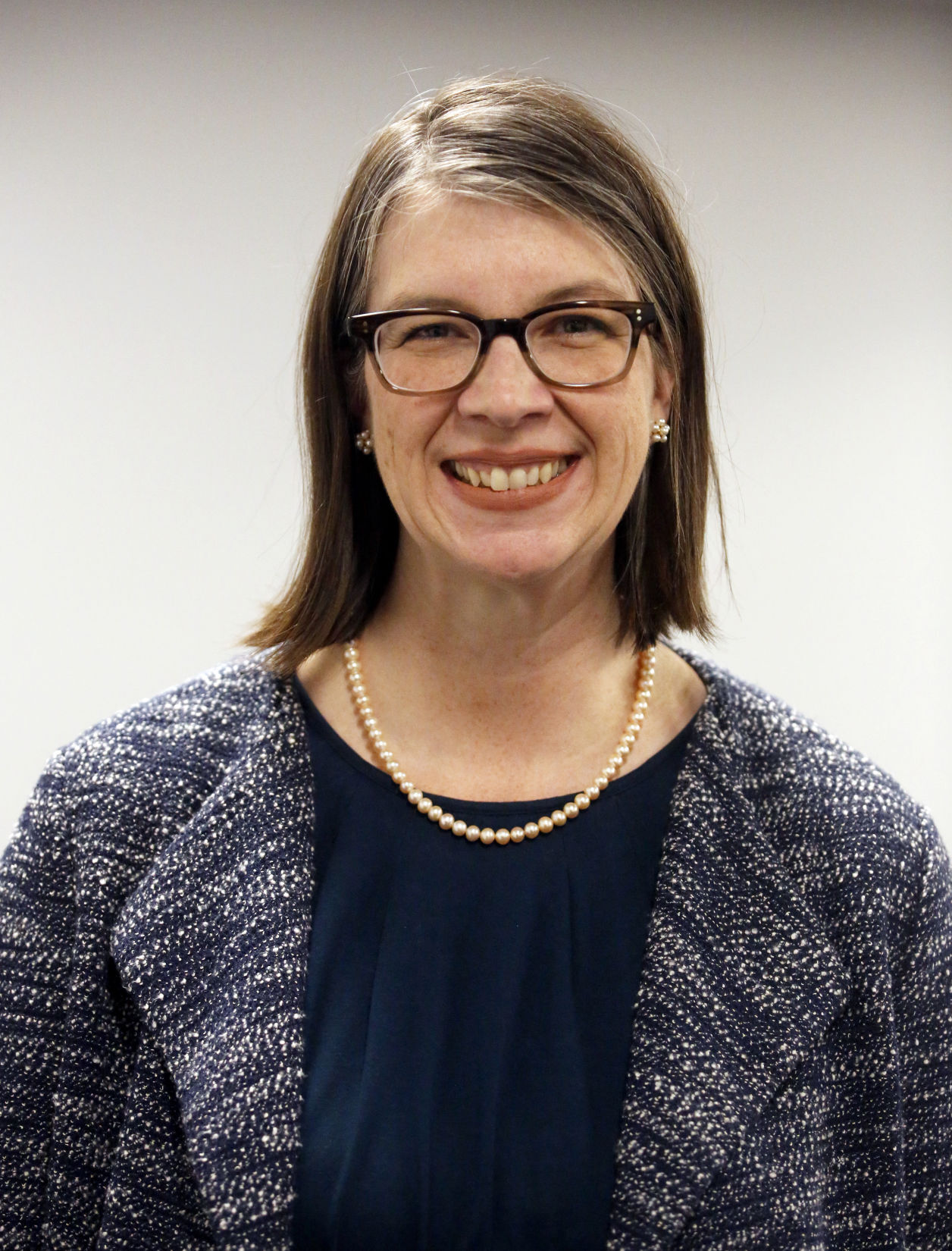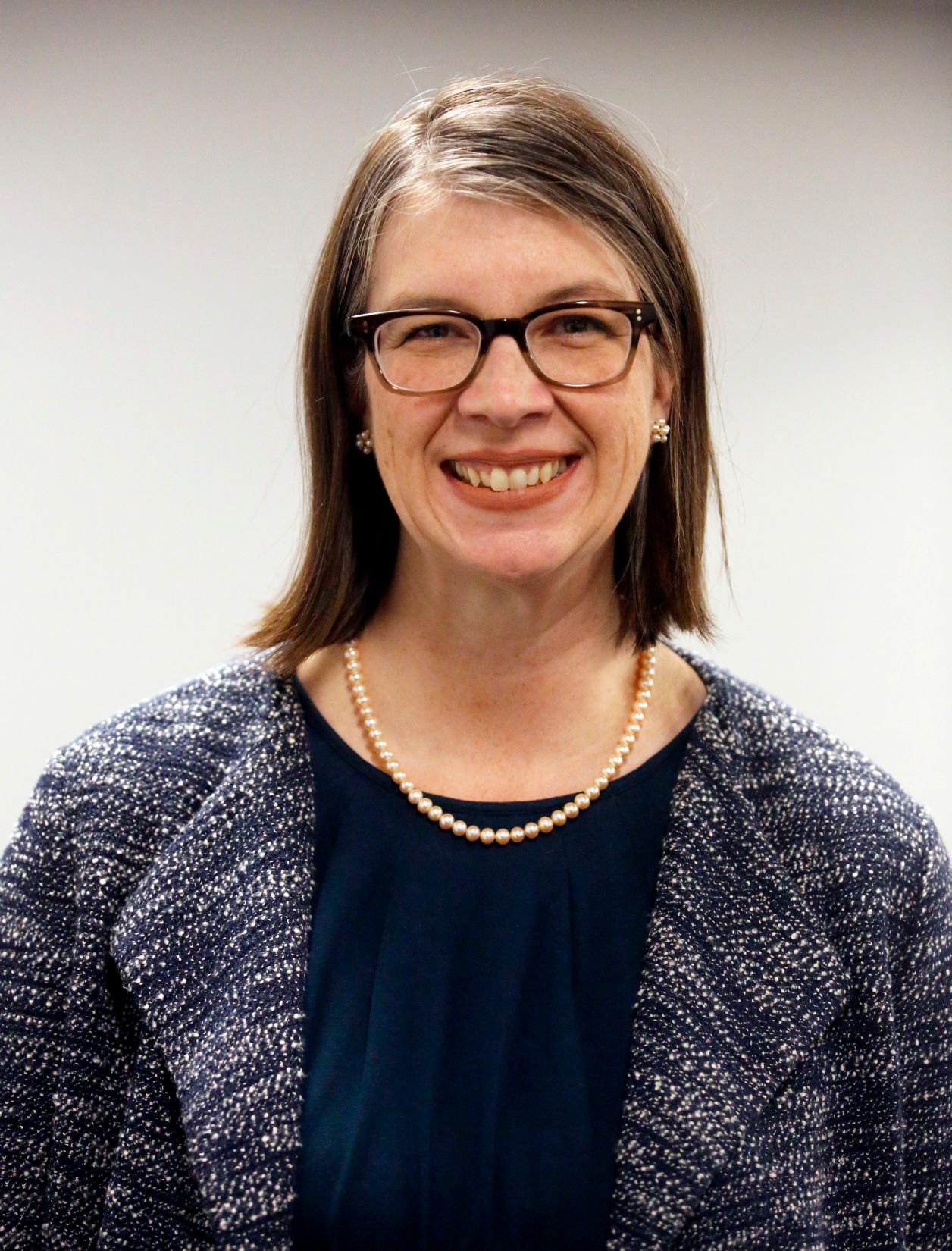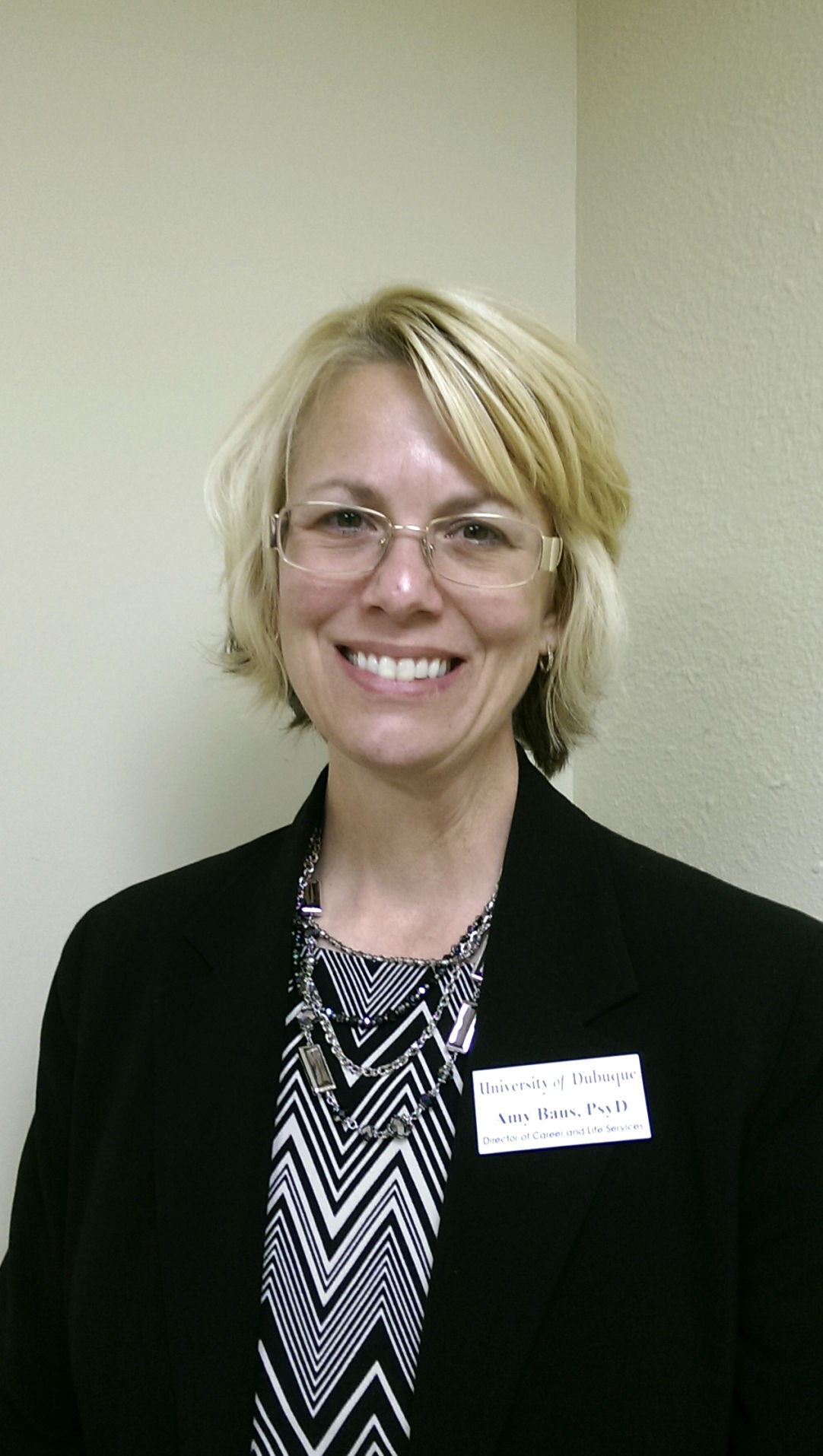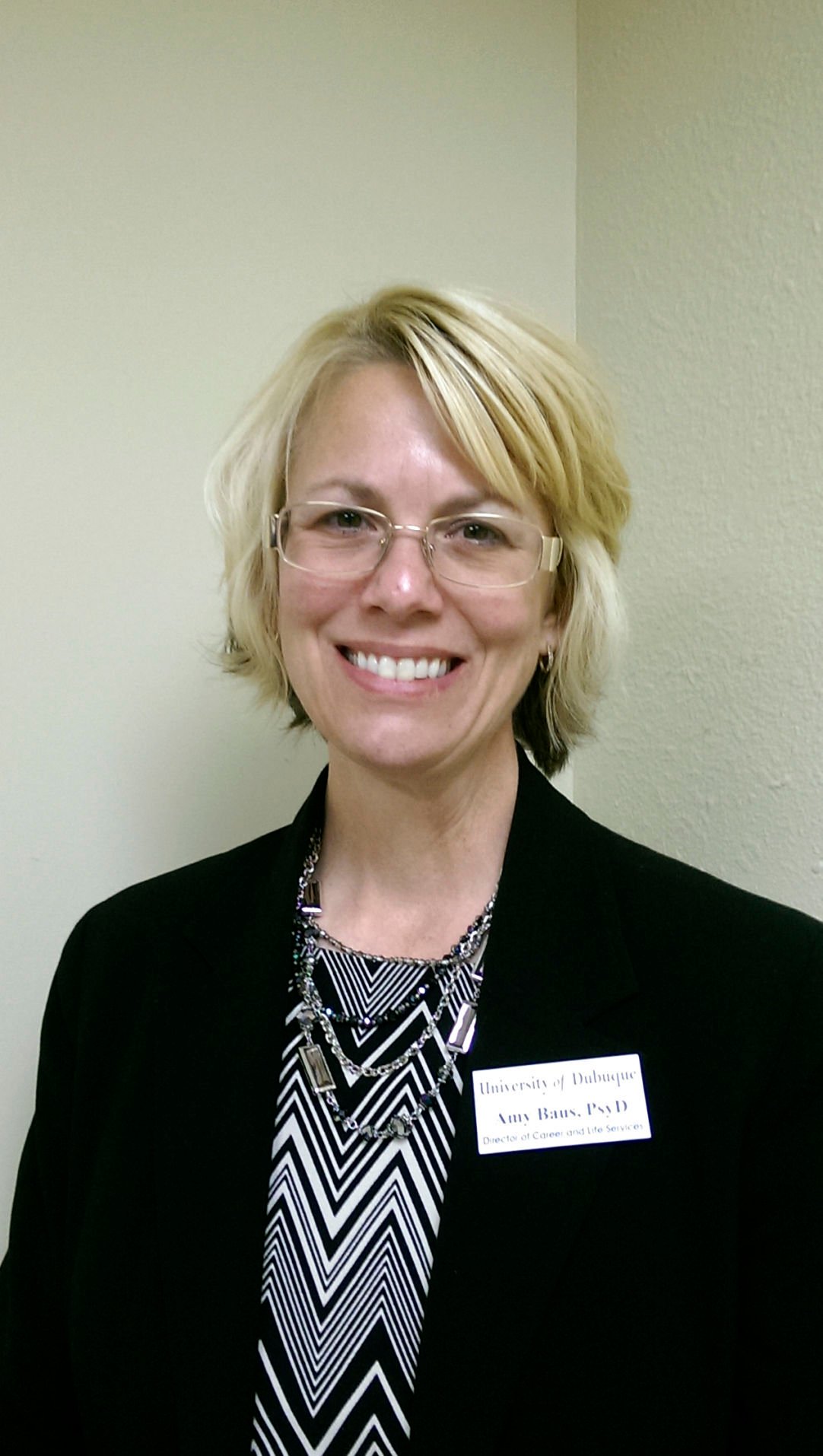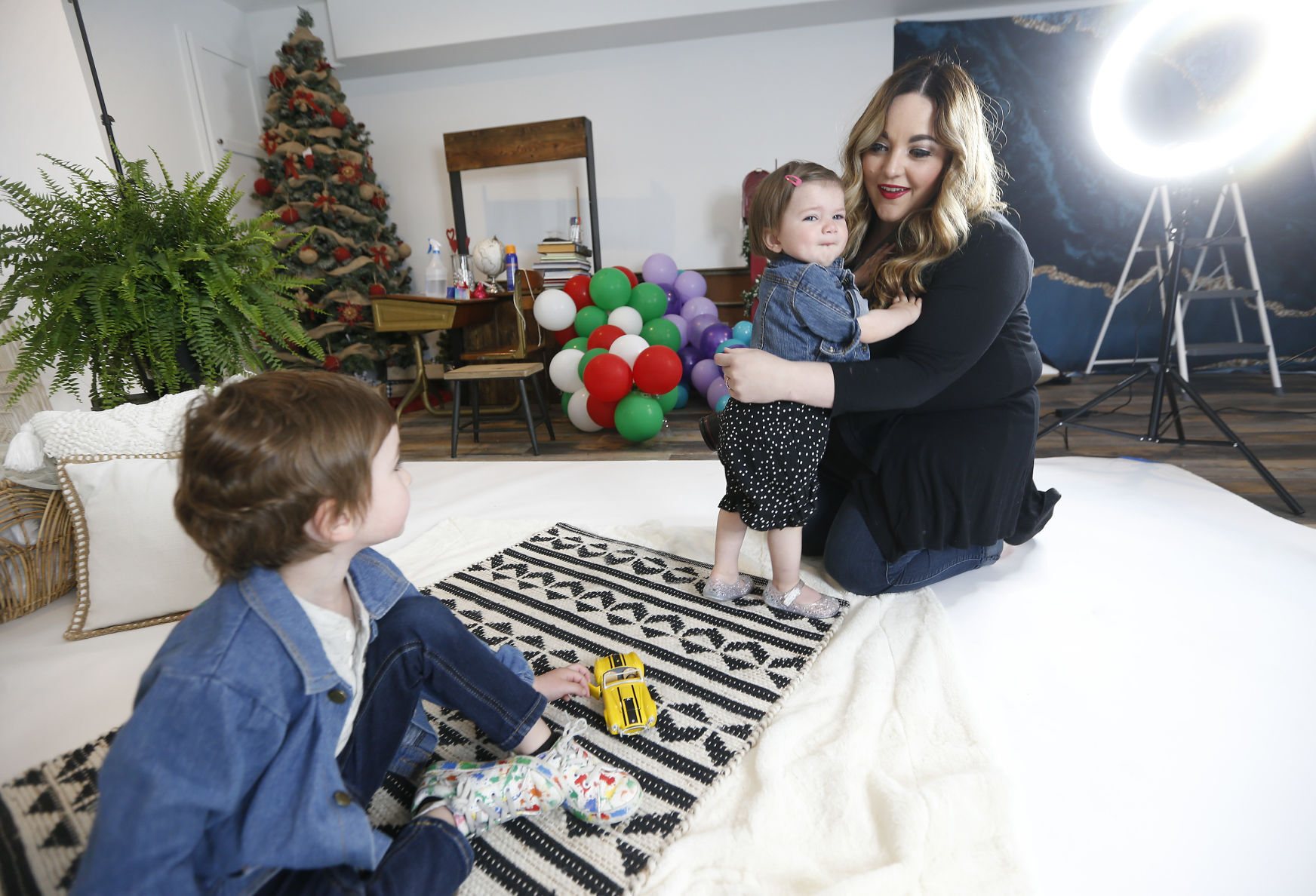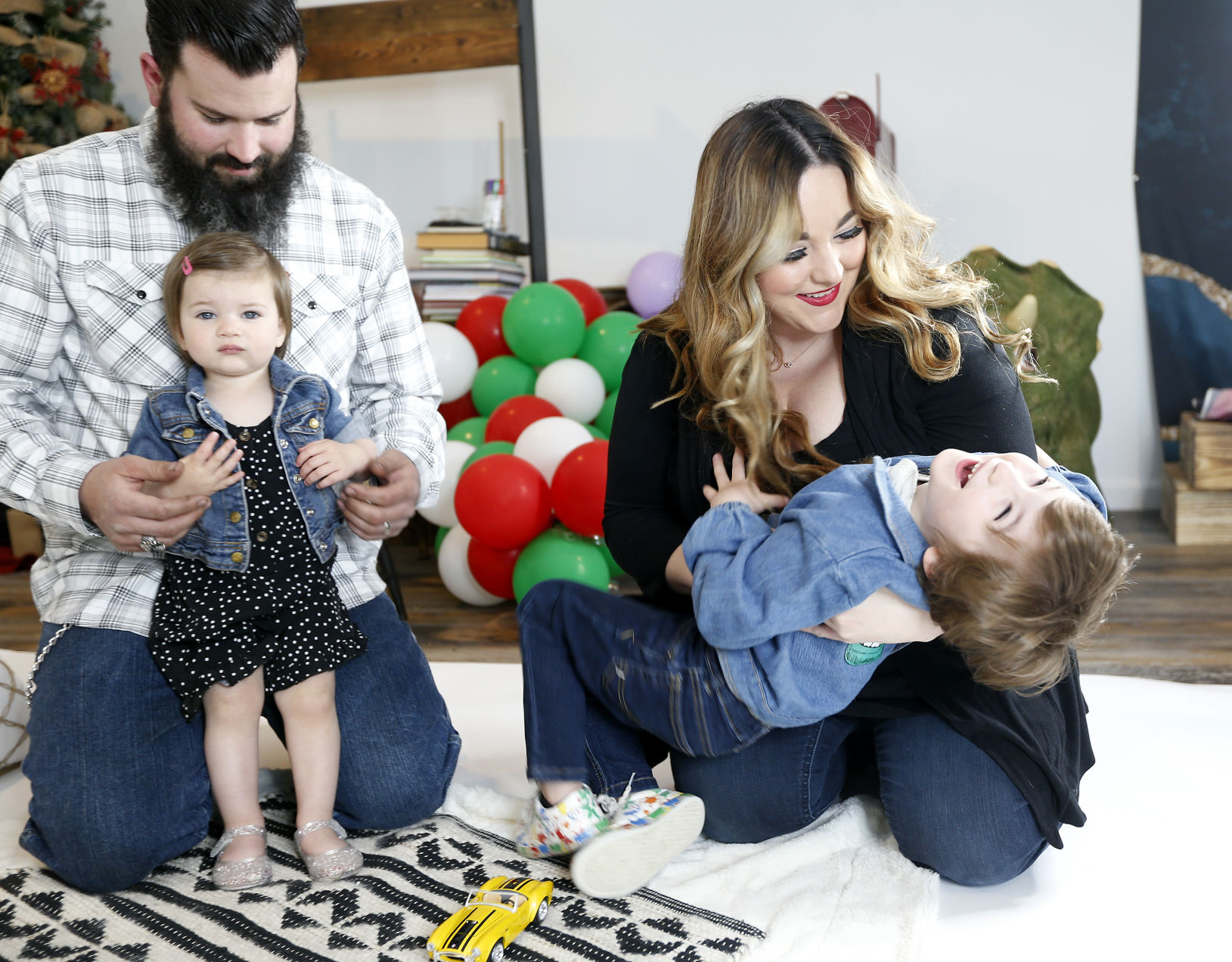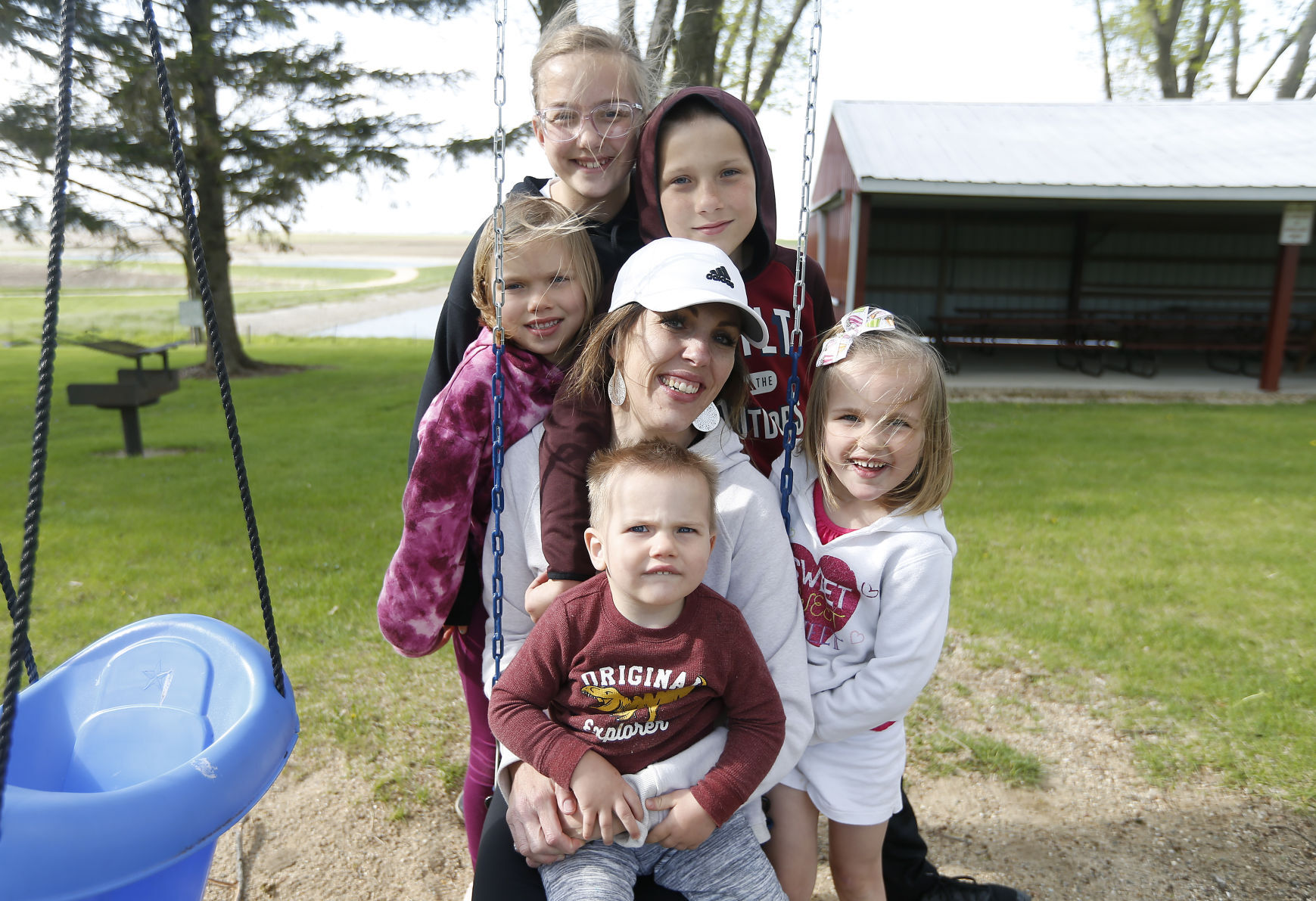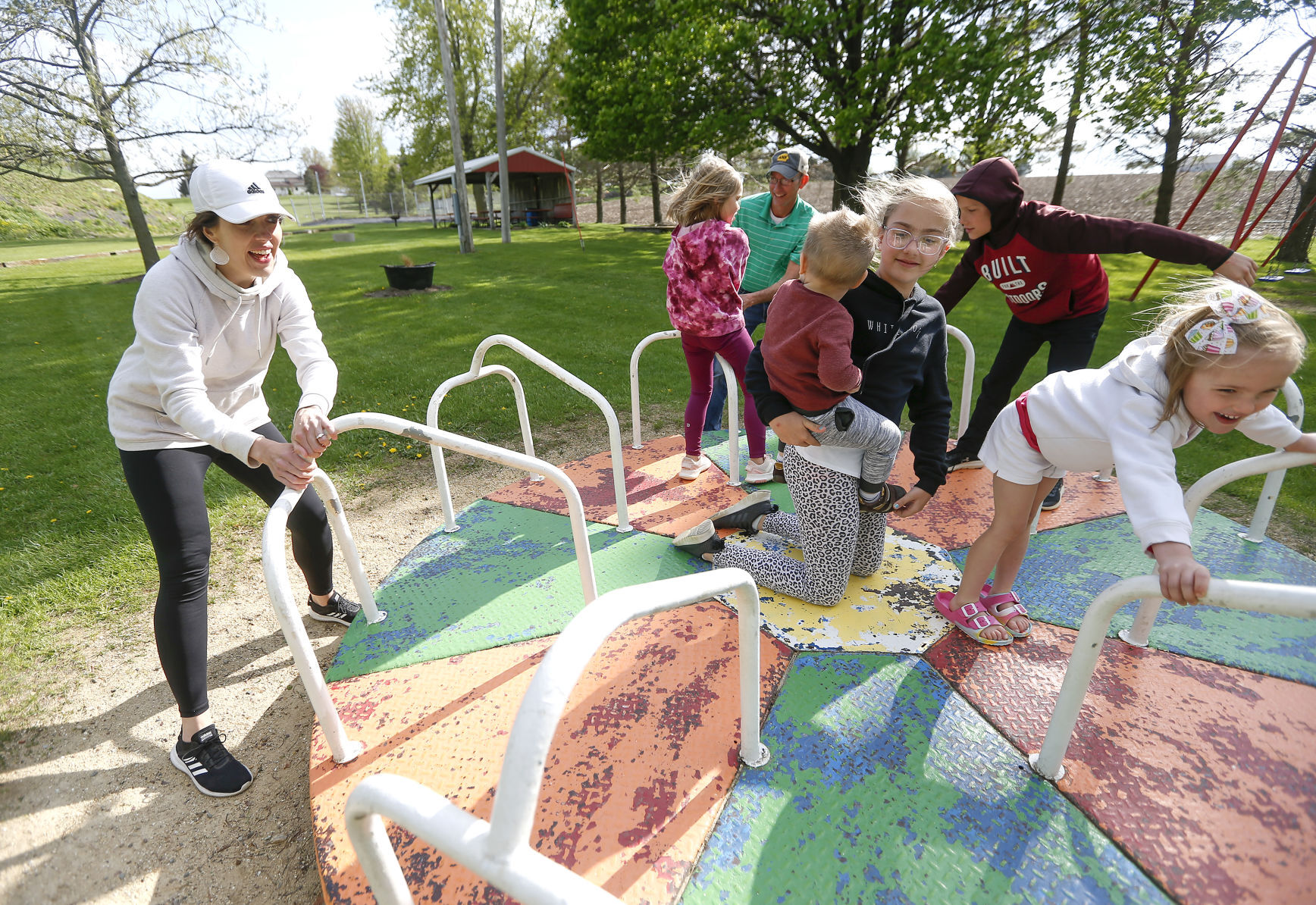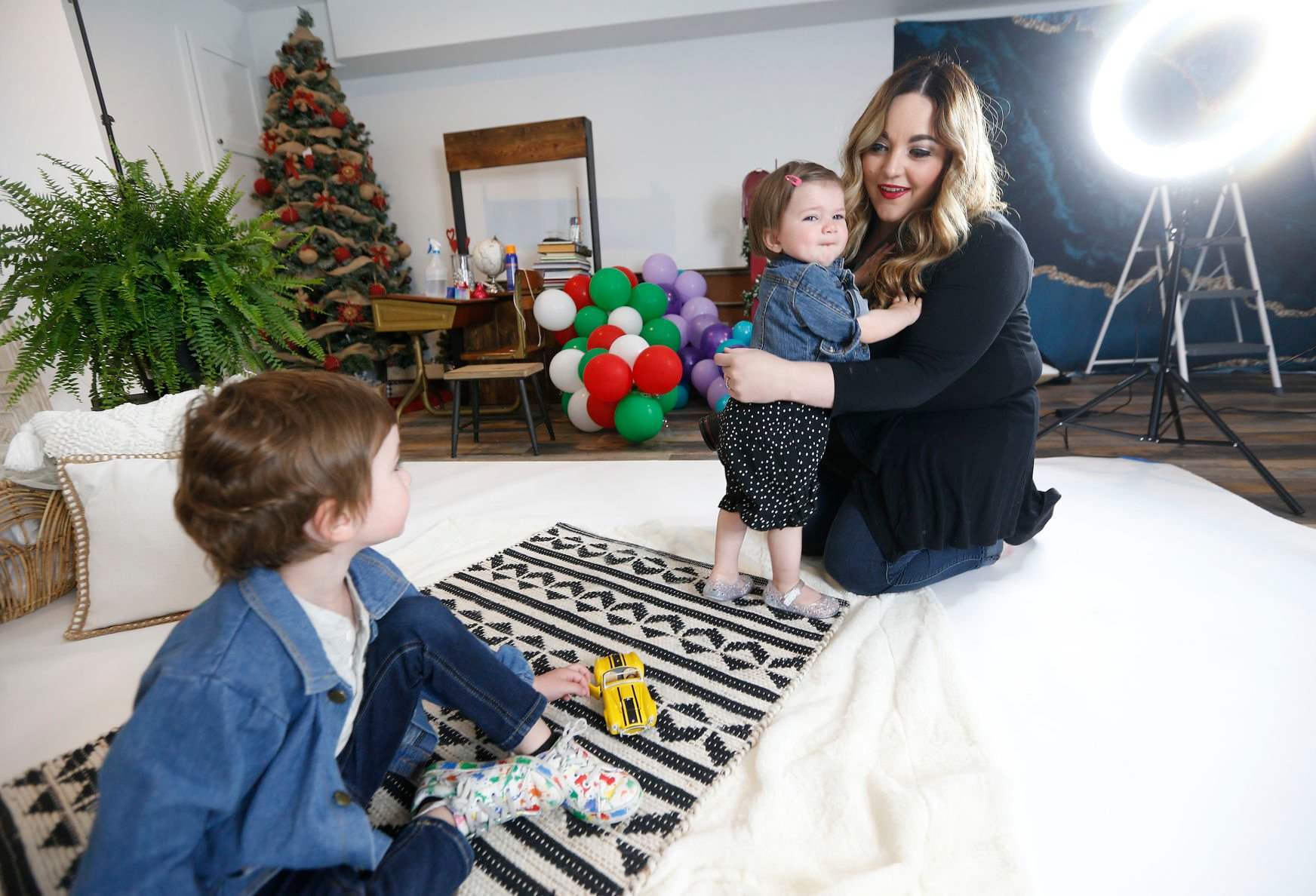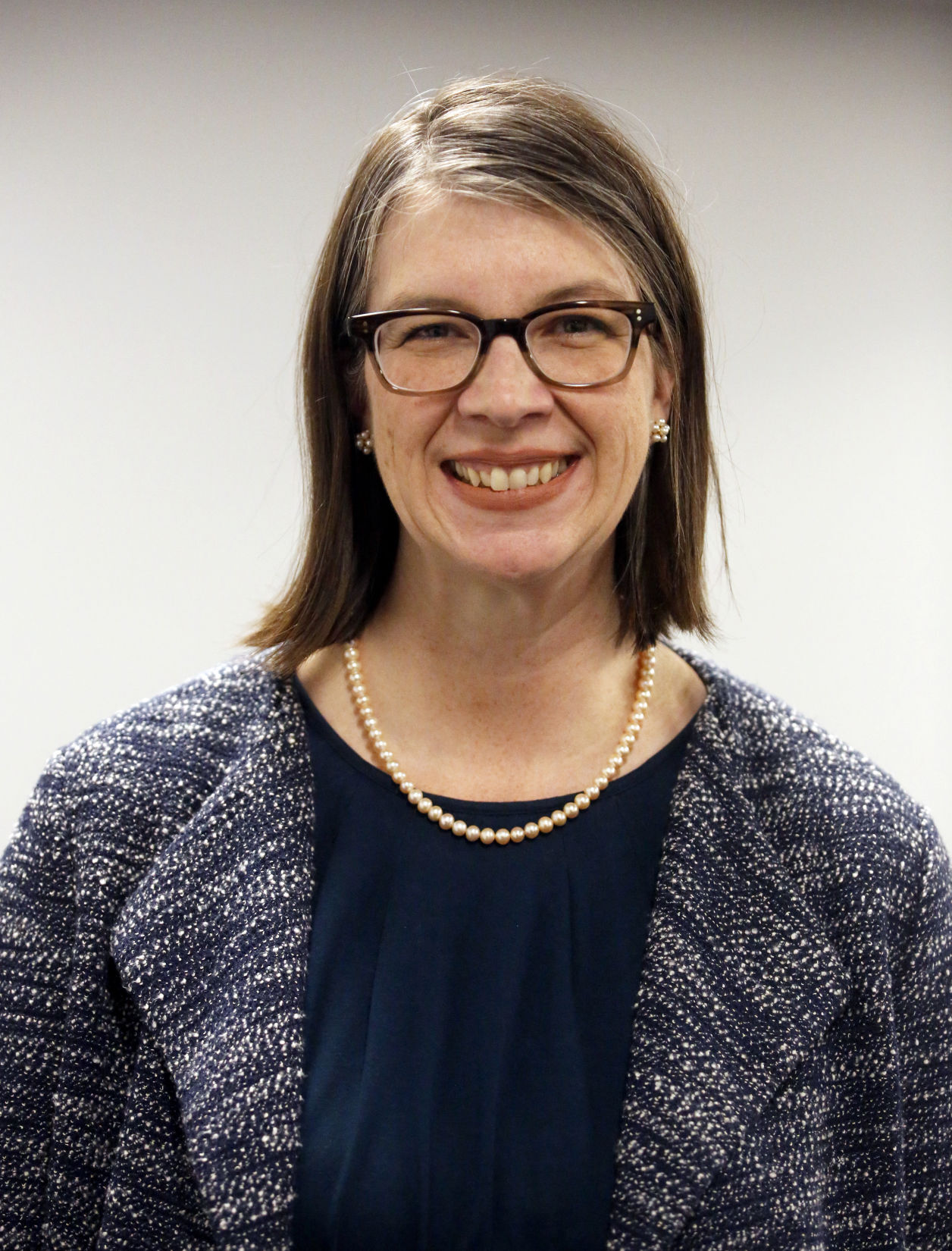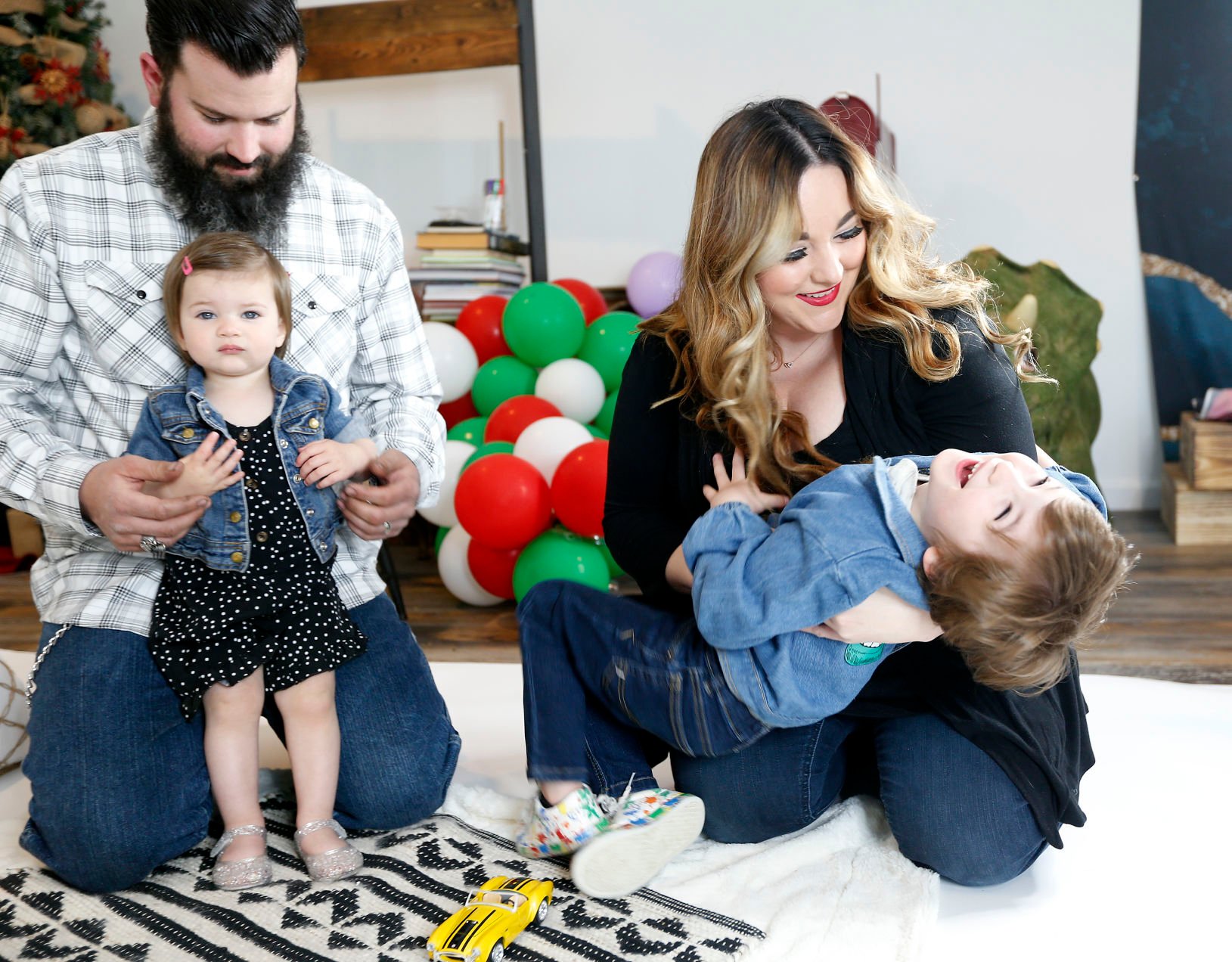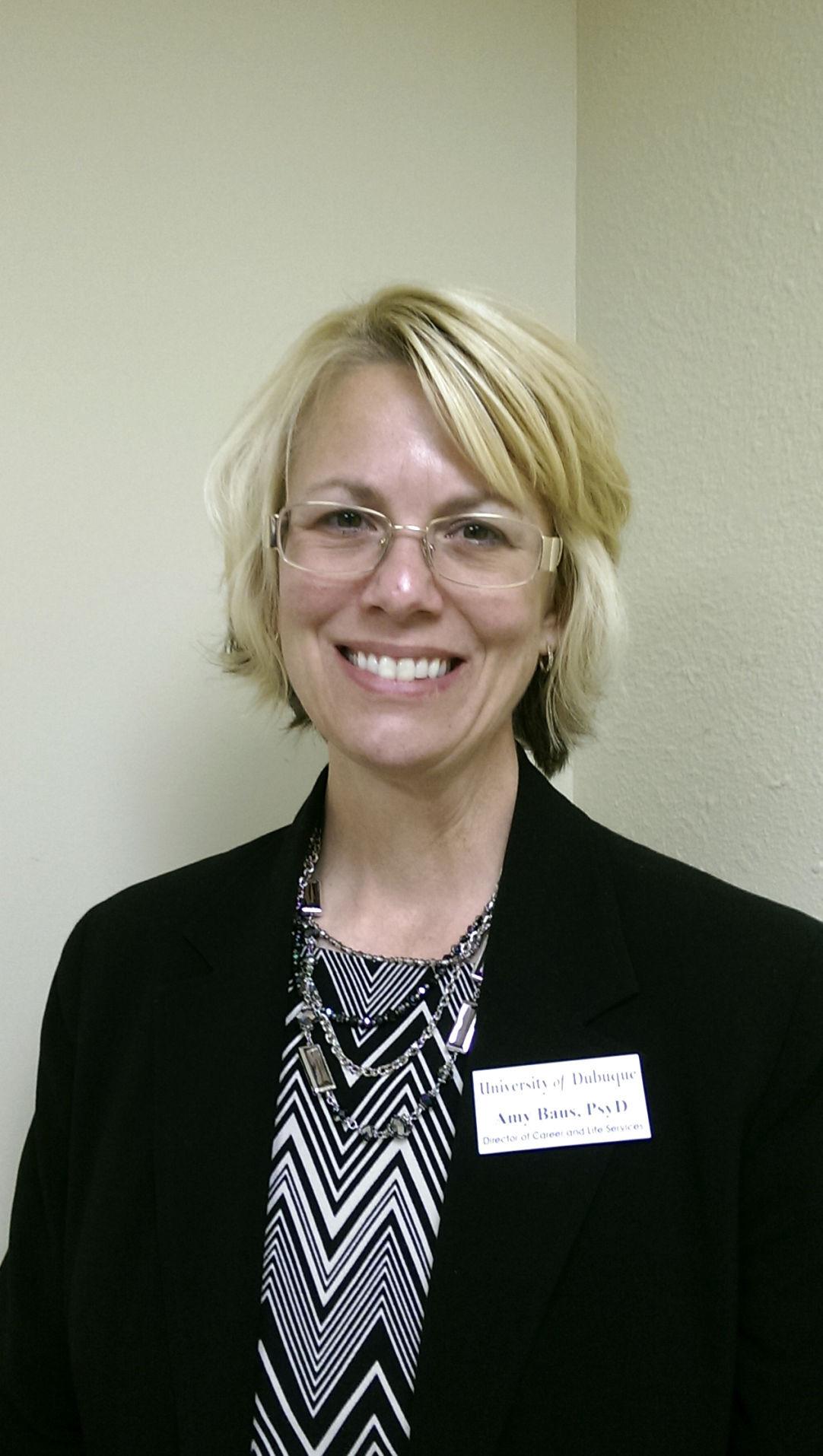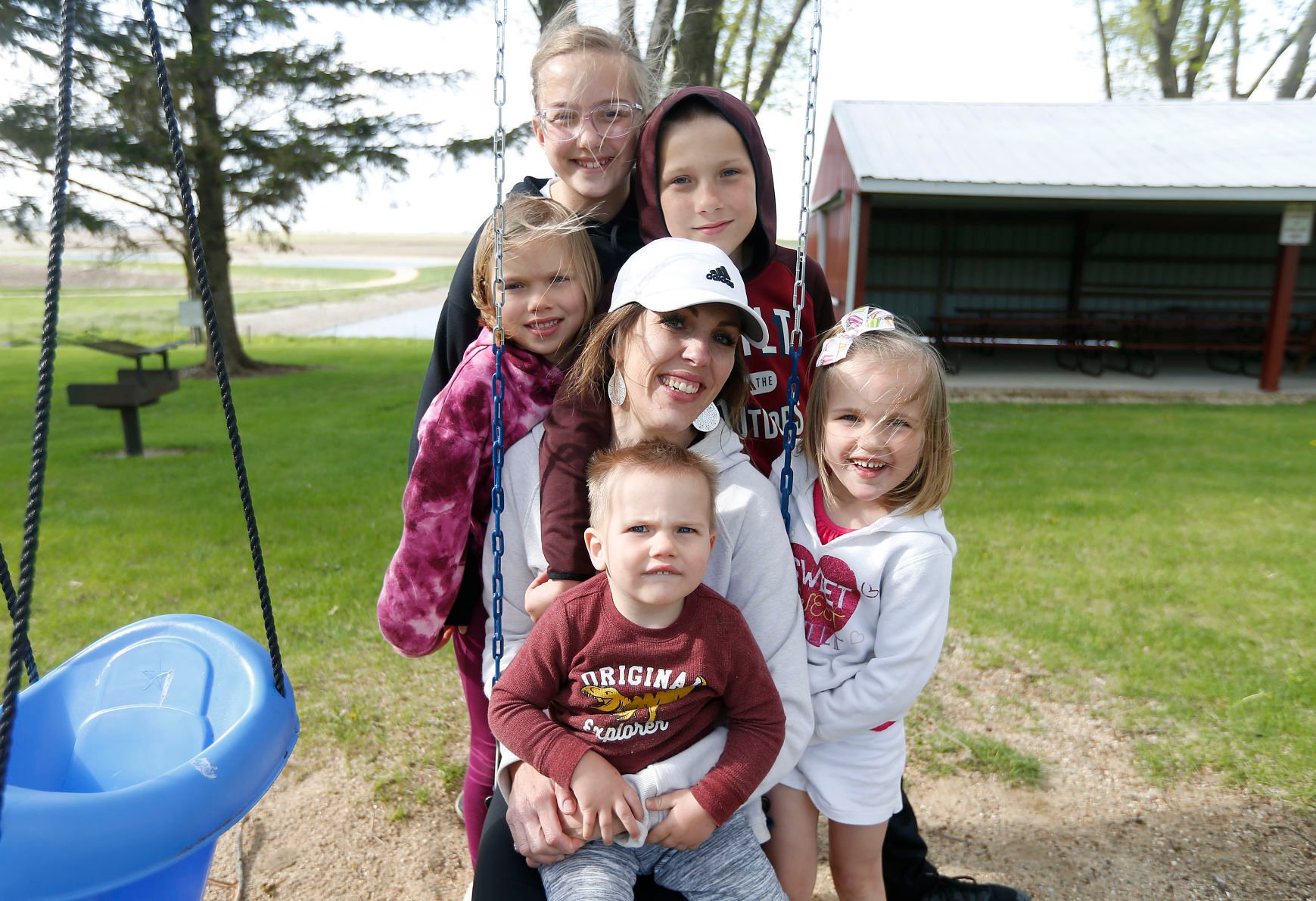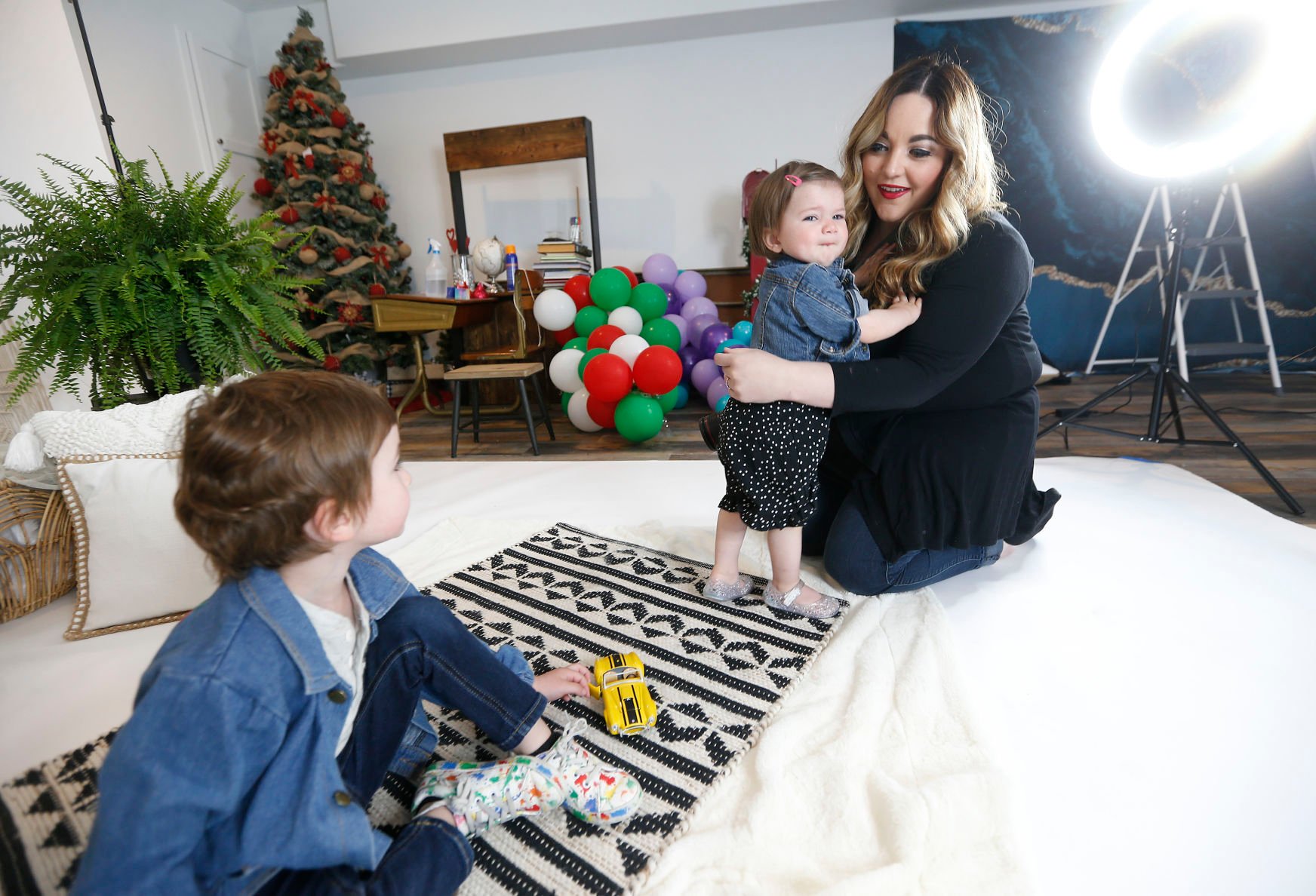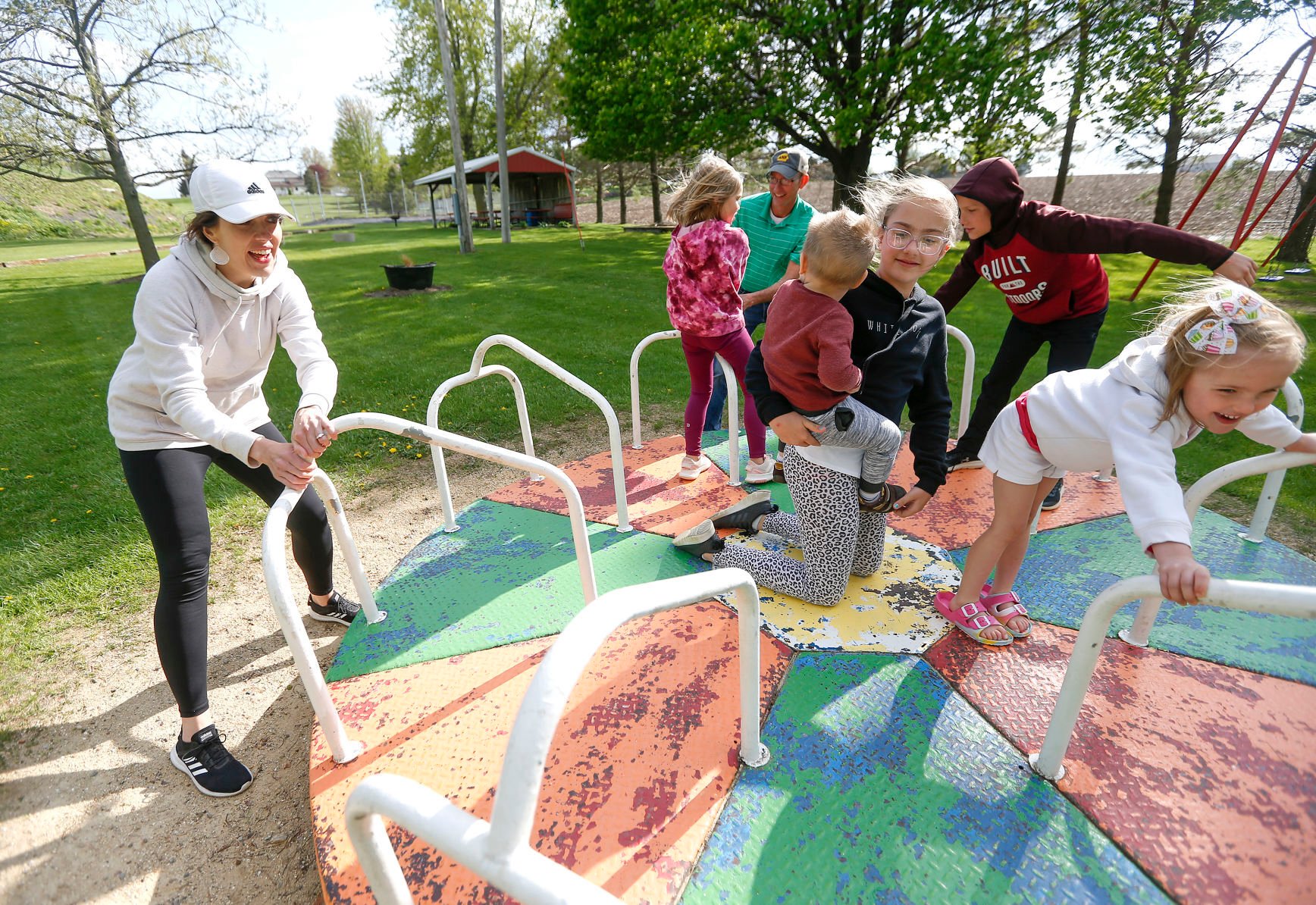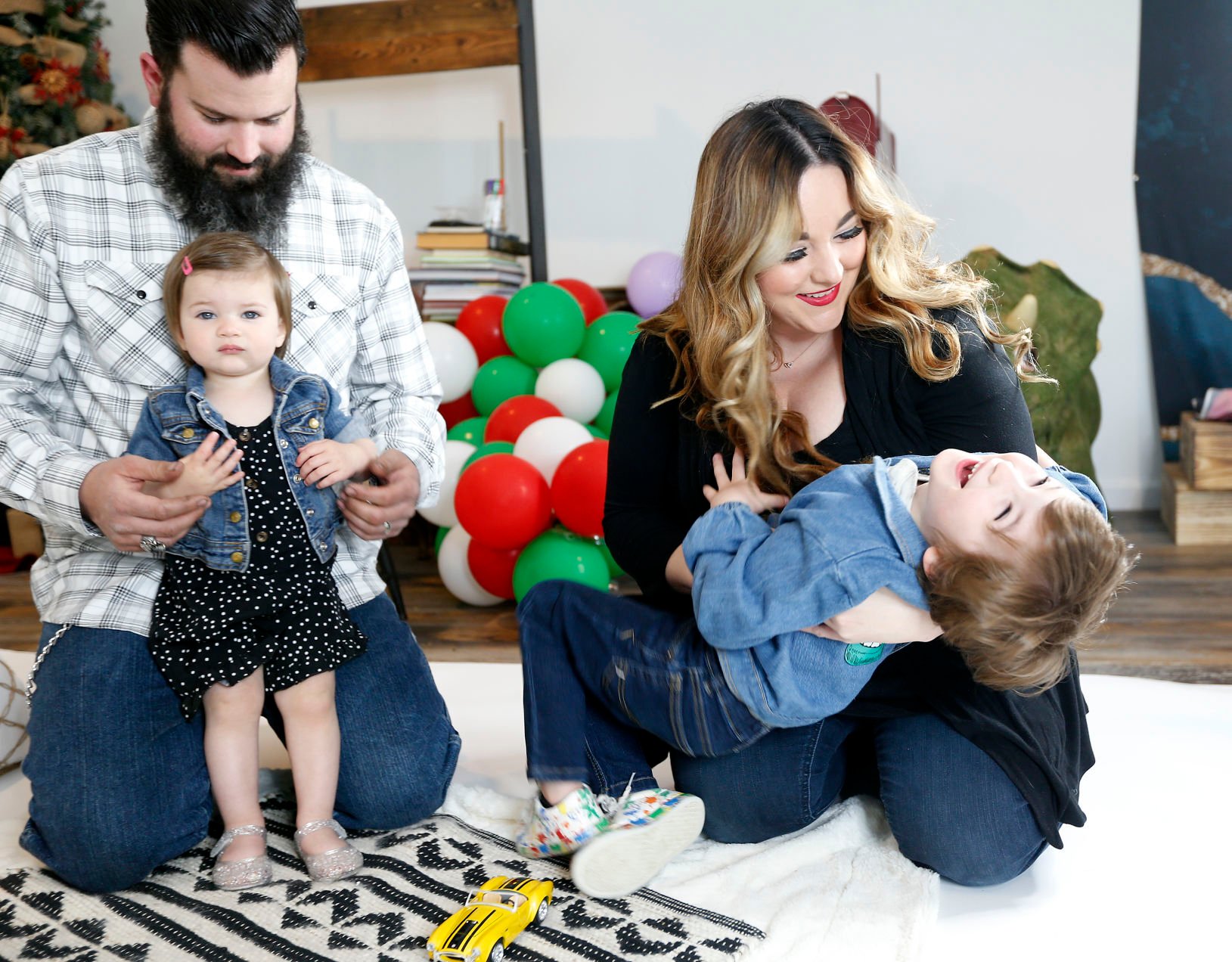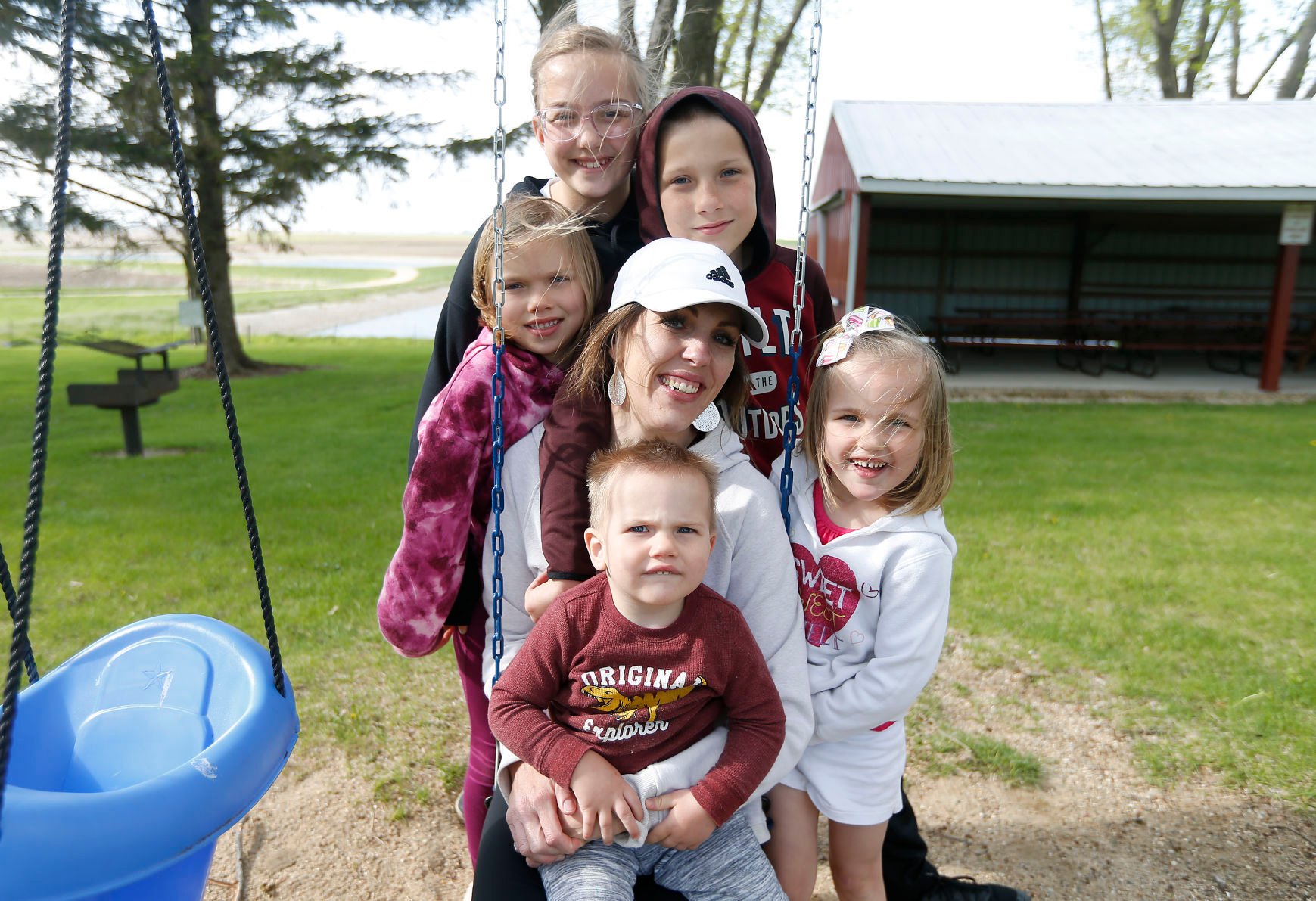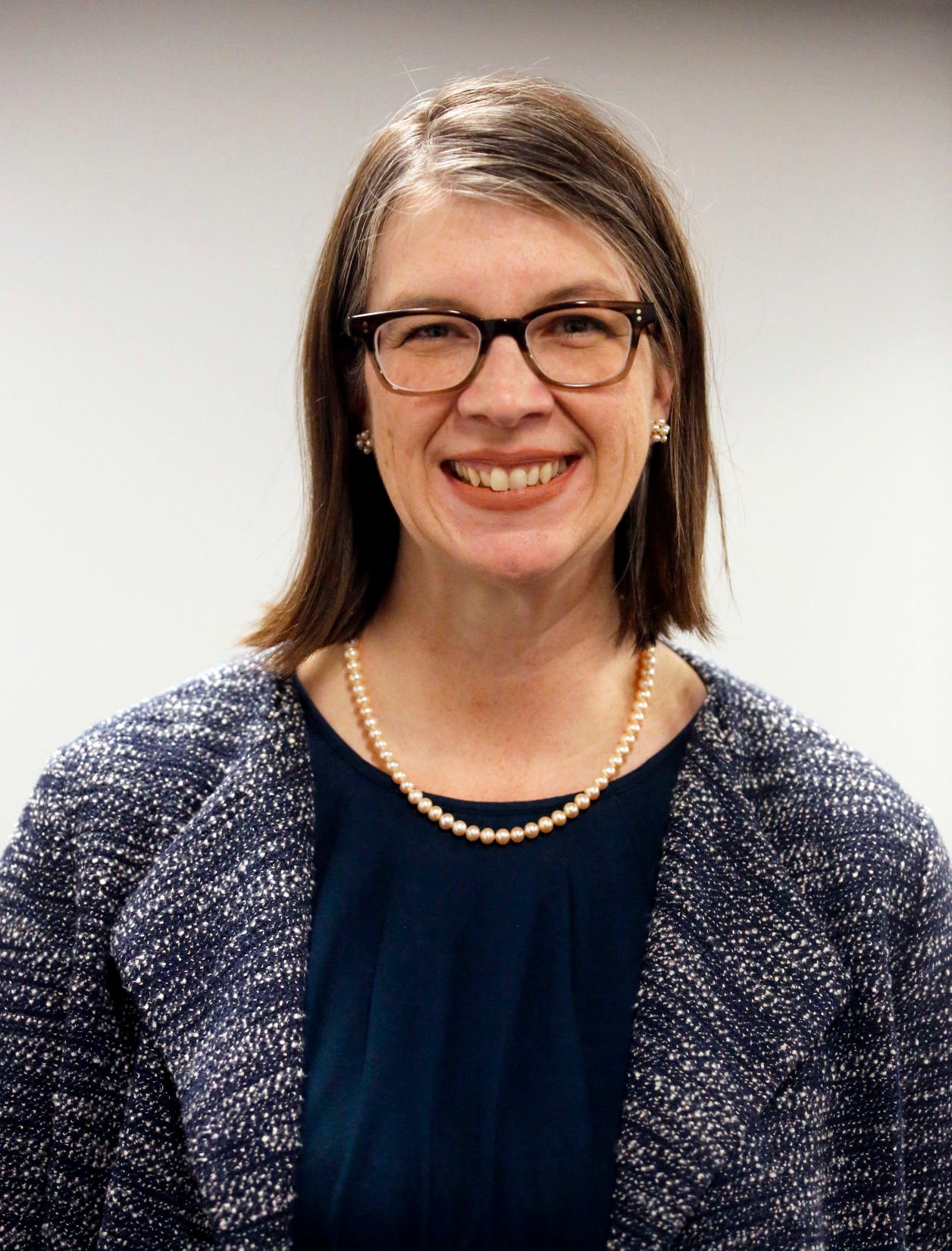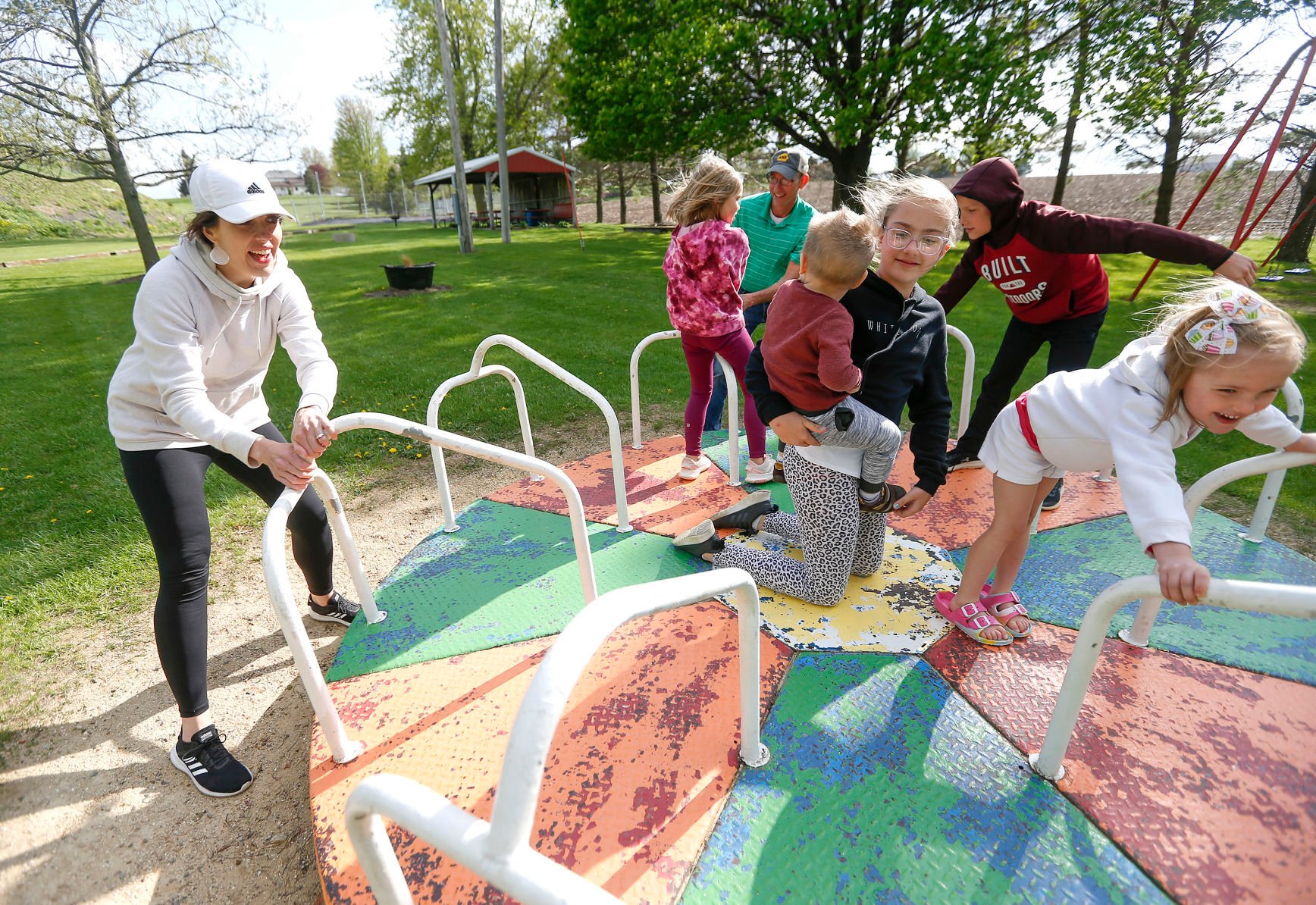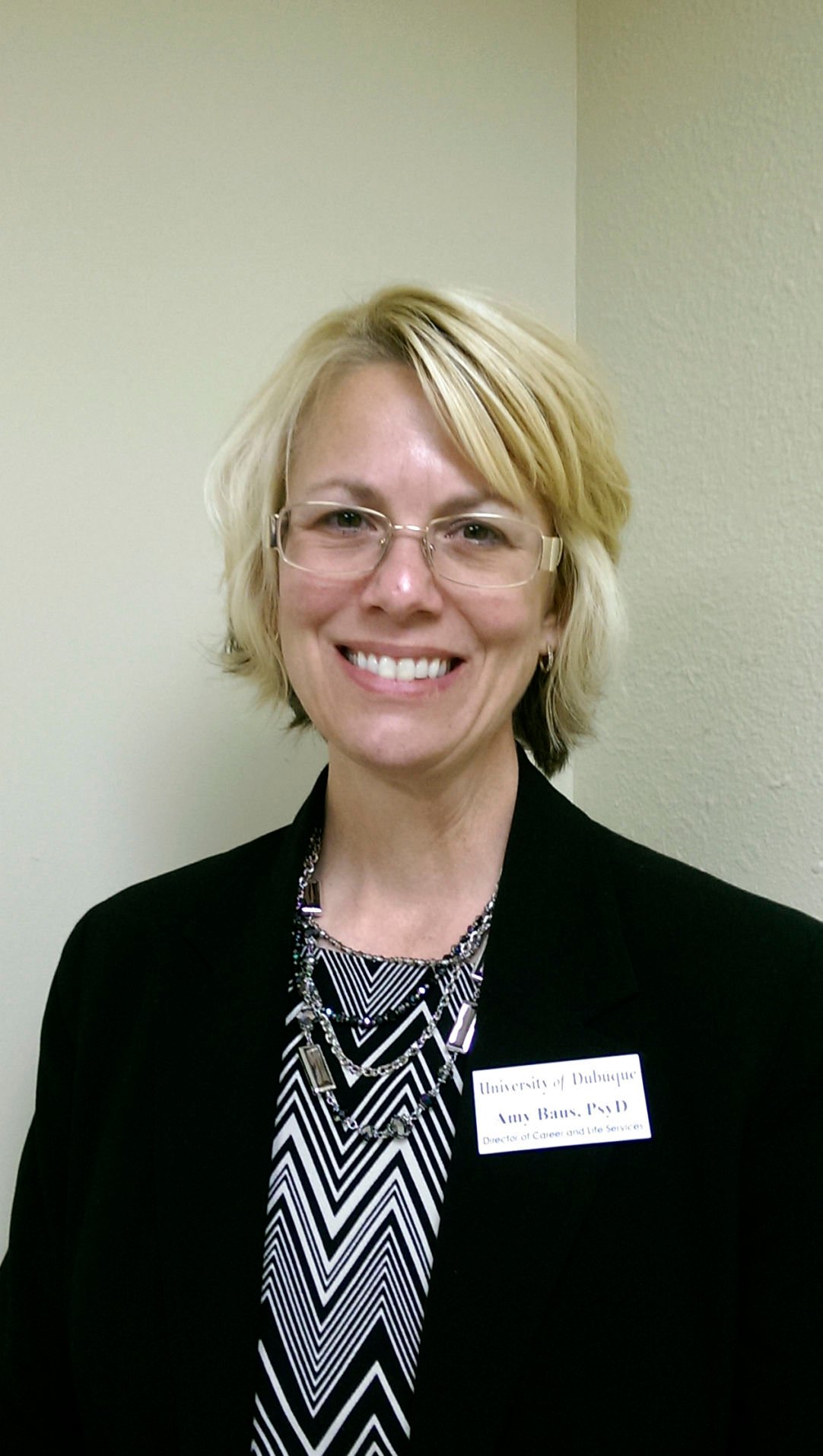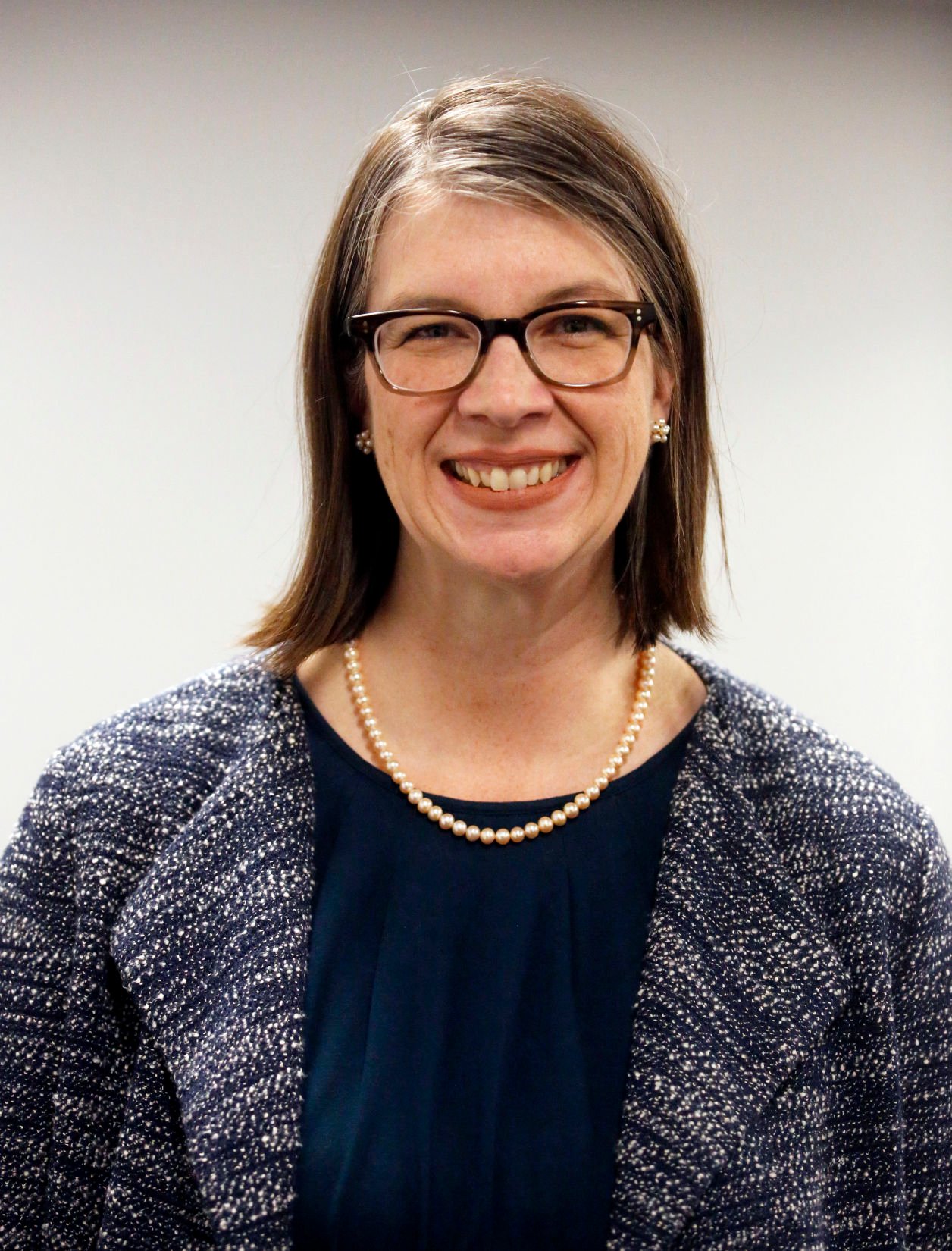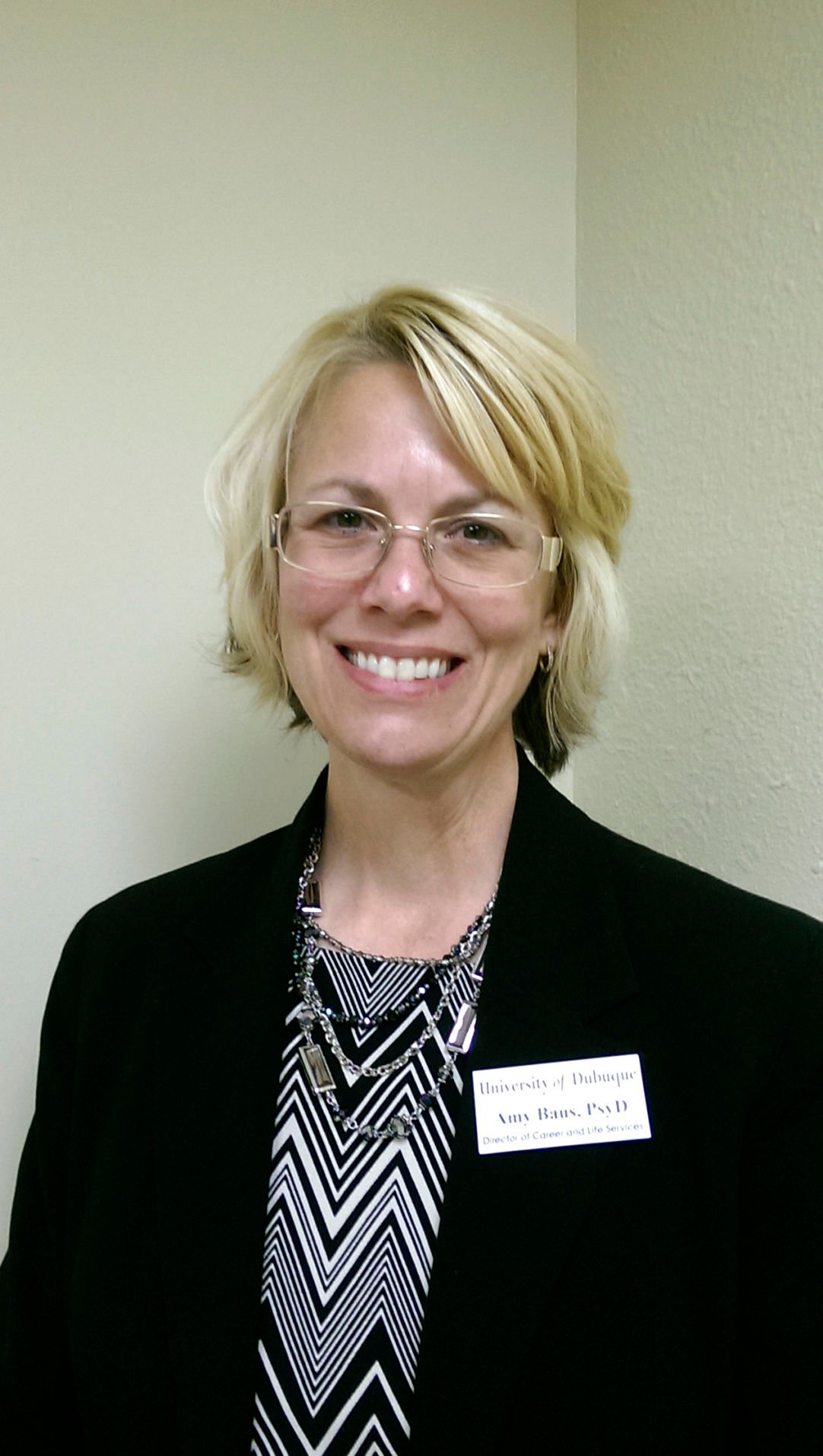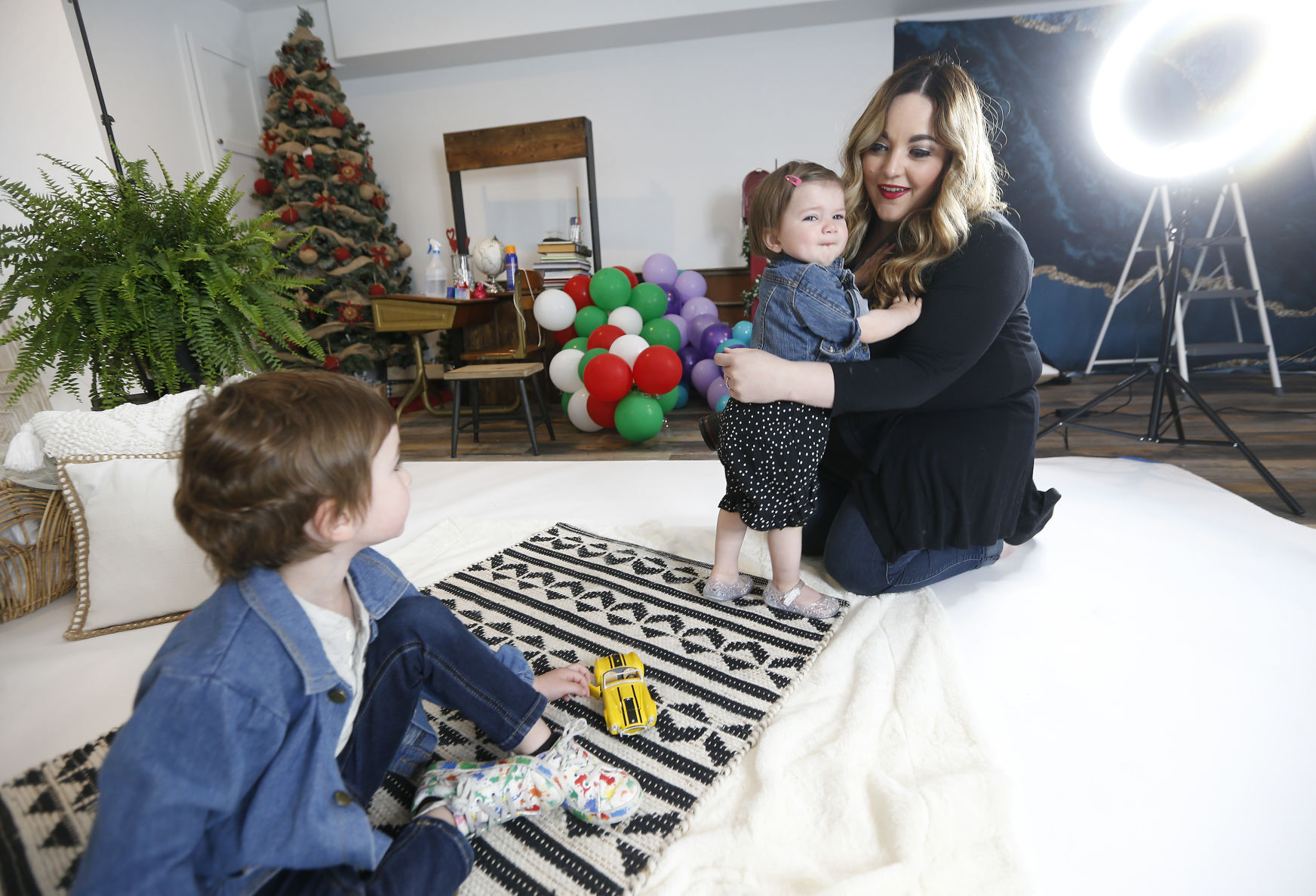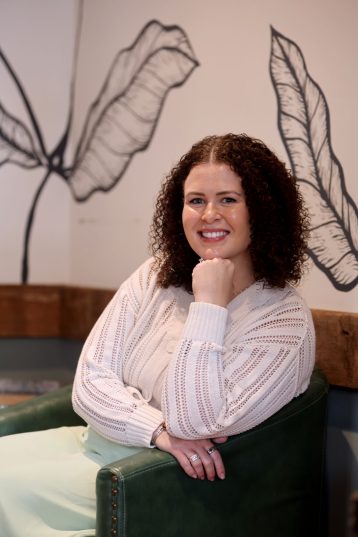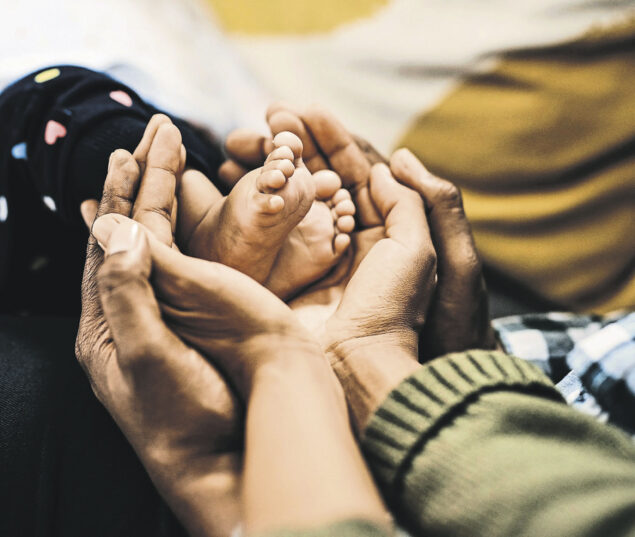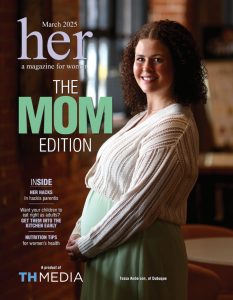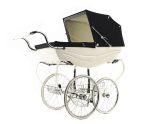Katie Larson gave birth to her youngest daughter just as the world was shutting down.
Blayke Larson was born on March 12, 2020, just days before Dubuque-area schools and businesses started to close en masse to try to slow the spread of COVID-19.
While Larson was in the hospital after giving birth, the facility implemented new rules that only allowed her husband to visit her. For 76 days after Blayke was born, Larson, her husband and the couple’s now-three daughters didn’t see any friends or family other than those who drove by the house.
“It was just my husband and I,” said Larson, of Dubuque. “You didn’t have anyone, so it was really hard. A very hard, lonely, scary time.”
While the impacts of the pandemic have been felt widely over the past year, there are some indicators that moms in particular have felt the strain. Nationally, the number of mothers in the workforce has dropped dramatically during the pandemic, and local experts said moms have dealt with even more pressure to balance jobs, children and the stressors of navigating a COVID-19 world.
Local mothers say they have dealt with plenty of challenges in the past year, such as caring for a newborn in a pandemic, balancing work with virtual learning and dealing with job changes. But they also recognize ways in which they have grown through those challenges.
“It’s been a balancing act,” said Danielle Neyens, a Dubuque mom. “I think it’s been good in the sense that it’s really made people evaluate their priorities. I know for me, I’ve really realized that my family is my top priority.”
Life interrupted
Several local moms said the strain of dealing with the pandemic was particularly pronounced in its early days.
Nicolette Welter, of Holy Cross, Iowa, suddenly found herself with all five of her children at home and her workplace shut down in the spring of 2020.
Welter is a hairdresser at The White Loft in Peosta, Iowa, which closed for about two months at the start of the pandemic. Meanwhile, her children’s school also closed, and her husband was putting in extra time at work after some of the staff at his company was laid off.
Eventually, she went back to work in mid-May, going in every other day while some of her children went to day care and others to stay with her in-laws, whose land her husband also farms.
“I kind of shed lots of tears to myself,” Welter said. “Being a hairdresser requires a lot of time, a lot of energy to try to maintain clientele, but first and foremost, I’m a mom. So trying to make both things a priority, even pre-COVID, it was difficult, and then you throw COVID in the mix … it’s a really dynamic situation.”
Neyens had a 1-month-old daughter when the impacts of the pandemic began to hit the tri-state area. Not long after she returned to working from home after maternity leave, her position was eliminated.
That led to tough conversations with her husband about whether it was safe for her to go back to work. Neyens’ mother is a nurse and was seeing patients with COVID-19, and her husband’s parents are older, and the couple didn’t want to put them at risk by having them watch her two children.
She ended up opting to start her own photography business, taking pictures with social distancing in place. She later found a new job at Loras College and eventually opted to have her children stay with their grandparents, who have since been vaccinated.
“That was scary at first, obviously, trying to navigate that, and if anybody had a cough or a cold, you worry, but we worked through that, and so far it’s been working really well,” Neyens said.
Workforce impacts
Nationwide, the COVID-19 pandemic has had a significant impact on mothers over the past year on multiple fronts.
A recent report from the U.S. Census Bureau noted that as of January, about 10 million mothers living with school-aged children weren’t working. That was 1.4 million more than during the same month in 2020. The report states that the pandemic “has had a devastating effect on employment overall but especially on mothers’ paid labor.”
Amy Baus, director of vocation, civic engagement and life services at University of Dubuque, said some moms left the labor market because their children were physically unable to attend school.
While another academic year since has started, many moms still were trying to figure out how to navigate a pandemic and dealing with anxieties about themselves or their children becoming ill. Others had to deal with altered school schedules.
Baus also said the Census Bureau data indicates that the impacts of the pandemic have not been uniform. While mothers across all demographics faced challenges, those impacts were particularly pronounced among non-White single moms.
“This is a problem — the experiences of working mothers, that’s varying with race and ethnicity,” Baus said.
Those impacts bore out locally, as well. Rick Dickinson, president and CEO of Greater Dubuque Development Corp., said that in February of 2020, nearly 80% of new applications for unemployment in Dubuque County were made by men, which is typical, and about 20% for women. In April 2020, after the pandemic hit, about 40% of unemployment applications were made by men, while about 60% were made by women.
“Women have been disproportionately negatively impacted by the economic downturn of the pandemic by significant margins,” Dickinson said.
He said the local jobs picture has improved since but noted that some of the jobs that women lost in the hospitality and restaurant industries might not come back following the pandemic
“Education and upskilling is probably necessary for many to get back into the workforce,” Dickinson said.
B’Ann Dittmar, a business instructor at Clarke University in Dubuque, said the pandemic led to “a step back” on gains women had been making in the workforce as they had to deal with closing day cares and remote learning.
“Will it be temporary? Will it be permanent?” Dittmar asked. “It’s hard to say, but it does have an impact on the workforce. It has an impact on the economy.”
Added stressors
Other aspects of the COVID-19 pandemic have left moms in particular feeling stressed.
“They have been asked to do so much, to take care of kids, to work from home, to educate their kids, probably in more intense ways than they had before, and you can’t do all of that and just not experience that added stress,” said Jacob Priest, an associate professor of couples and family therapy at University of Iowa.
Even before the pandemic, mothers tended to do a majority of housework and child care, though that gap had closed over the years, he said. When the pandemic hit, many moms bore much of the burden when it came to child care and taking care of their homes.
“When we get in these extreme situations like a pandemic, it makes it even worse,” Priest said. “It makes that pressure more palpable, more present and really puts a lot of weight of responsibility on moms.”
Stephanie Rytilahti, director of University of Wisconsin System’s Women’s and Gender Studies Consortium, said parents also have dealt with the constant risk assessment of asking themselves what their children can do safely. Other families have dealt with job losses or reduced hours or had to go work in front-line jobs.
“The situation just really looks different, too, depending on people’s economic position, depending on race, depending on family structures,” Rytilahti said.
She said the pandemic represents an opportunity to rebuild with an eye on the people who have struggled most in the past year. That means assessing issues such as the cost of child care and work flexibilities
Kate Parks, an associate professor of sociology at Loras College in Dubuque, surveyed parents who were also higher education faculty in the early days of the pandemic to understand how the widespread school and business closures were impacting women.
She found that moms were taking on a lot of primary care for their children even as they continued working full-time jobs and faced the new conditions brought on by the pandemic.
“The research supports, too, that mothers are often the ones that are just kind of the manager or the brain of the operation,” Parks said. “So even when fathers help out and they do their part or they do contribute, a lot of times women are still the ones doing all that background work to make things run well in a household, and that didn’t change just because both parents were home with their kids.”
Tough decisions
Parks, a mom of two and a member of the Dubuque Community School Board, is familiar with the kinds of strains she saw in her survey respondents.
When the pandemic hit, she had a more flexible job than her husband, so she took on a lot of the responsibility to manage her children’s time. She and her husband also relied on a friend who was unemployed to come over for a few hours most days to watch the kids so she could get some work done.
Once the fall of 2020 came, both of her children went to school, physically attending every other day under Dubuque Community Schools’ hybrid model. On other days, they went to day care.
Parks said making the decision to send her children to day care was challenging, as there were still unknowns about how the virus spreads and impacts children.
“All that was pretty scary, so we knew we were picking between options that weren’t great, but I knew it wasn’t going to work for me to do my job and have them home even for two or three days a week,” she said.
Larson said one challenge she dealt with during the pandemic was the self-doubt that she and her husband faced as they wondered whether they were making the right choices for their children.
“In retrospect, it’s easier to say we would have been fine or we could have done more, but in the moment, you’re trying to put their well-being as the priority,” she said.
One decision they made was for Larson to home-school her 4-year-old daughter for preschool. Larson has a degree in elementary education, so she felt prepared to take on schooling her daughter, though admittedly it was different when she also had two other kids at home.
“We made do with what we had, and we tried to make the best of it,” Larson said. “It was a work in progress, for sure.”
Katie Jones, of Dubuque, spent the past year navigating her daughter’s changing school schedule.
Early in the current academic year, she sent Aubrey to Irving Elementary School in Dubuque on the district’s hybrid schedule, but in October, she switched her daughter to fully online attendance.
Jones and her husband decided to have Aubrey attend school online because Jones was already staying home and they hoped it would keep others safe by having fewer kids at school. Still, there were challenges that came with at-home learning.
“She was pretty into it at first, for a while, but after a month or two, I think the excitement of being all online started to wear out, and she was less engaged,” Jones said.
In the spring, Aubrey returned to school full time. The day she came back from her return to fully in-person learning, she was beaming and excited, her mom said.
“I realized I haven’t seen her like that since before this all started, and that was kind of a sad realization,” Jones said. “She loves school, and she loves friends and that social interaction with the kids.”
Varied impacts
Local mothers noted a litany of other challenges they have faced in the past year, such as going long stretches without seeing extended family, being quarantined and dealing with all the uncertainty that has come with the pandemic.
And depending on the family, moms said they felt the pandemic’s impacts to varying degrees.
For Jones, one of the most trying times of the past year was late 2020, when the area and the U.S. saw a massive surge in COVID-19 cases.
Her husband works at MercyOne Dubuque Medical Center and was working long and hopeless days. Jones by that time was serving on the Dubuque County Board of Health and considering going back to work as a nurse. She and her family put themselves on lockdown and didn’t go out to see anyone.
On weekend days when things felt particularly overwhelming, Jones would let her children watch movies while she tried to work with the Board of Health on the implementation of a mask mandate.
“I think I threw myself into that to help with the anxiety and feelings that I was having,” she said. “… And with the anxiety and the unknown, sometimes it can be overwhelming, so we definitely had our days where we were just getting through.”
Elexis Hall, of Platteville, Wis., dealt with some of the frustrations of her children moving to virtual school in spring 2020, and they, like everyone else, dealt with the chaos of the early days of the pandemic.
But her four school-aged children adjusted to virtual learning with time, and for the current school year, her children have attended school at least four days per week.
Hall said that overall, she doesn’t feel like she and her family have been impacted too deeply by the pandemic, noting that some people lost their jobs, were evicted from their homes or lost family members to COVID-19.
“(My children) pretty much know the dynamics of the pandemic and things like that, so it’s been pretty easy to navigate through everyday life since the pandemic,” Hall said.
Lessons learned
While the impacts of the pandemic still linger, local moms are slowly starting to move toward some normalcy. And despite the challenges they faced in the past year, they acknowledge that they also have grown.
For Larson, having a 1-year-old means she and her family are taking things slowly. Blayke only has known a world in which people wear masks, and she only has been to the grocery store once, so going out around new people and into new spaces can be overwhelming for her, Larson said.
Larson is trying to take her daughter out to the park and to the store so she can start getting used to being around other people.
“As much as we want to get back to normal and pre-pandemic days, it’s scary for the ones that don’t know anything other than this time of just being close with family and not going a whole lot of places,” Larson said.
Jones said she feels she has become mentally stronger in the past year. She also tries not to take for granted the time she had with her family.
“I think we have all learned to appreciate that relationship more and just how much we all depend on each other,” she said. “It’s hard to do it alone. (I know) how grateful I am for the schools and the day care and our support around us, our neighborhoods, our friends.”
Neyens said the impacts that moms have felt during the pandemic have varied. Some thrived while others struggled, and there wasn’t really a right or wrong way to go about it.
When she thinks back on what she has been through, she uses the word “resilient” to describe herself.
“I think I learned that I had resources, and if there’s something that I want to do … we’re going to make it happen,” Neyens said. “I think women in general, during this, have been incredibly resilient. Just being everything to everyone and balancing that is a feat to be celebrated.”

